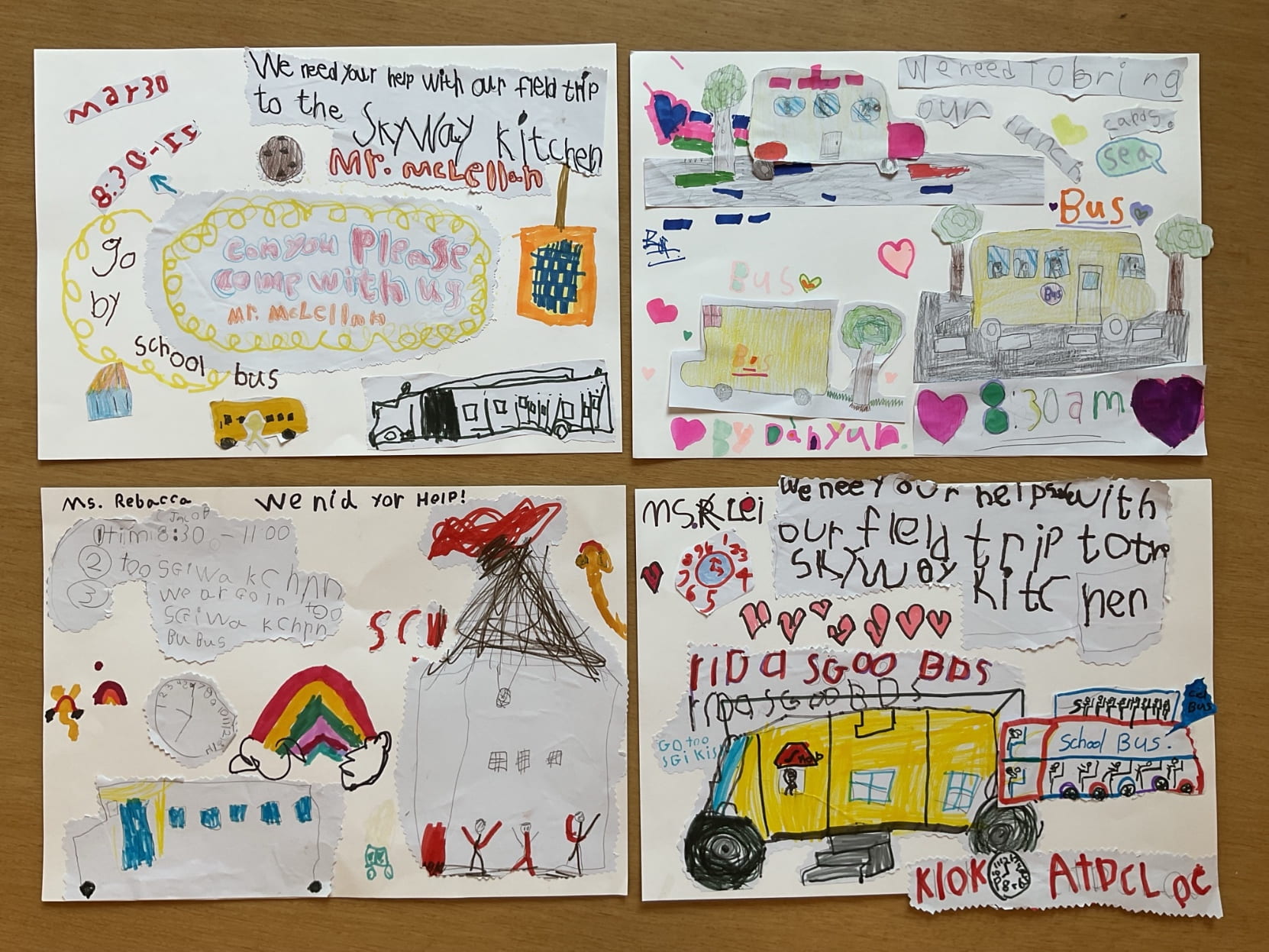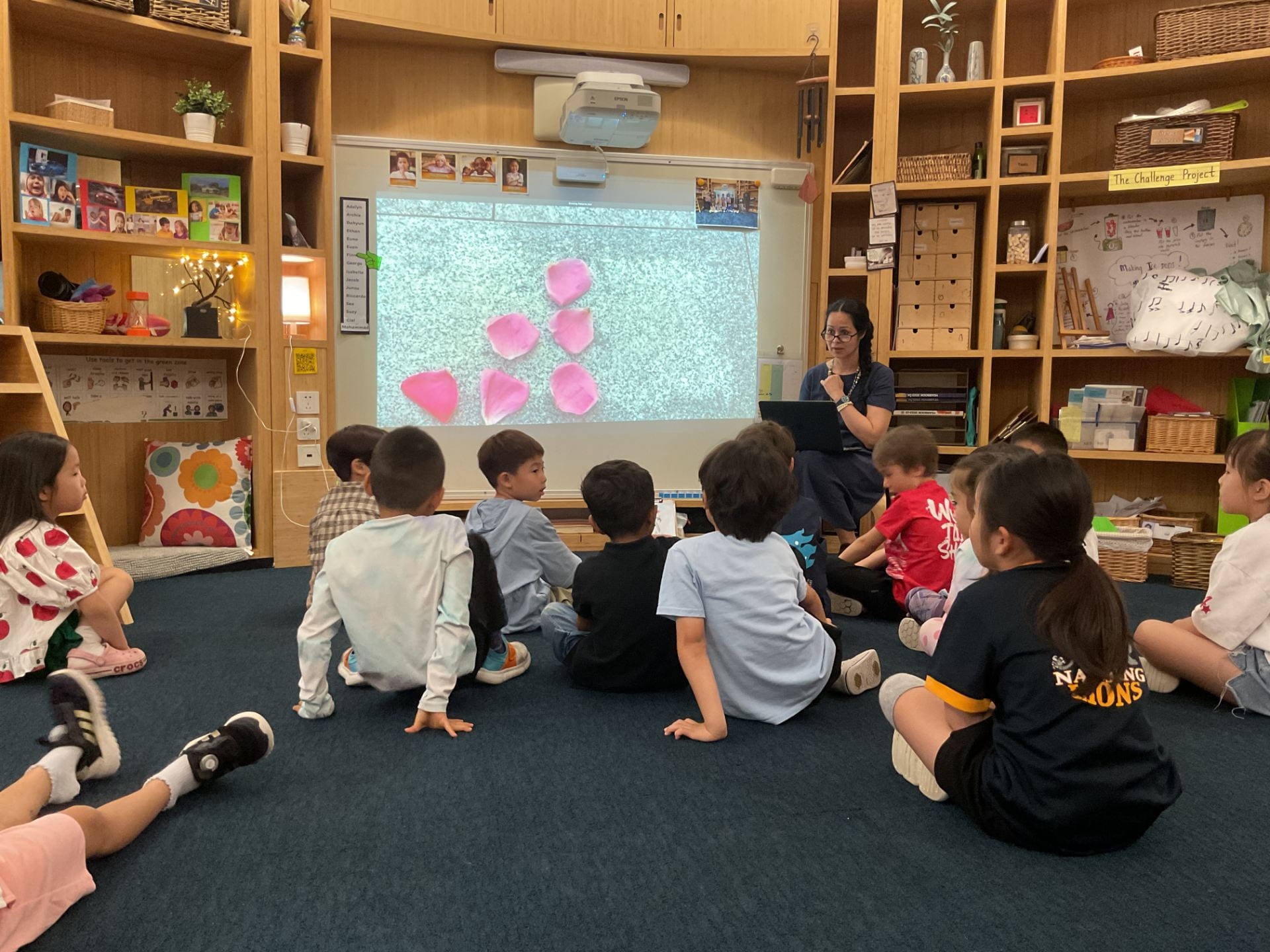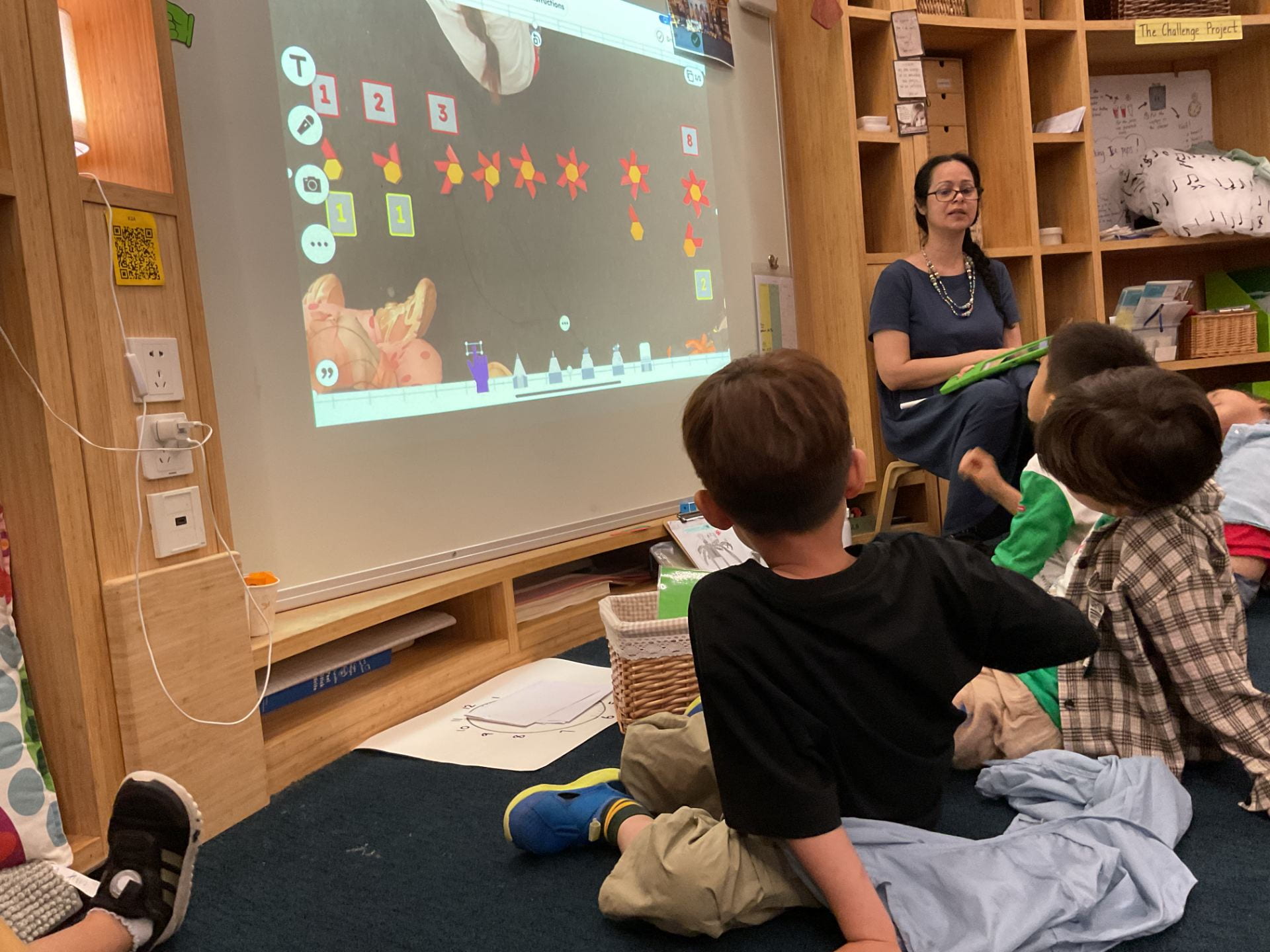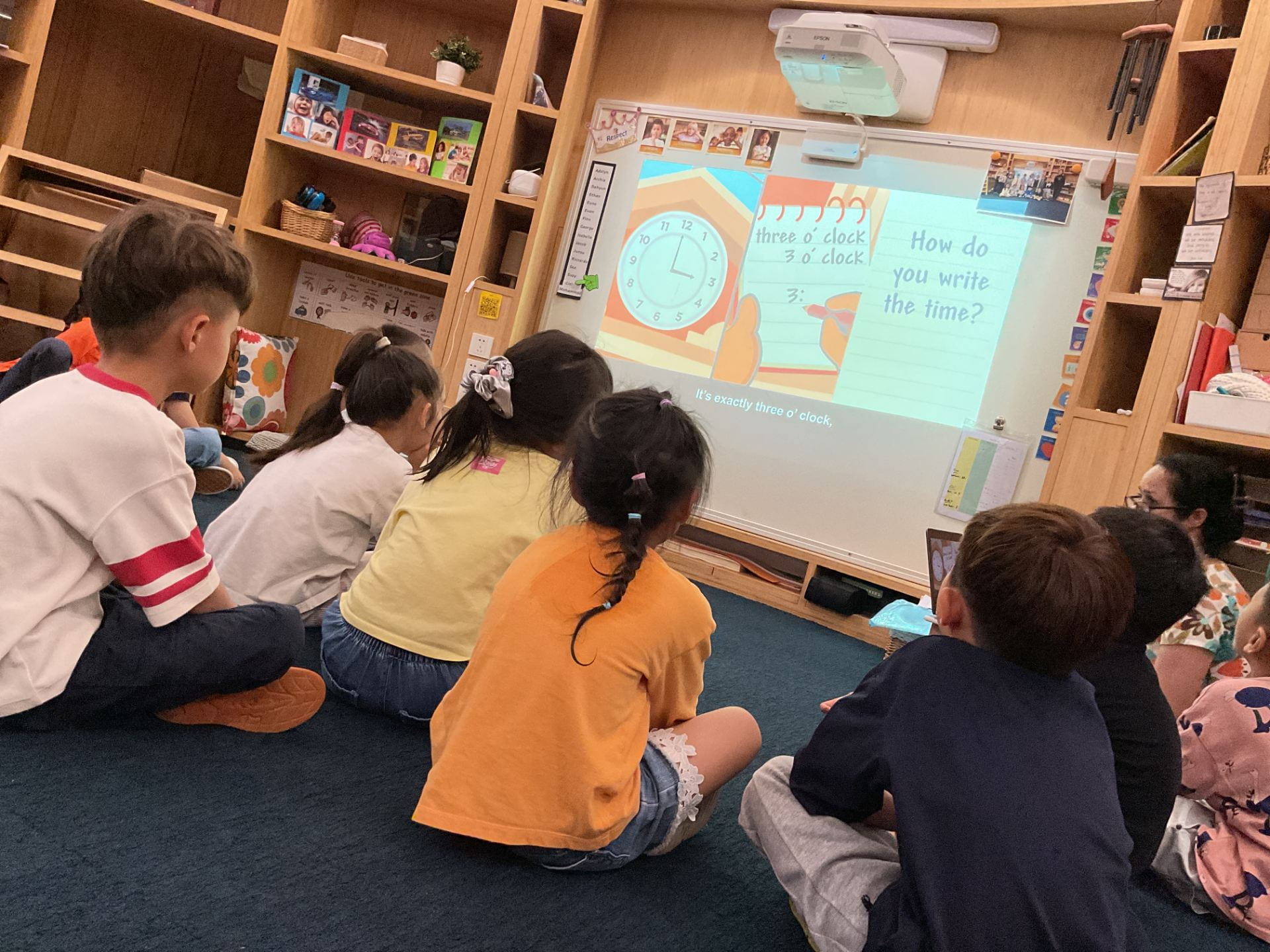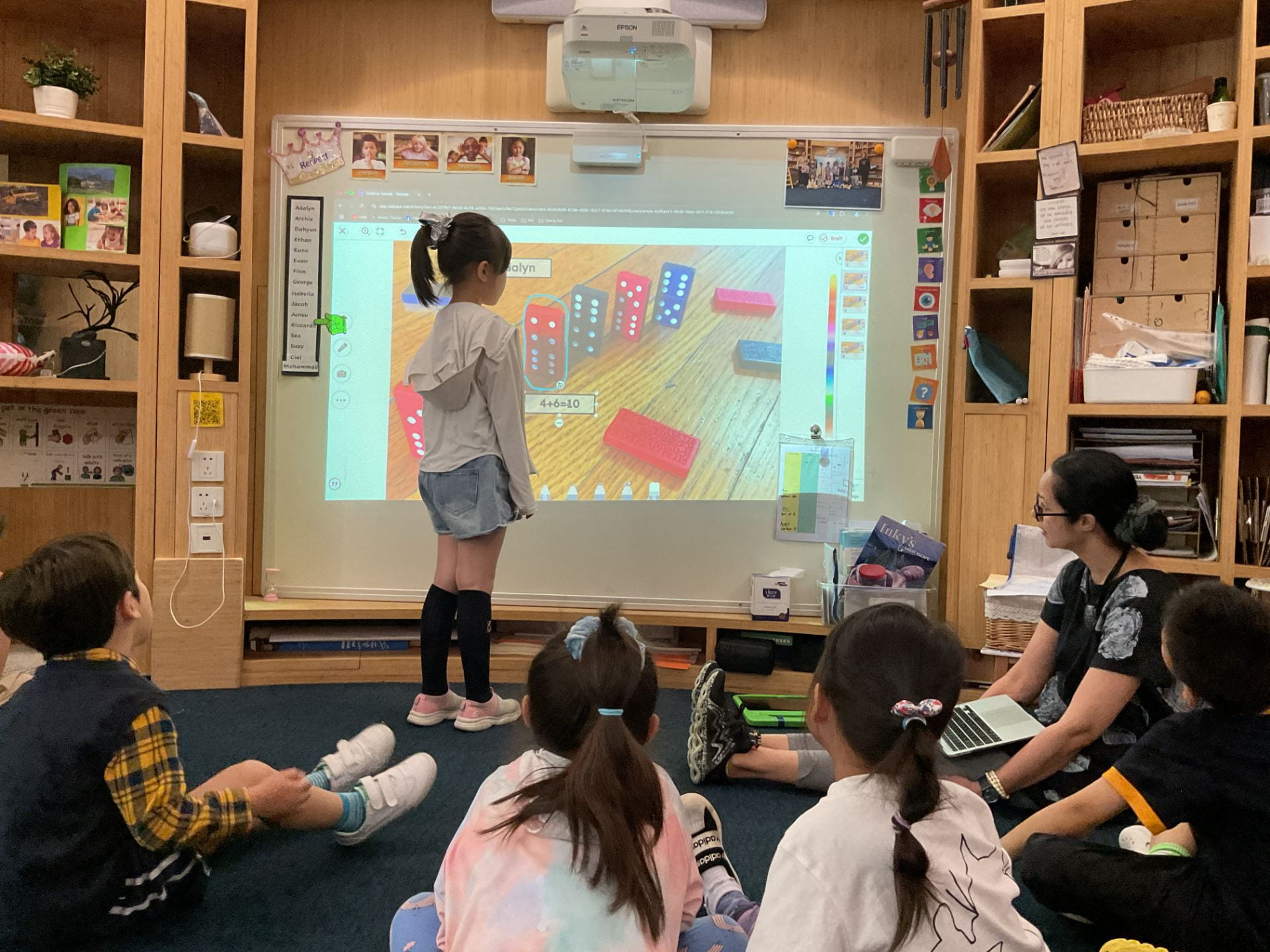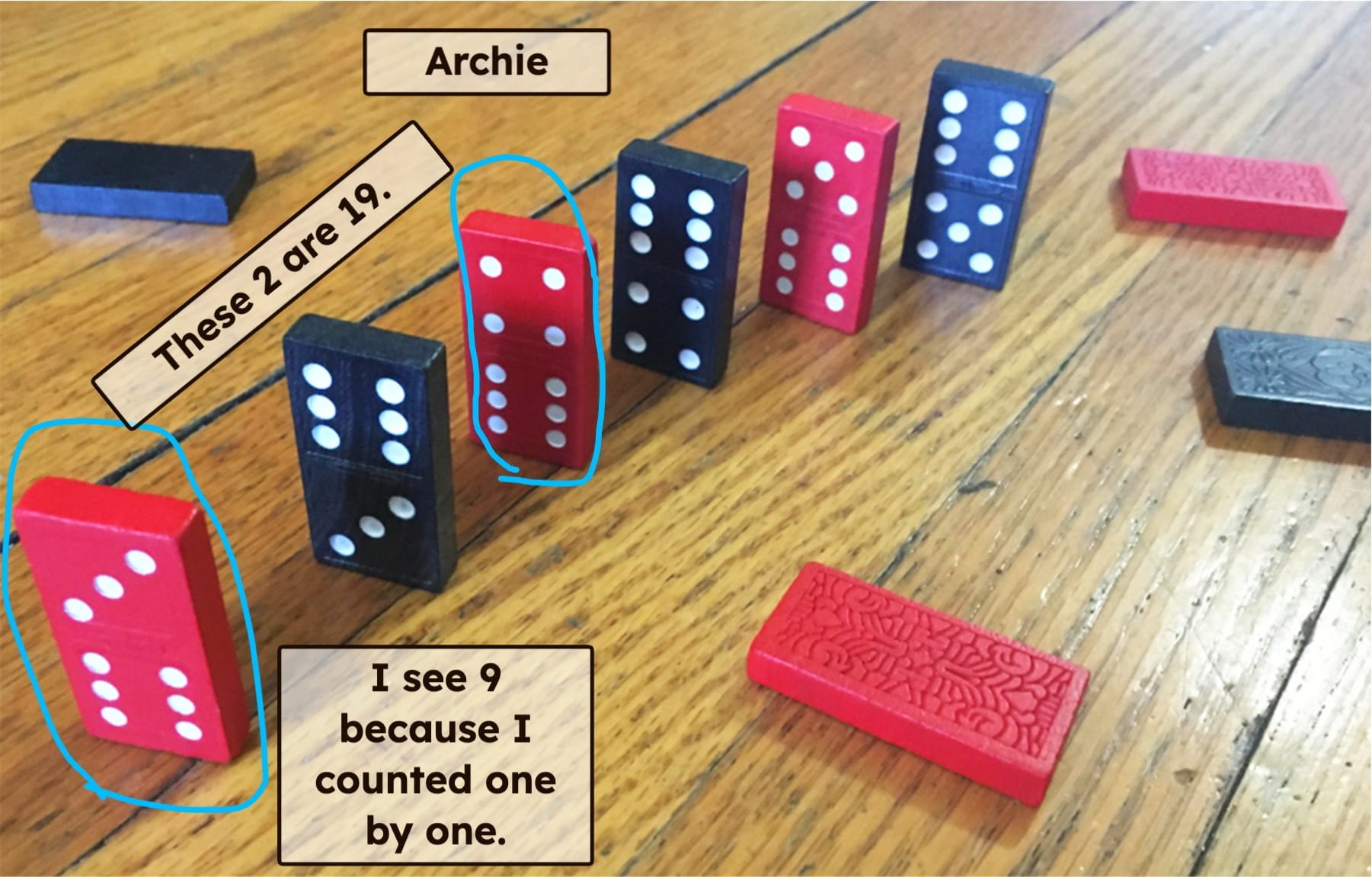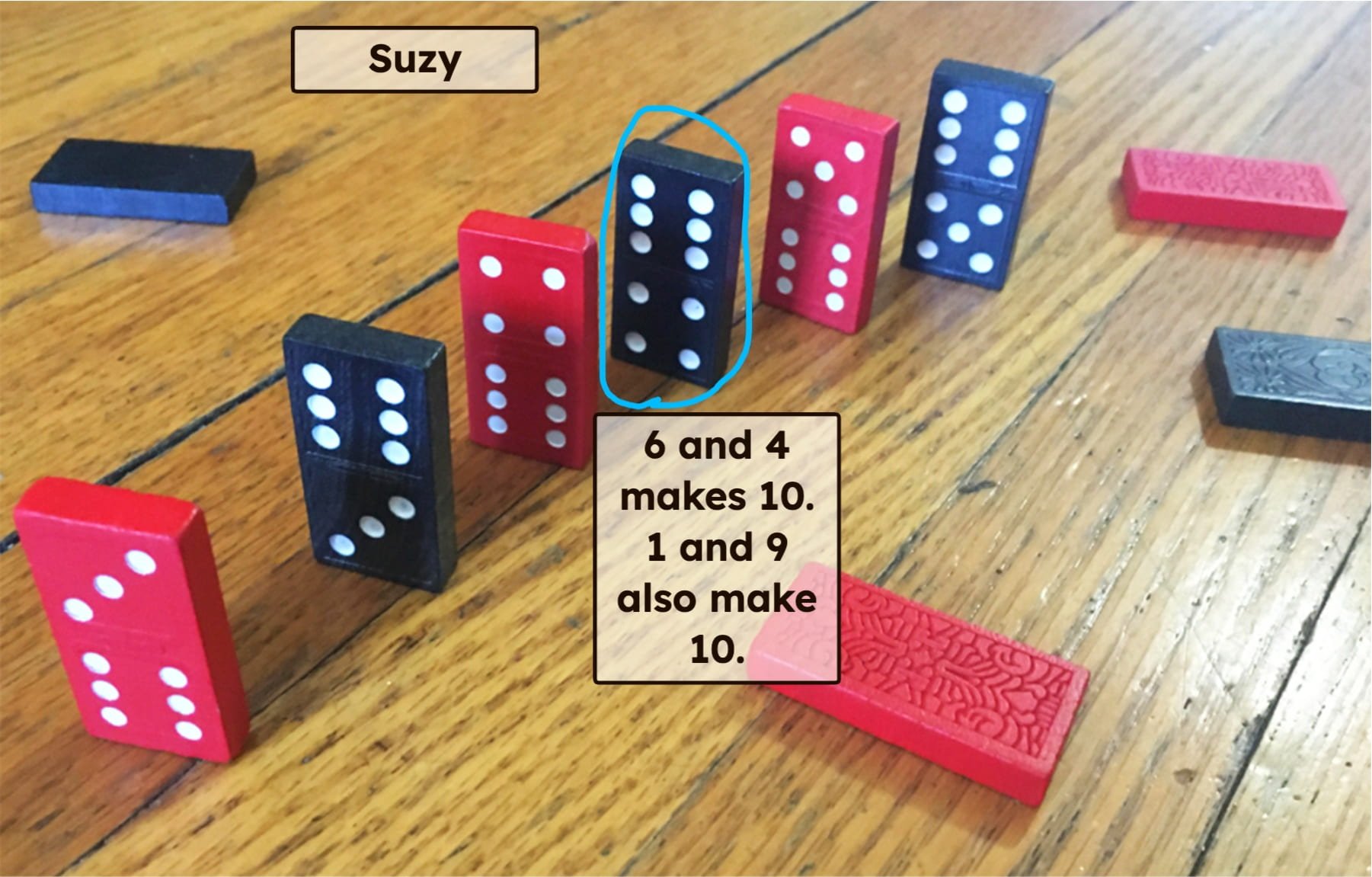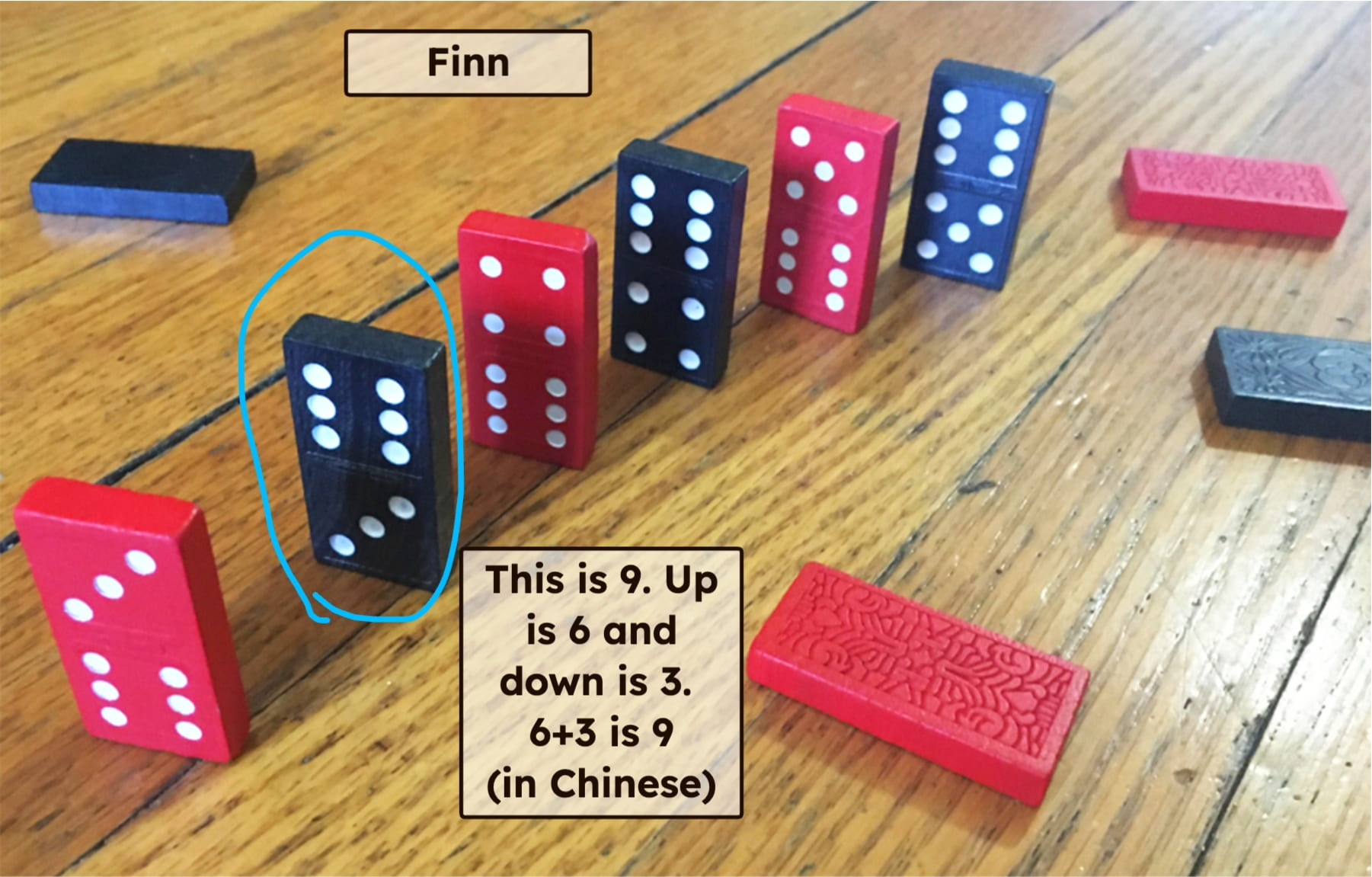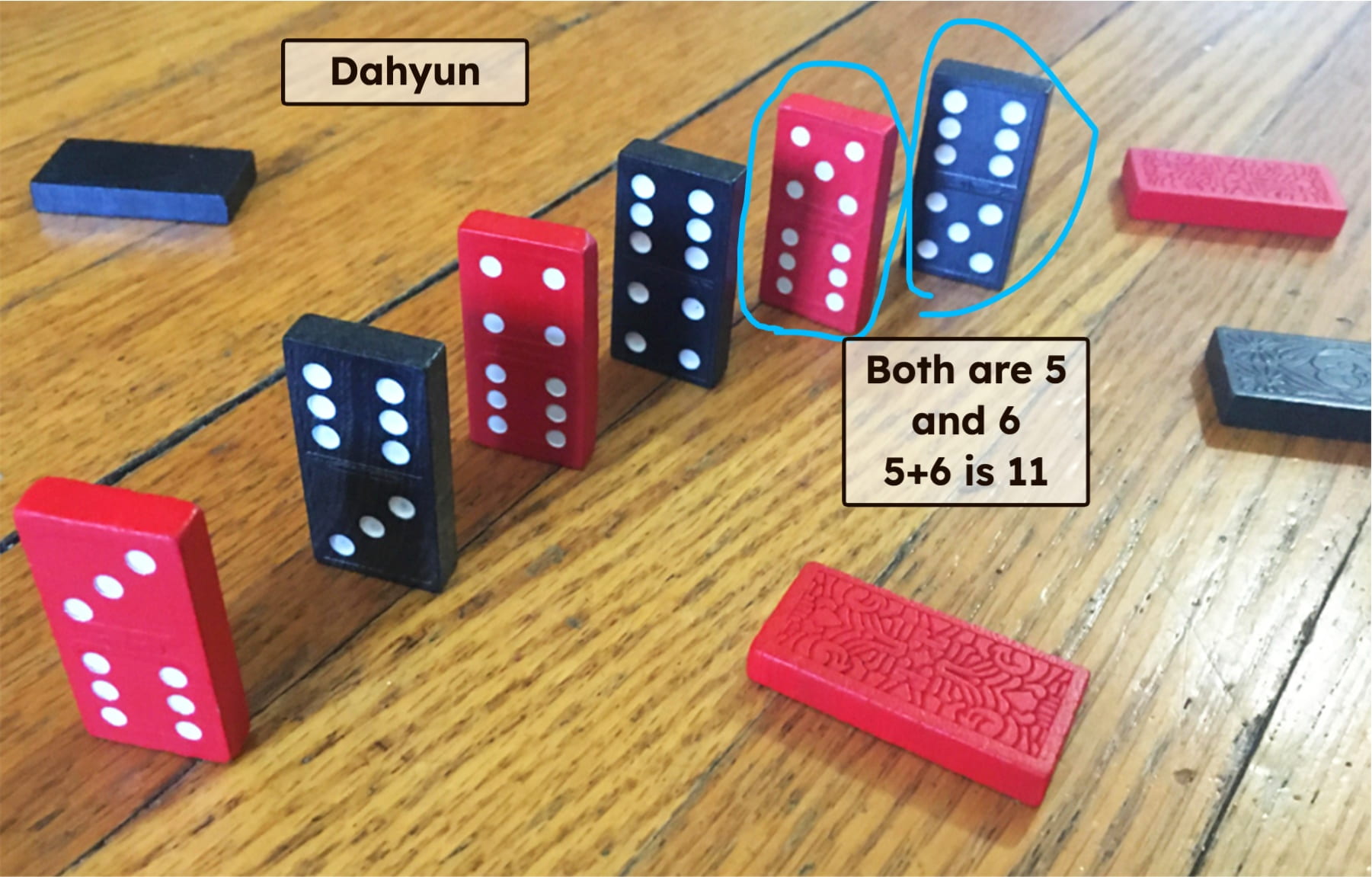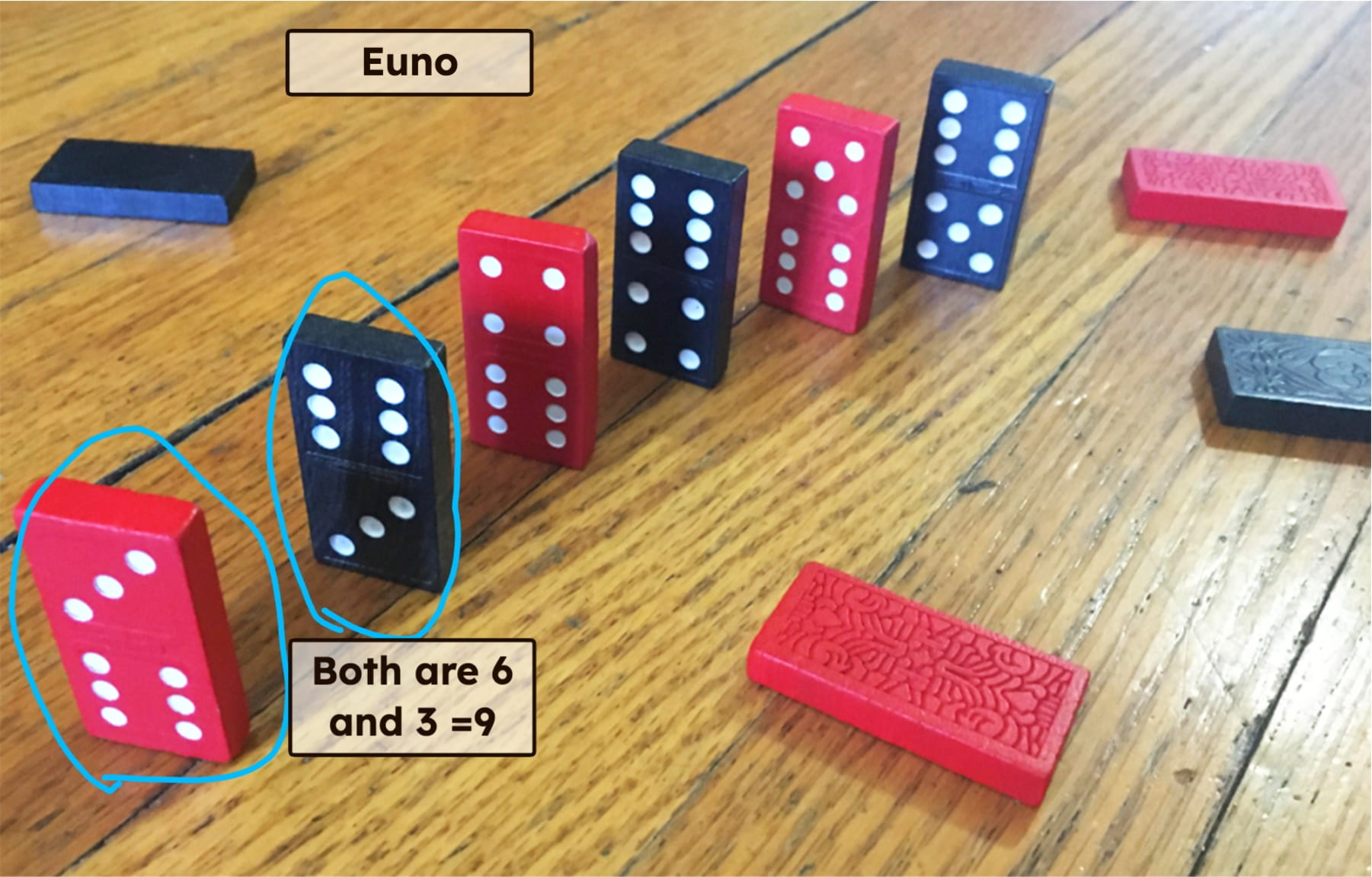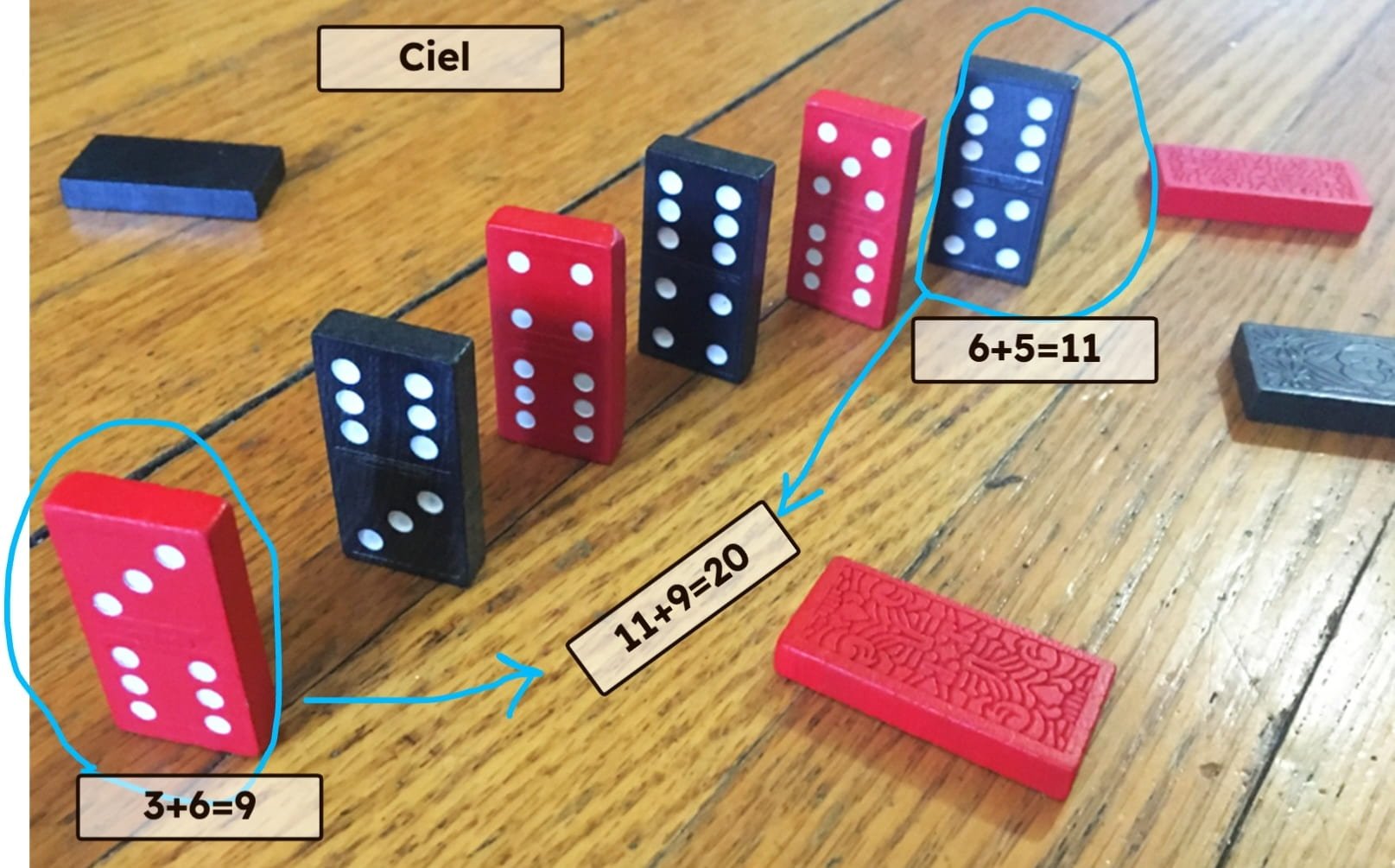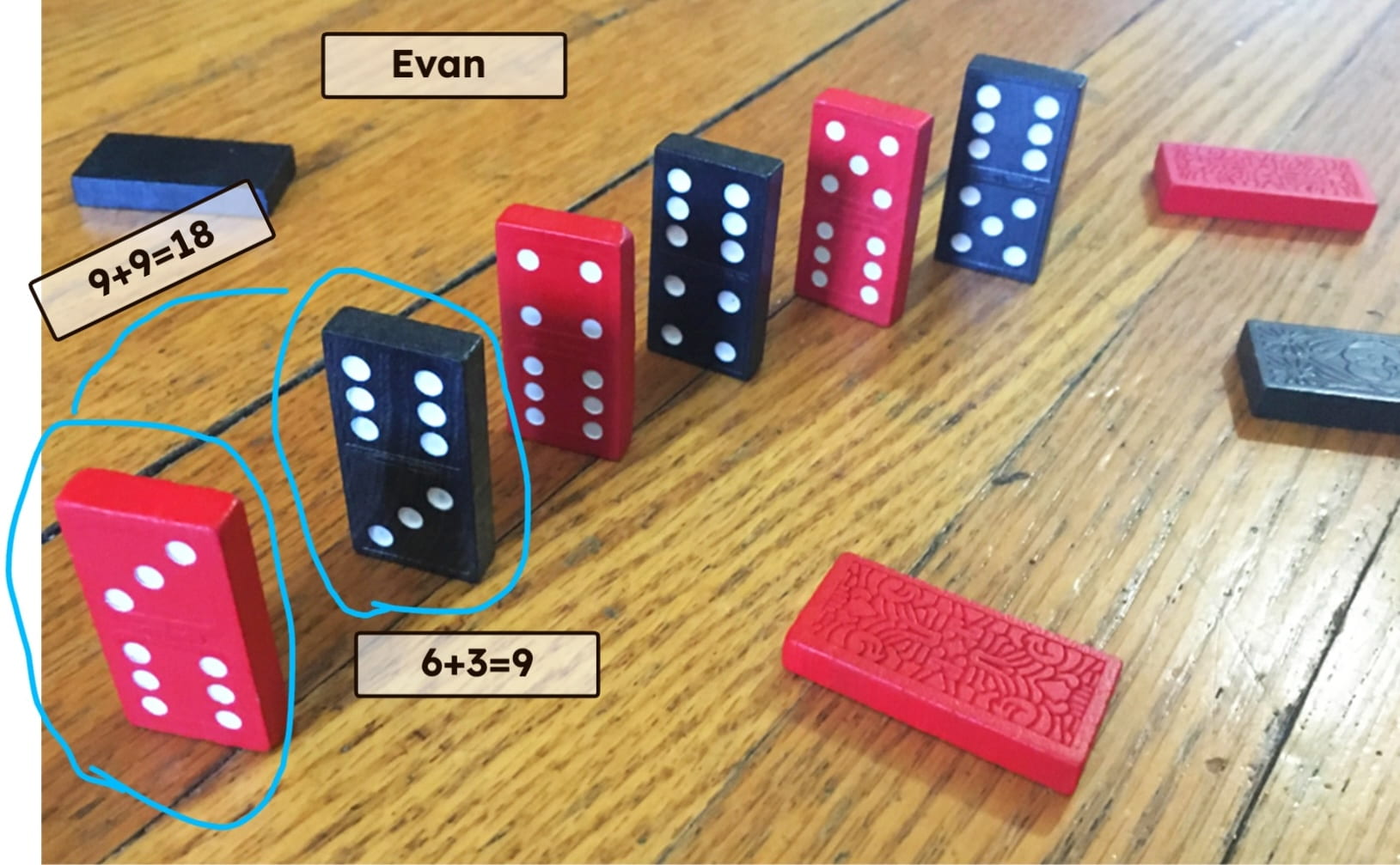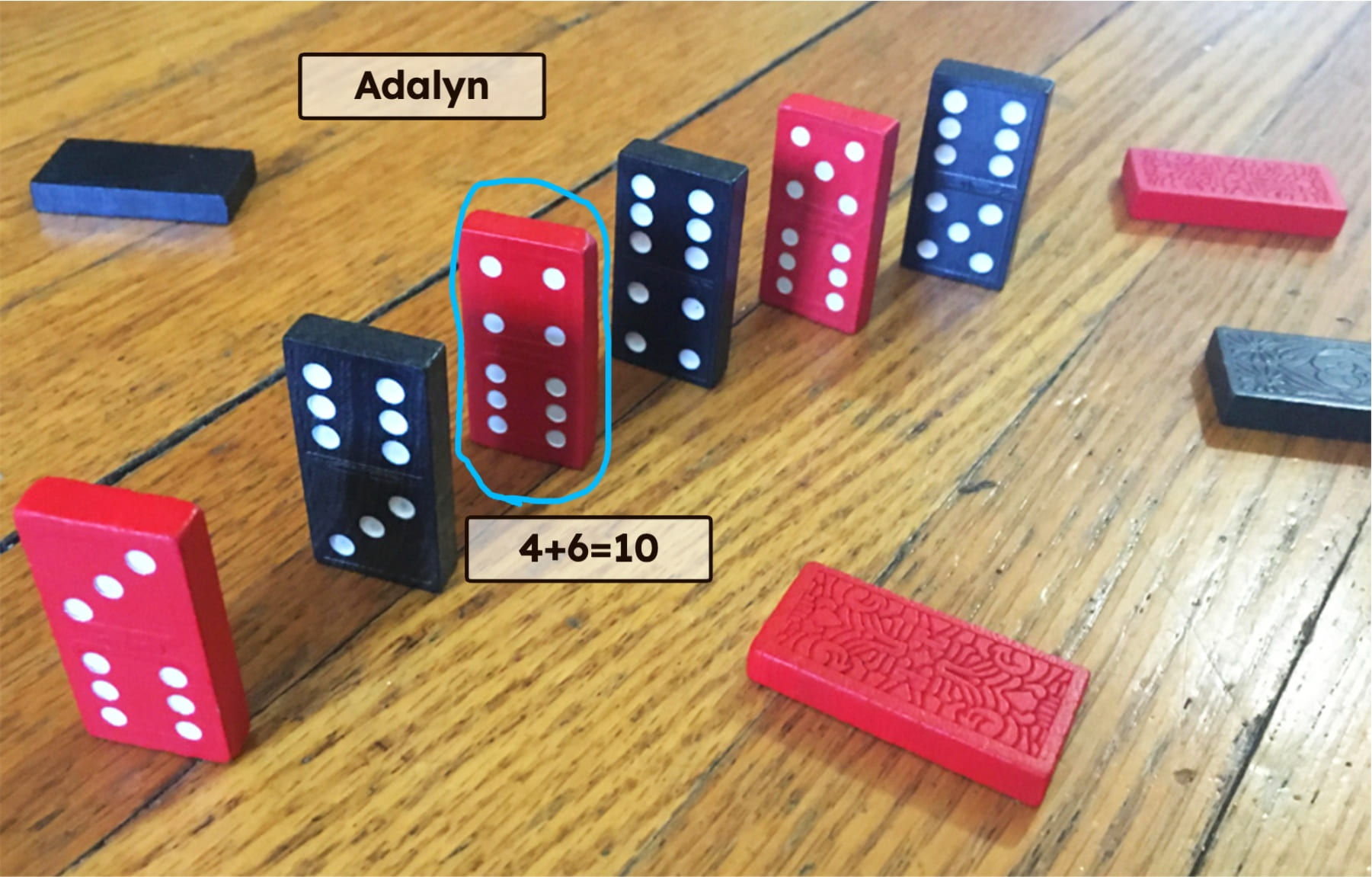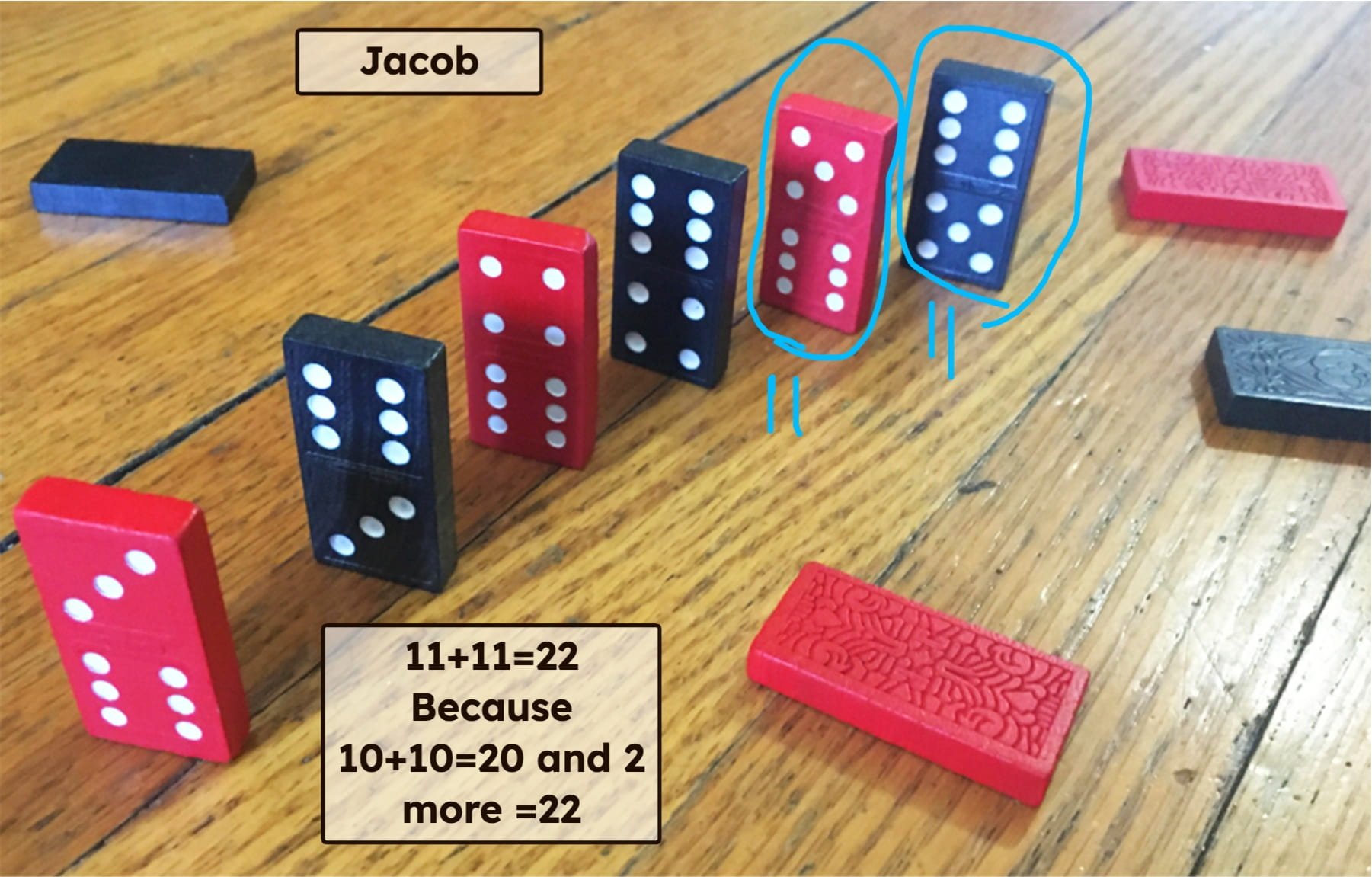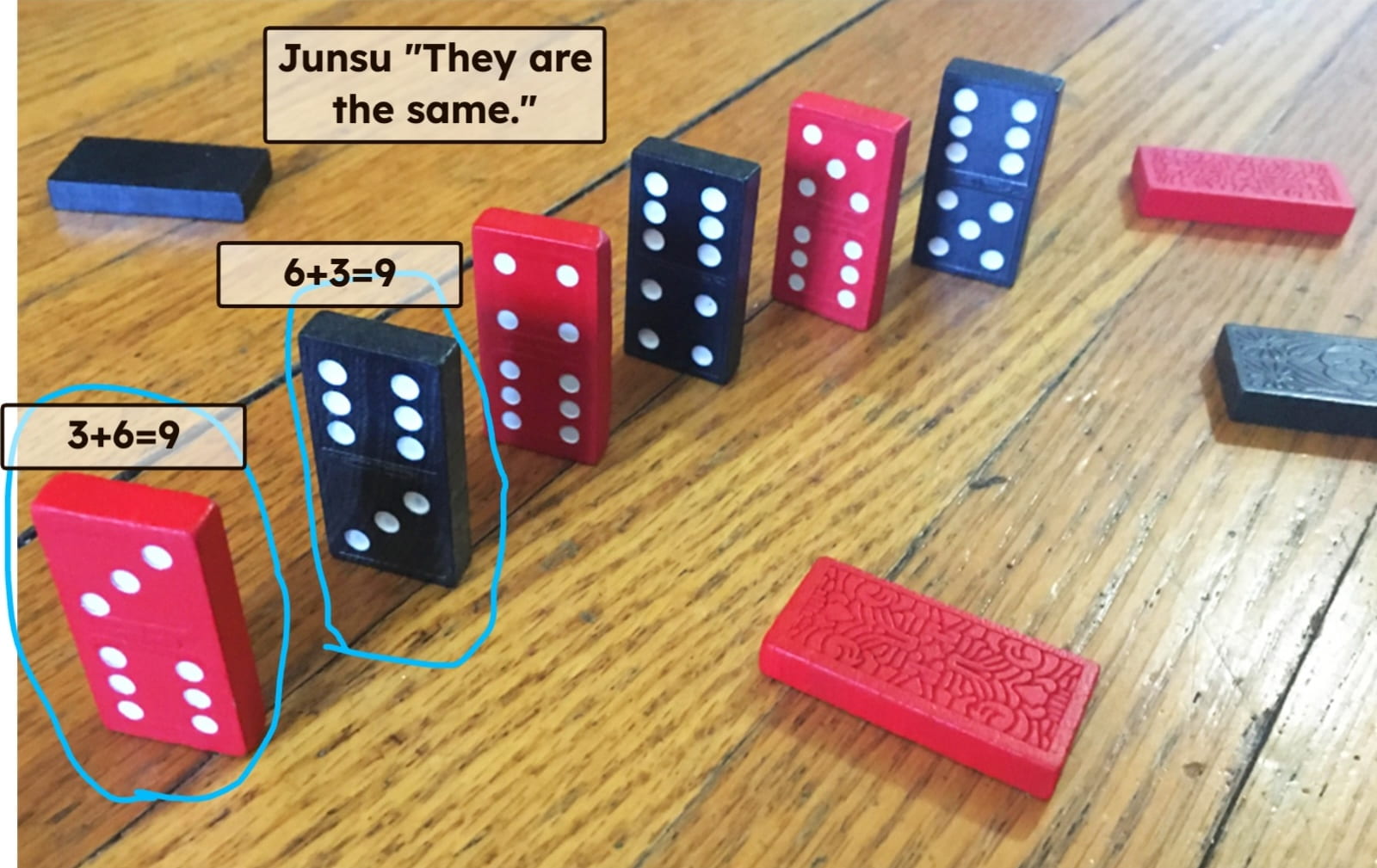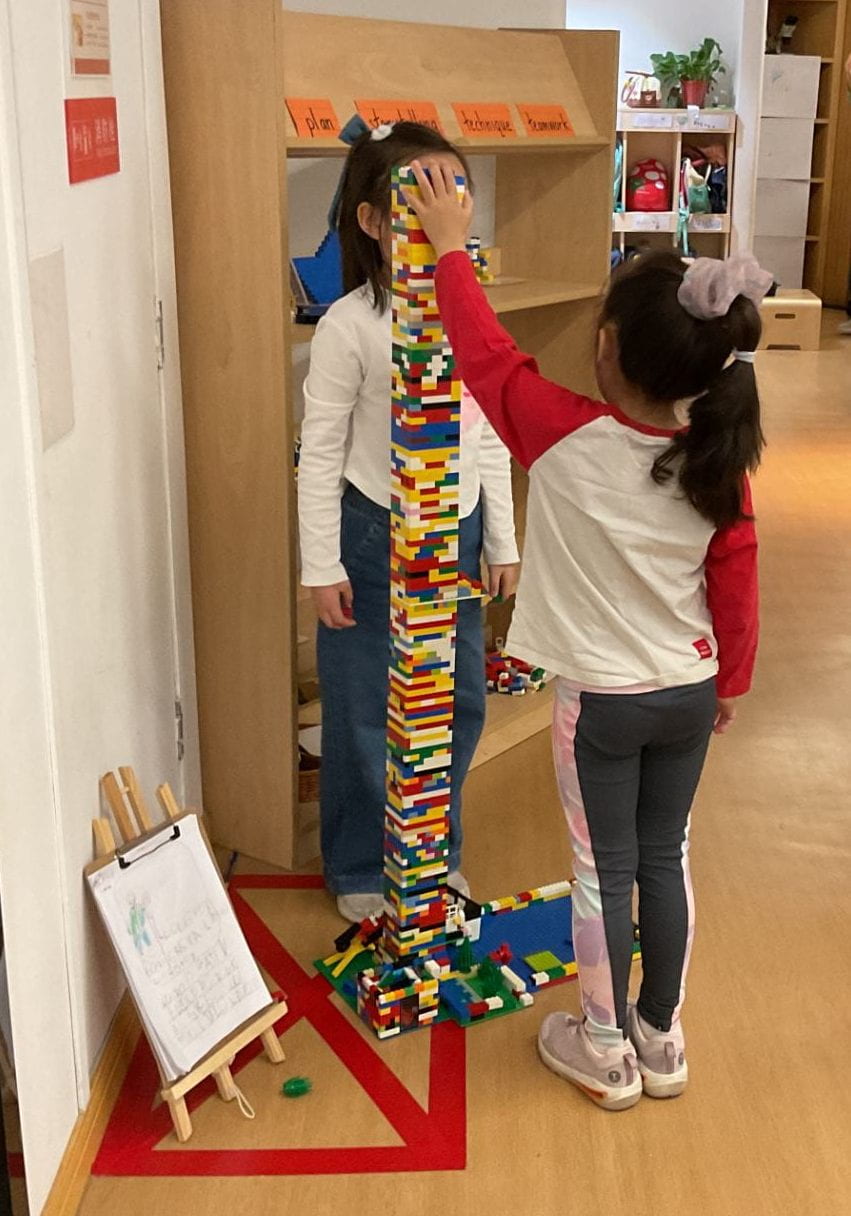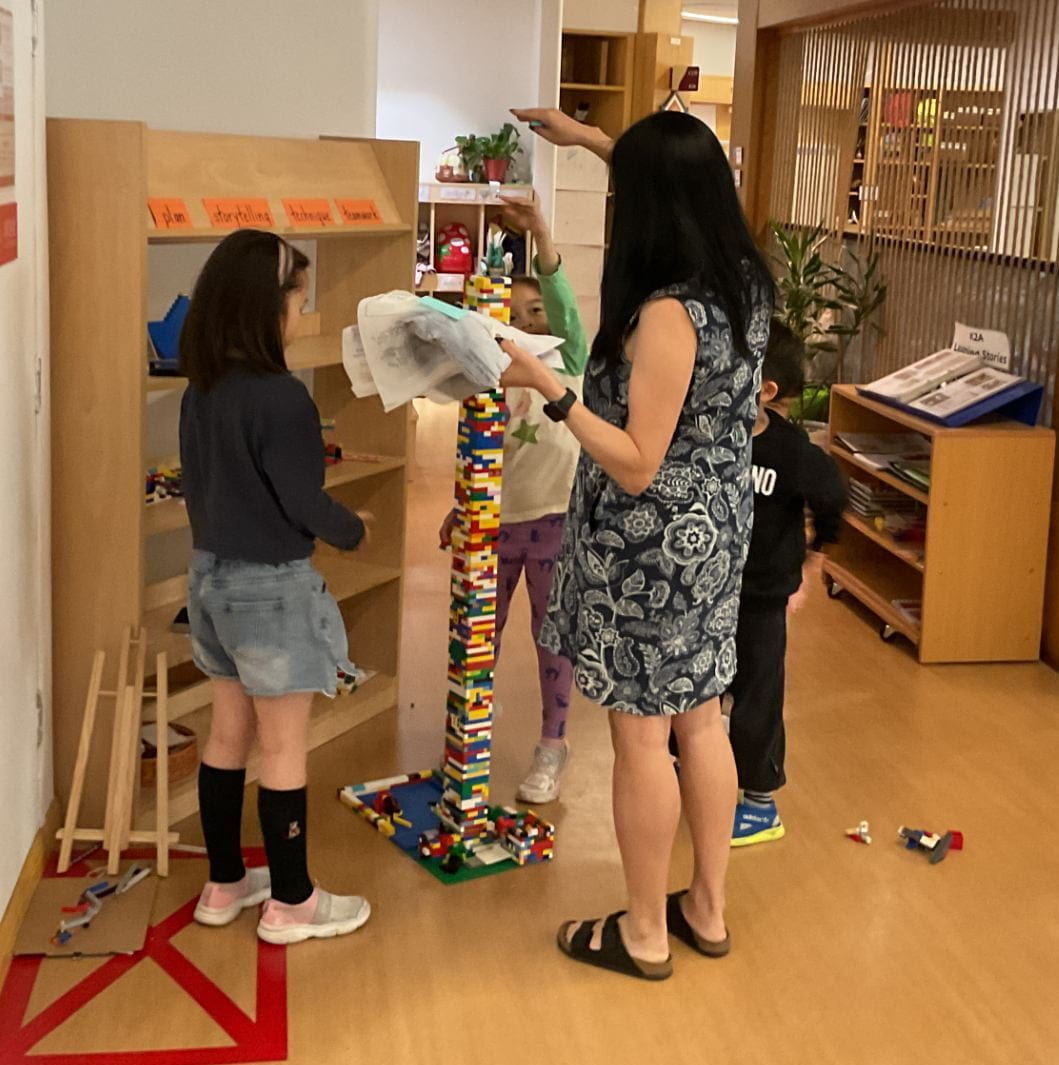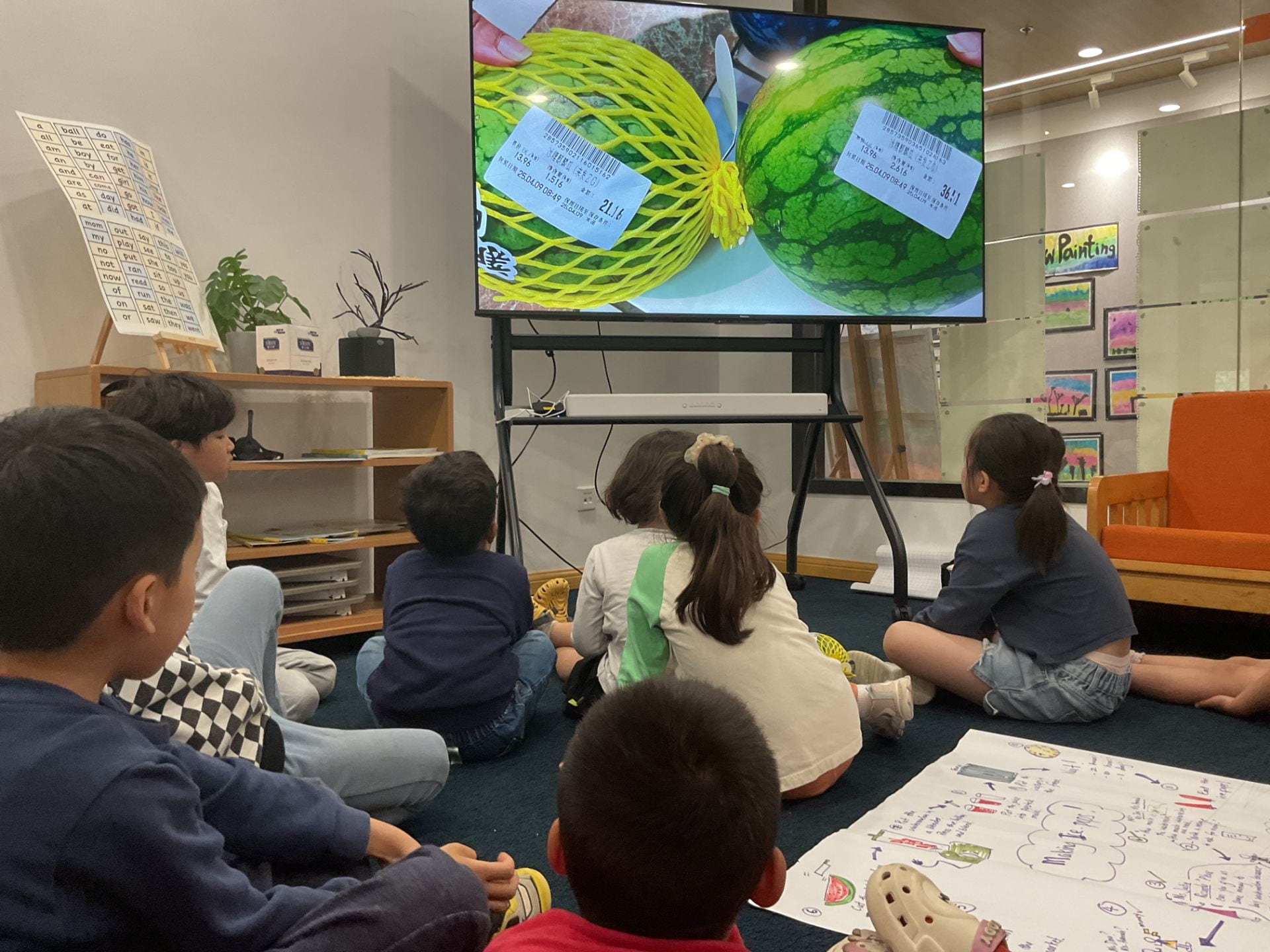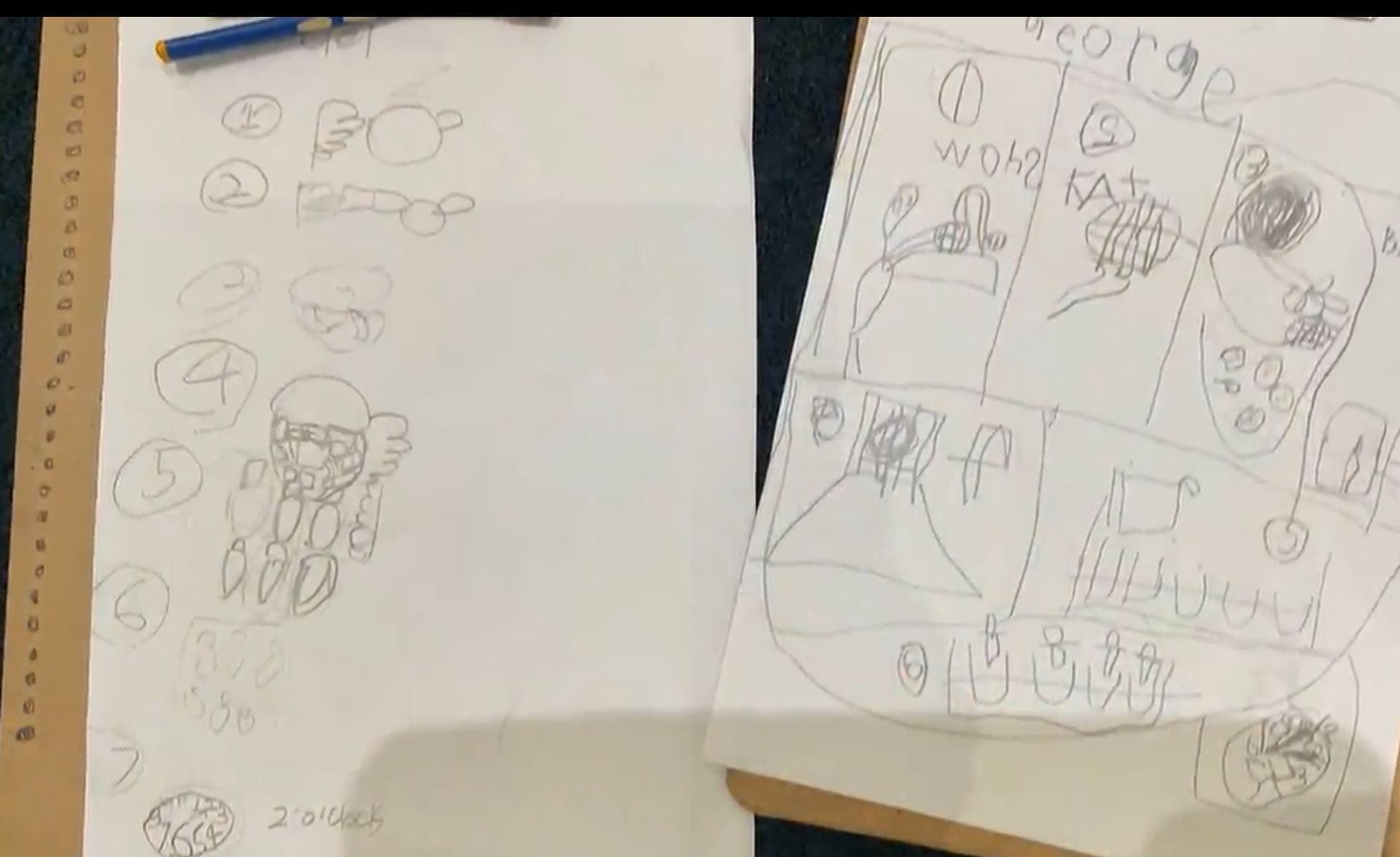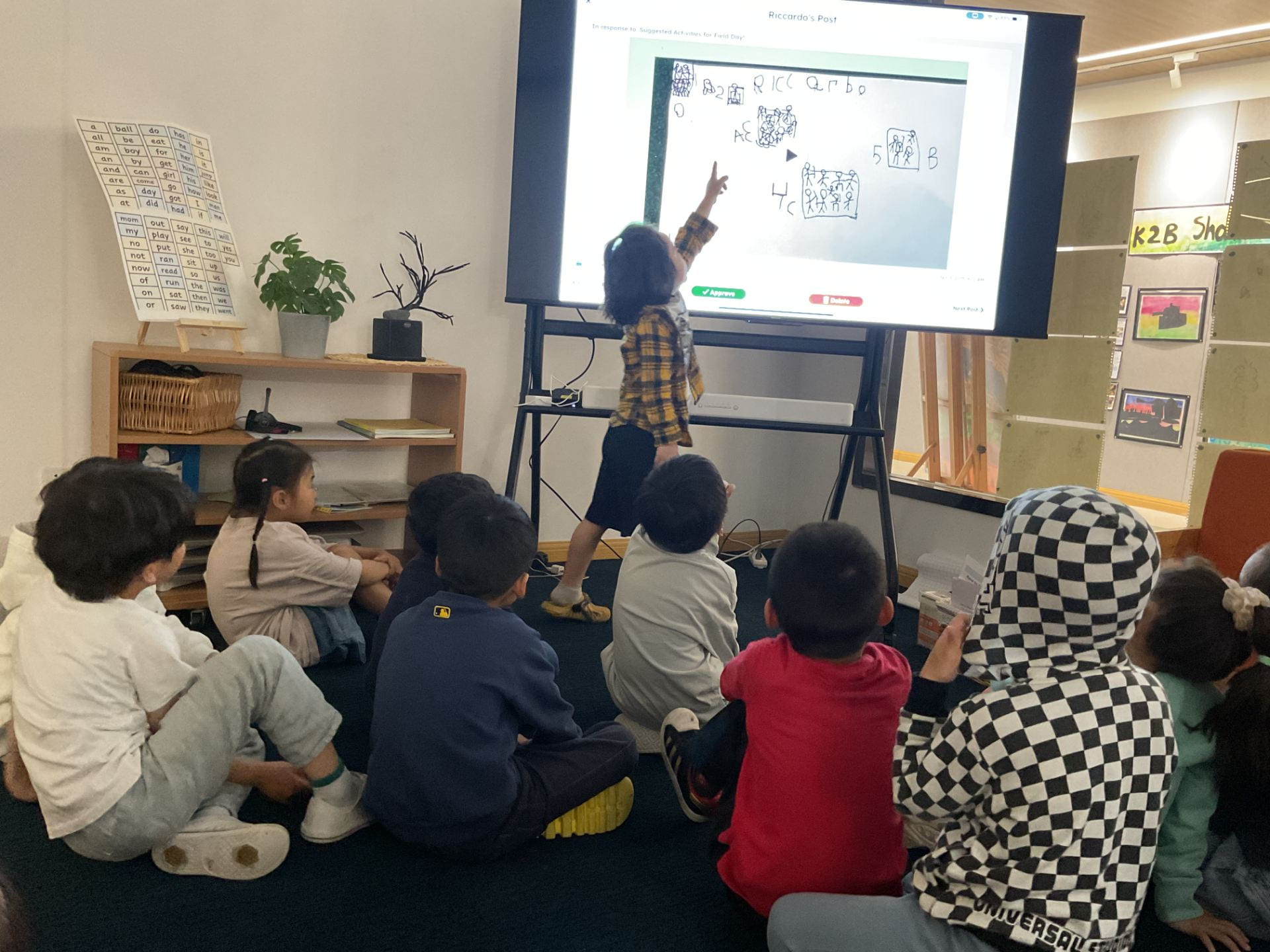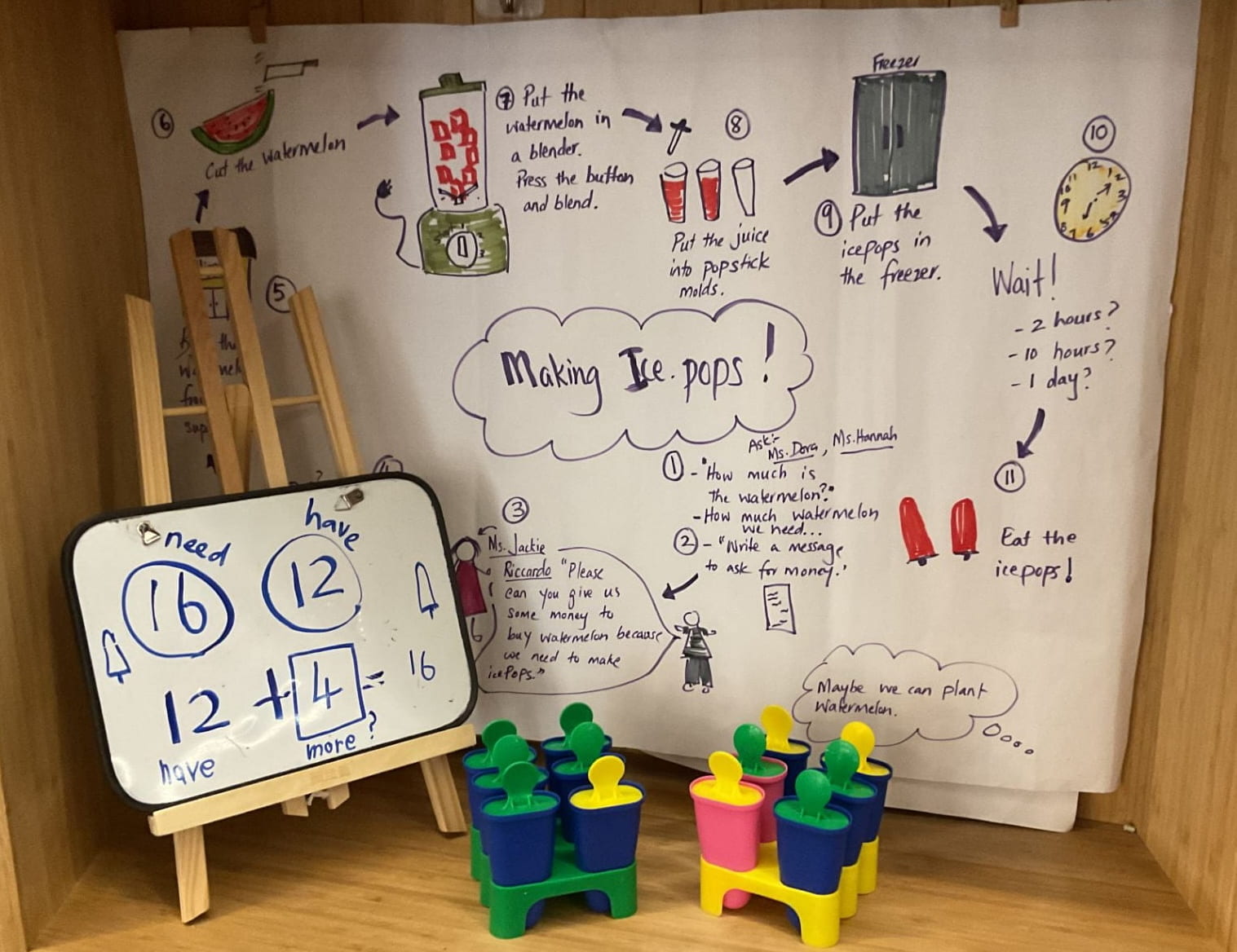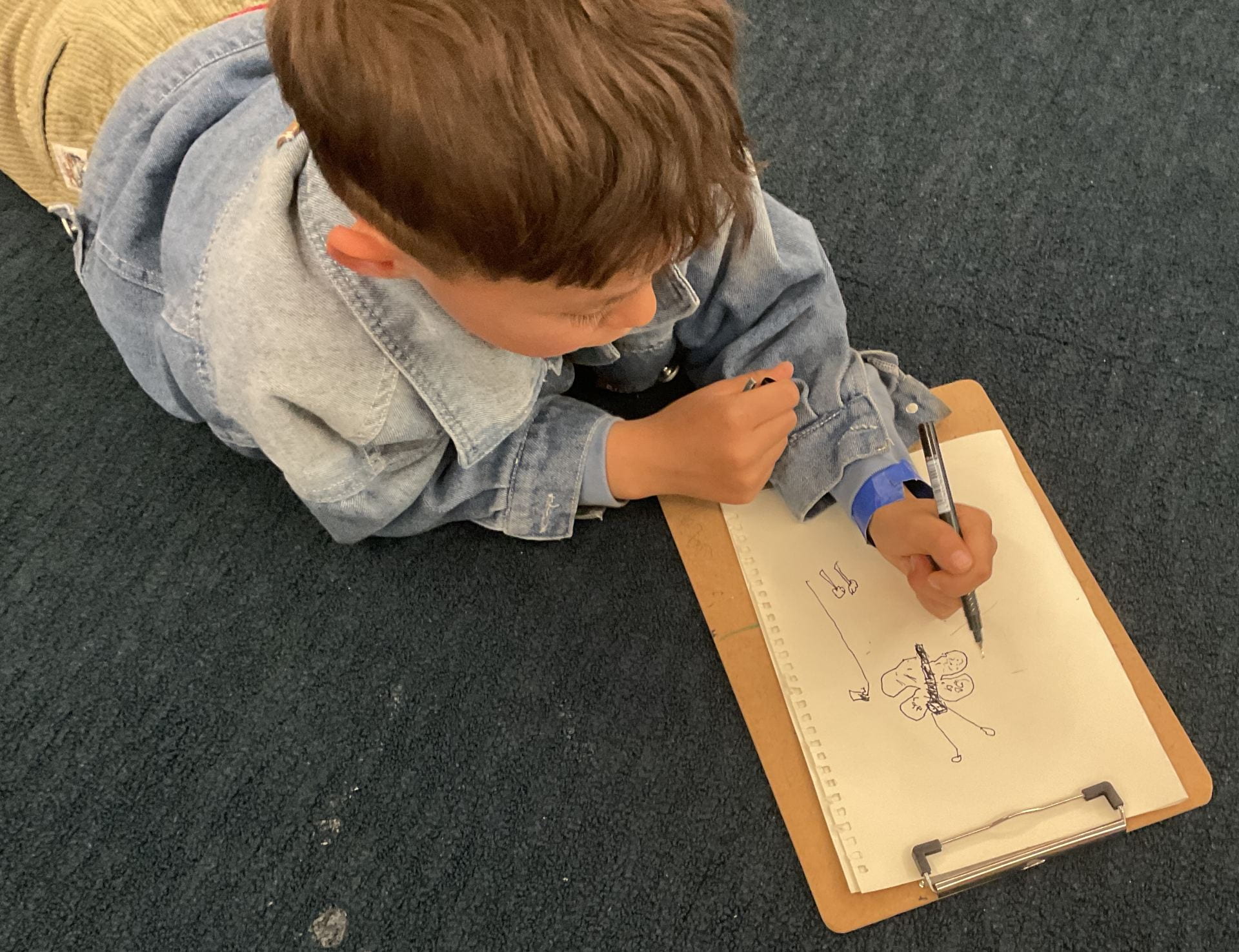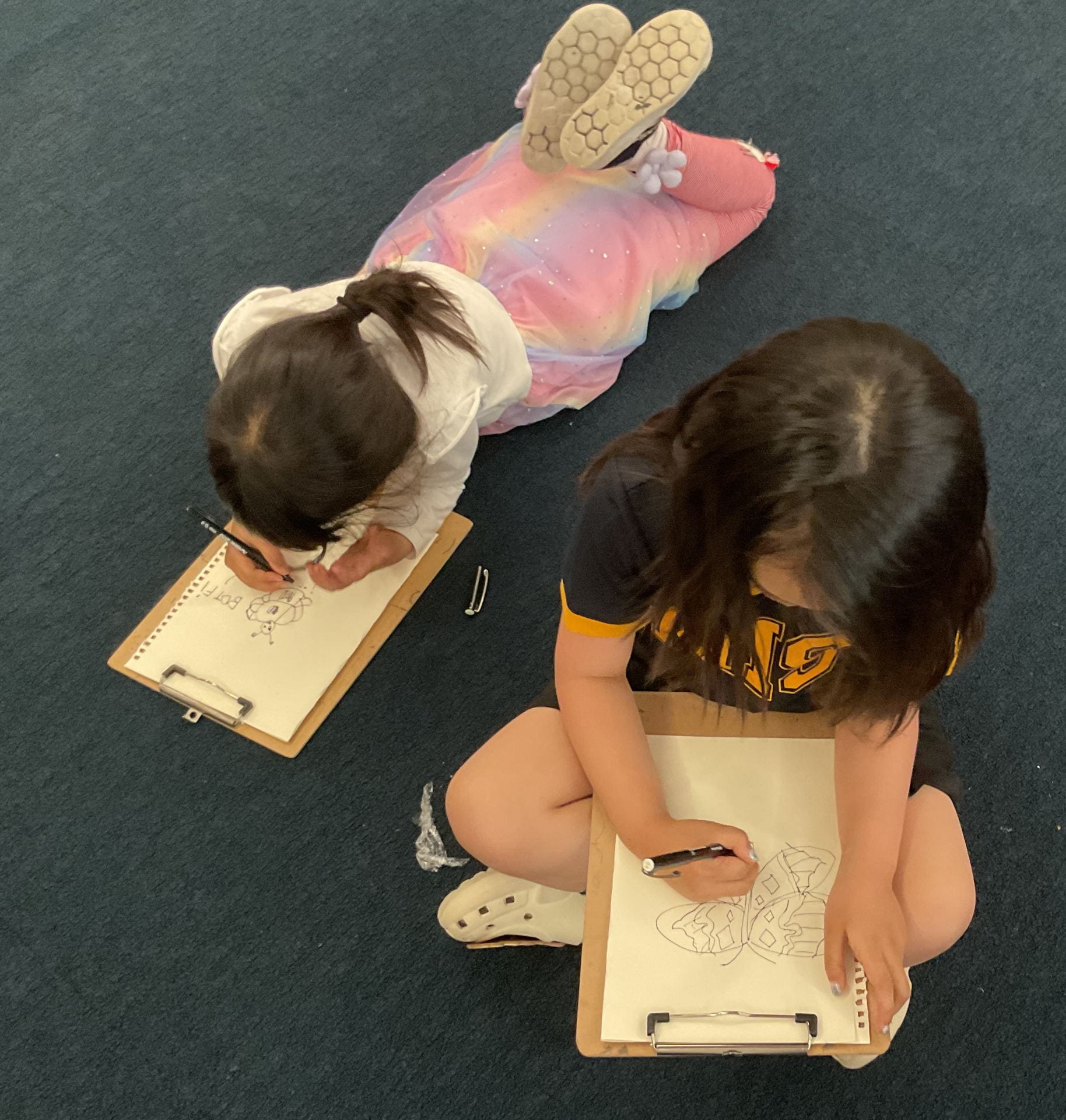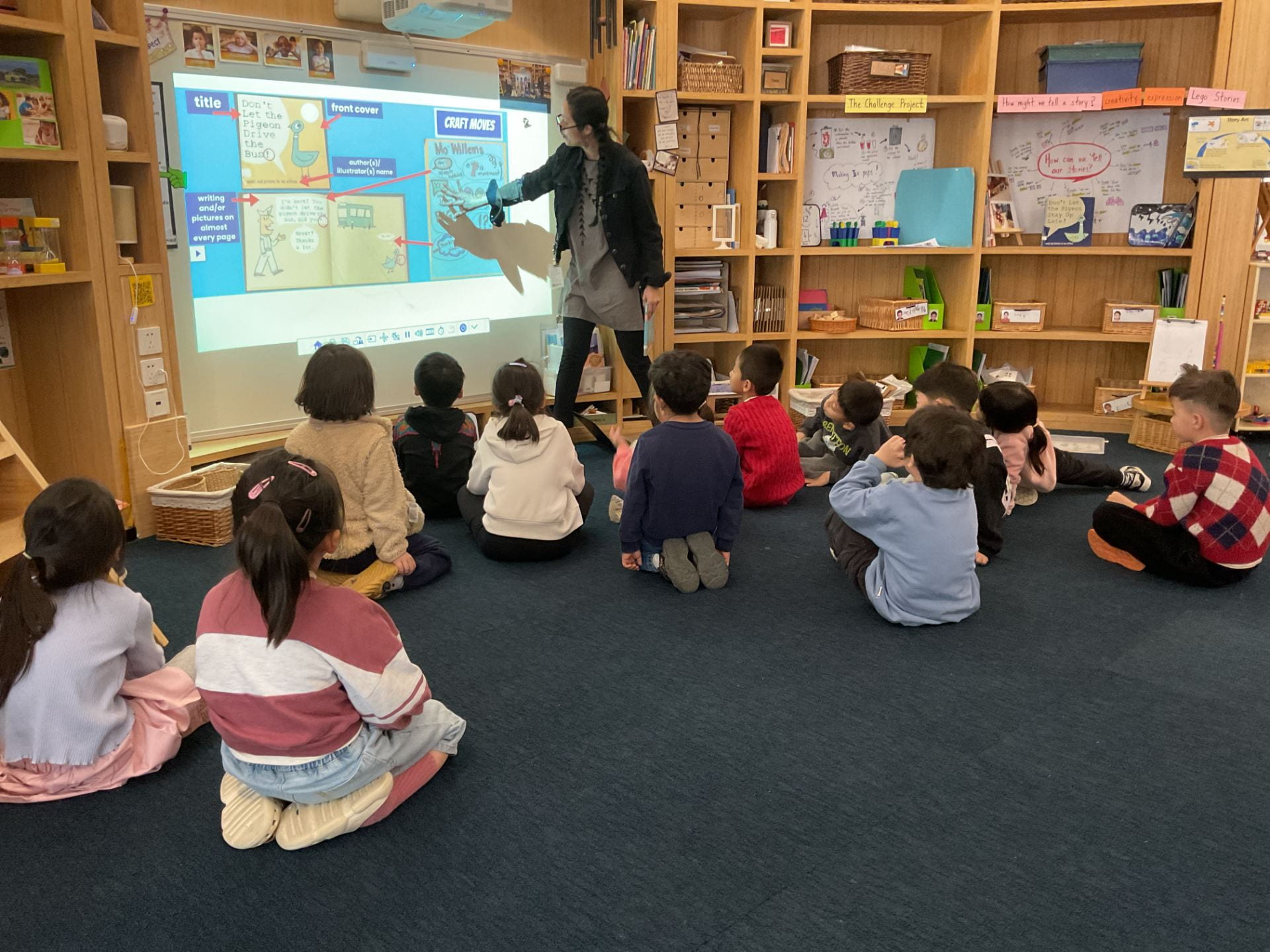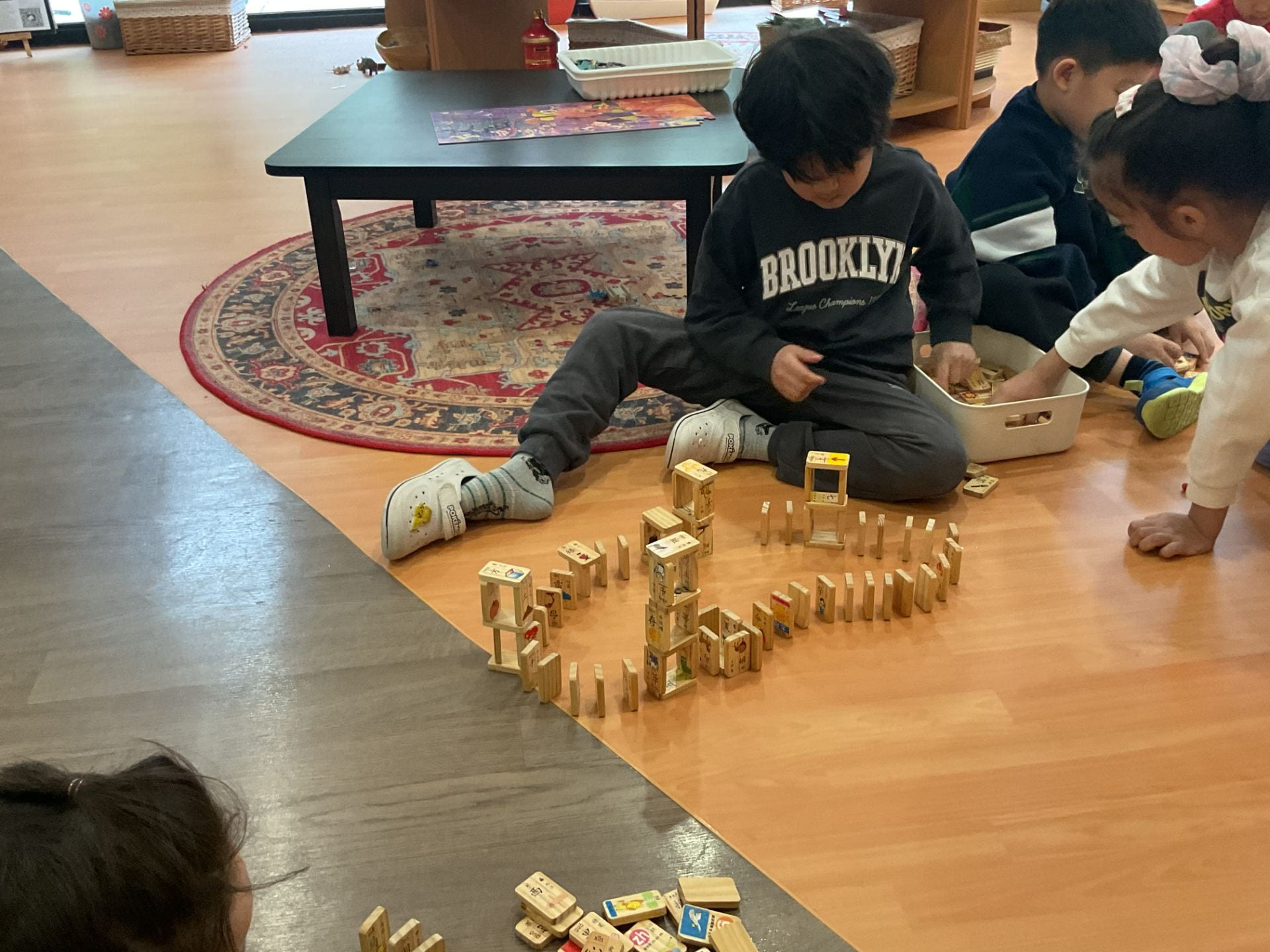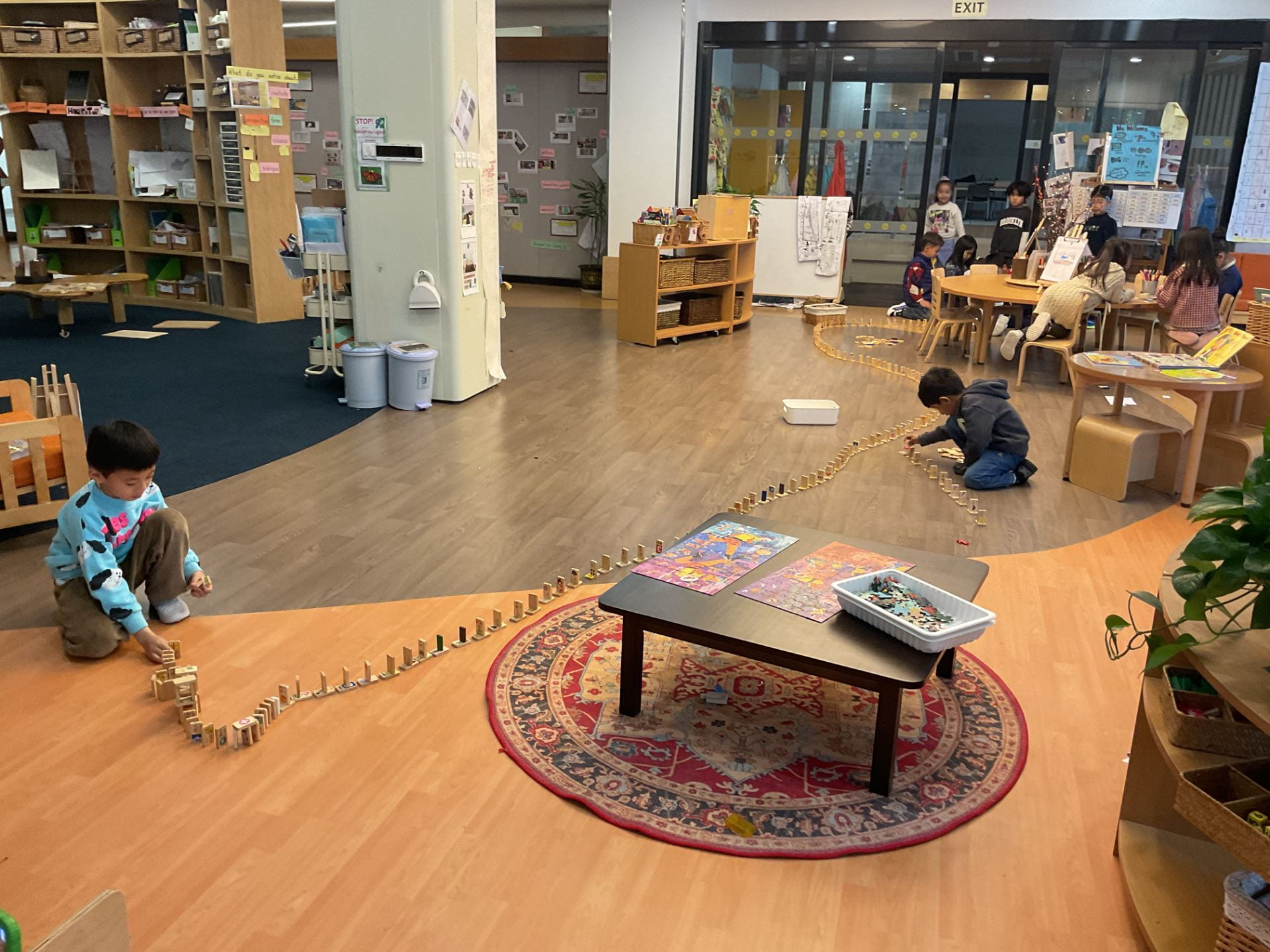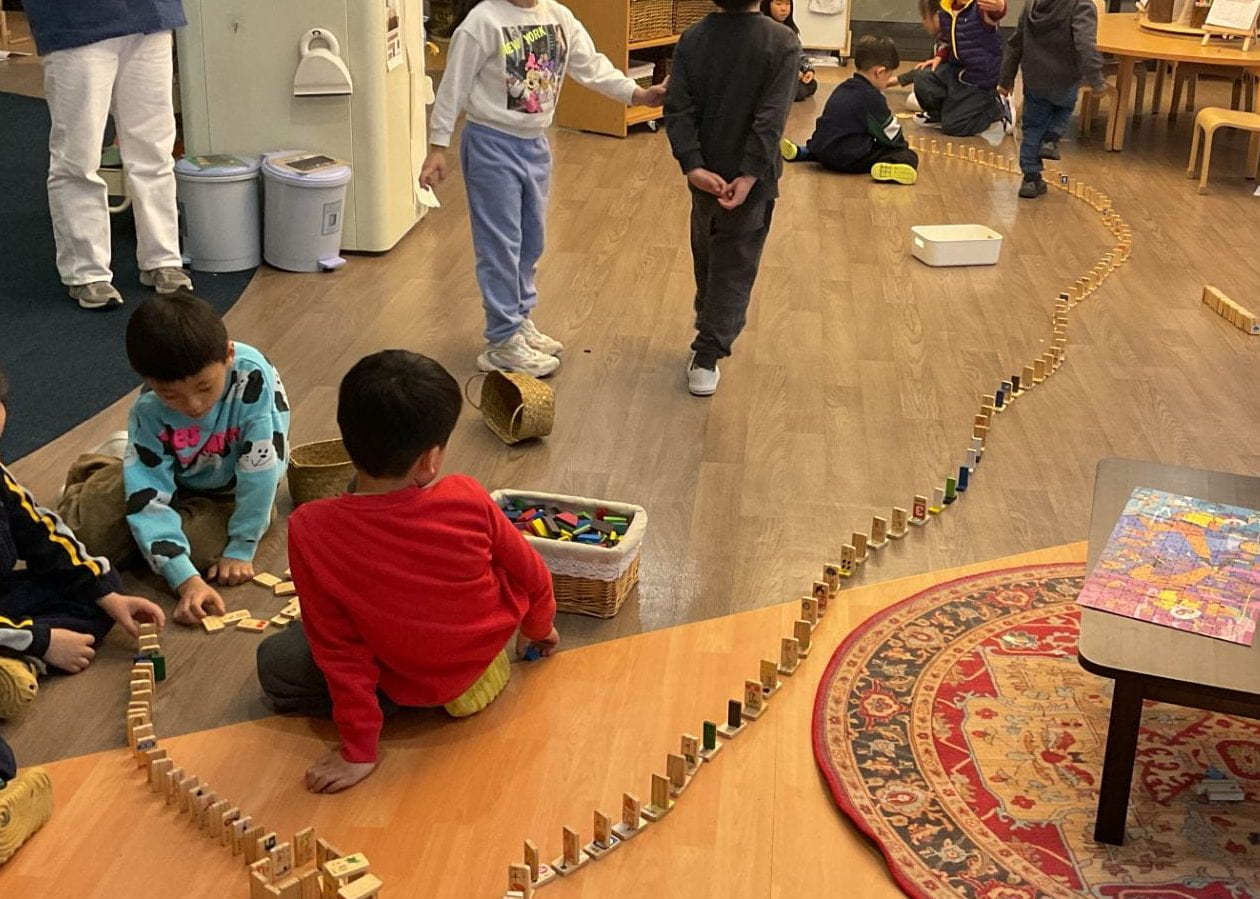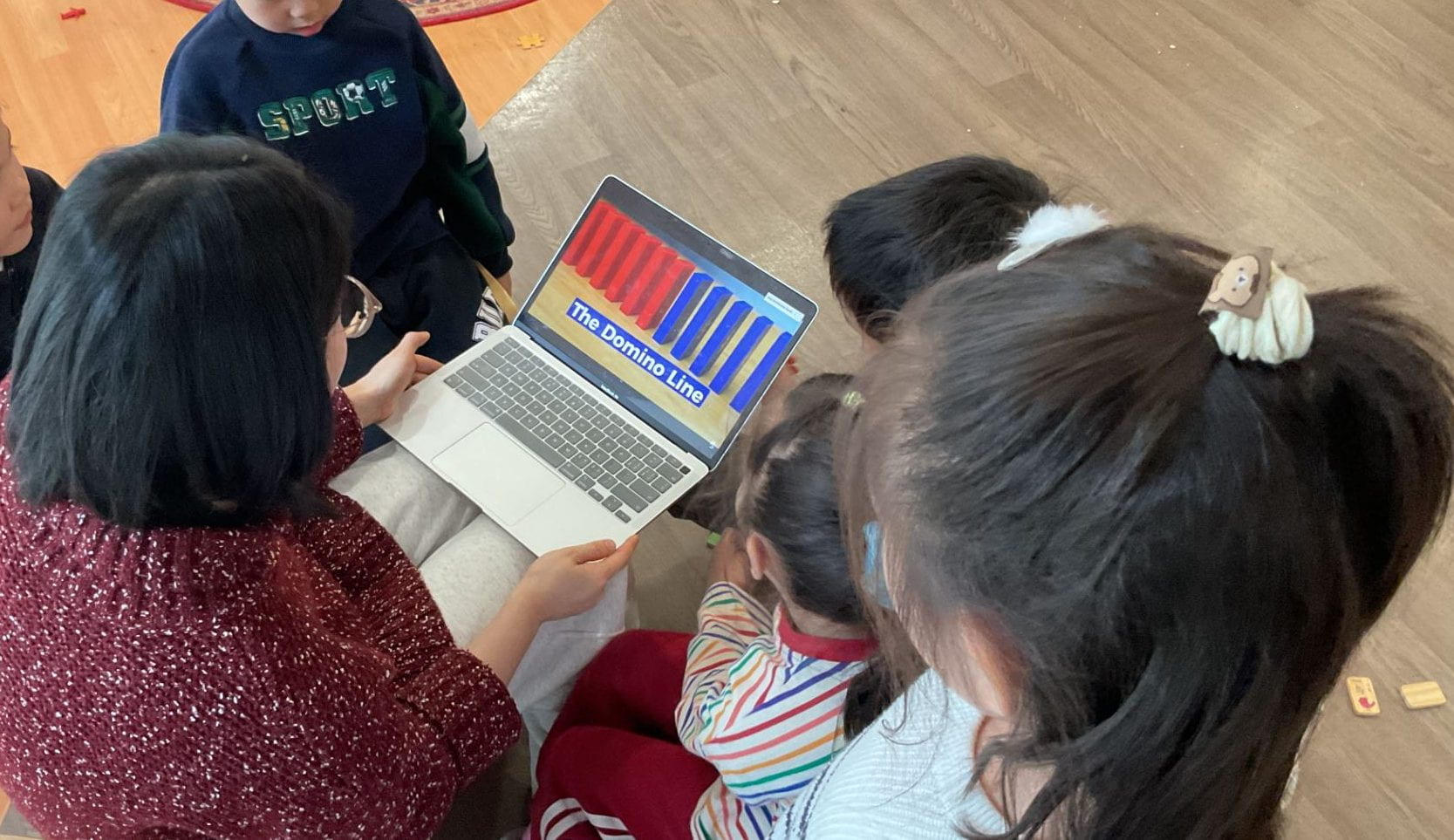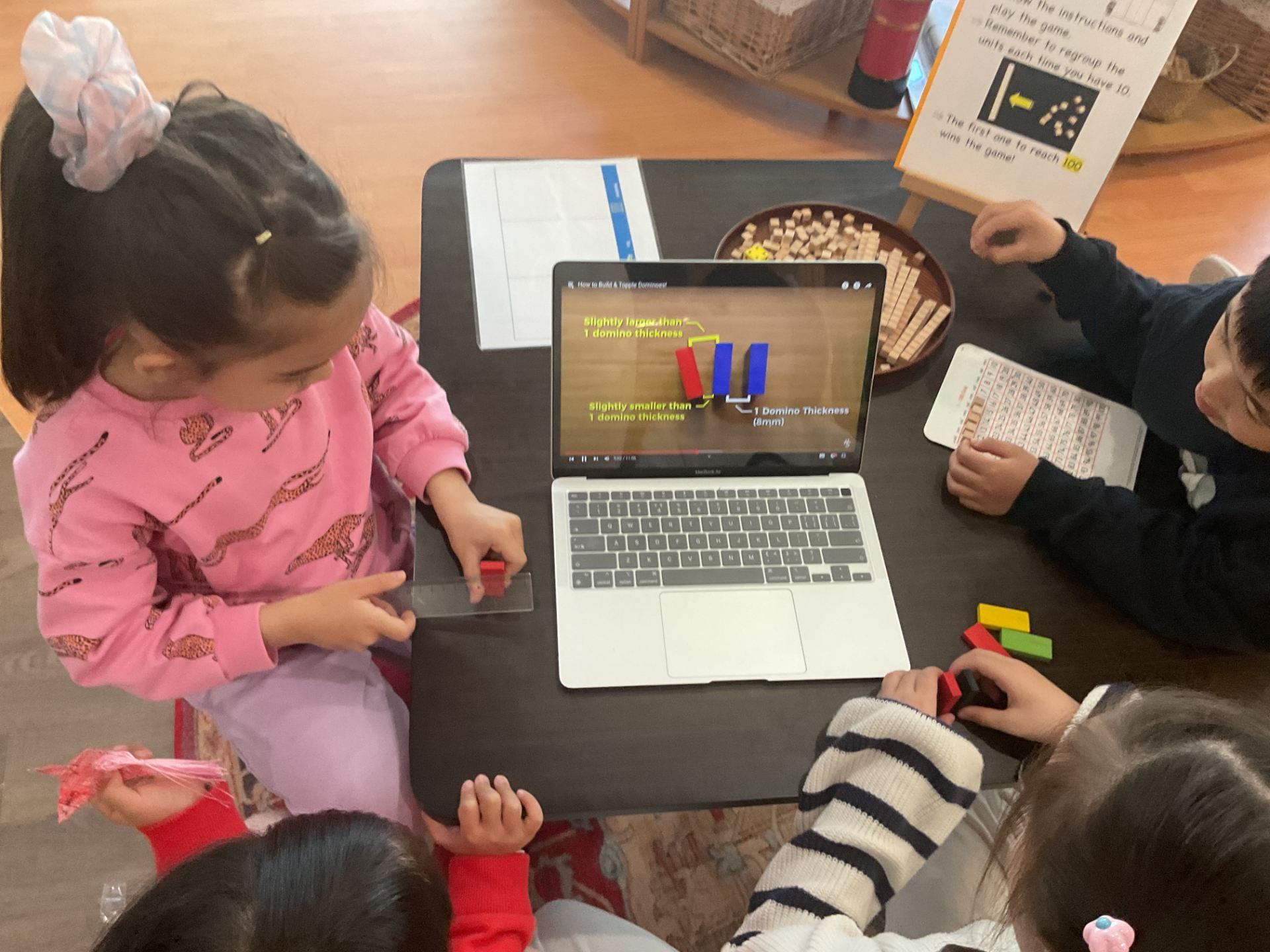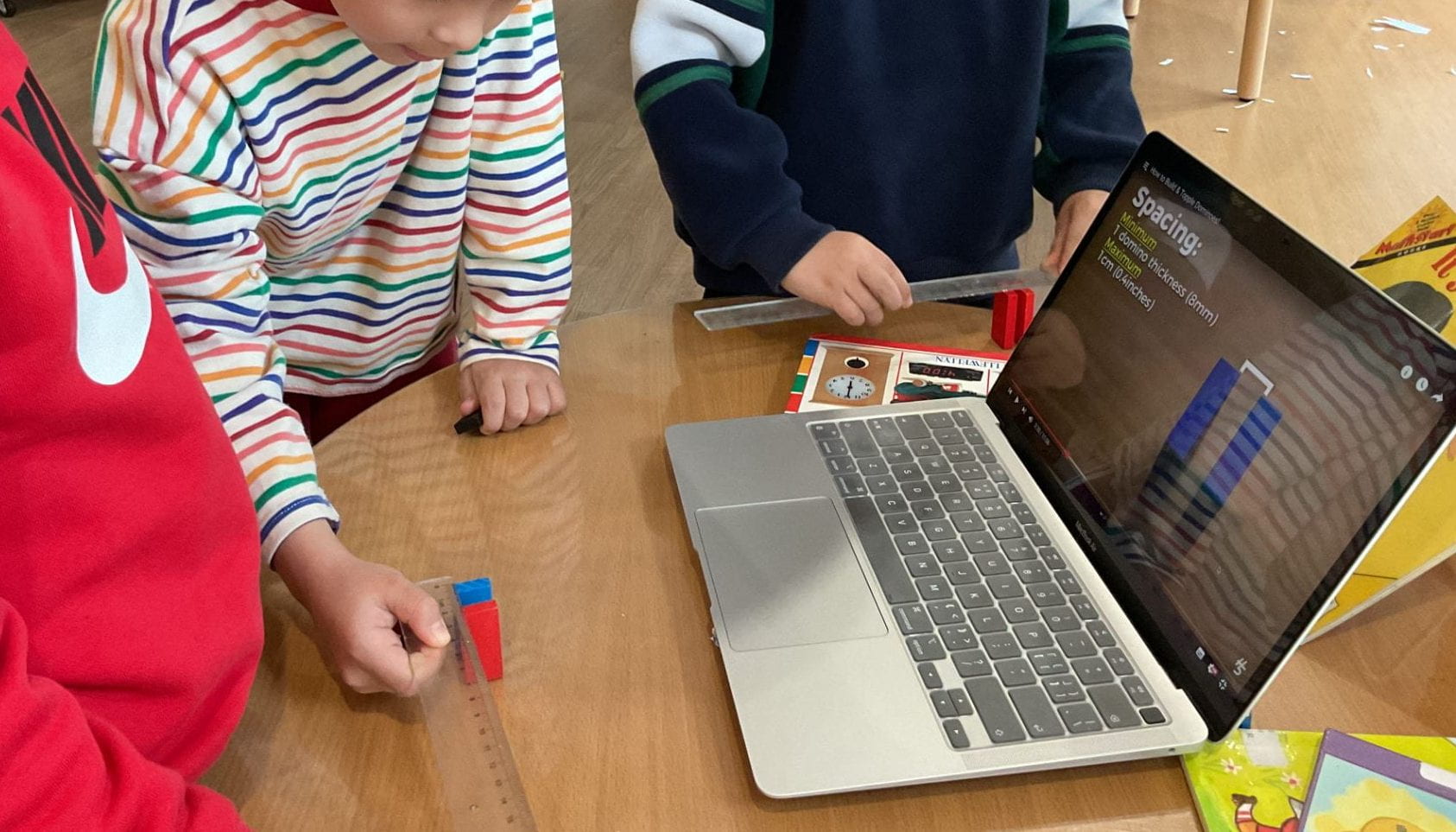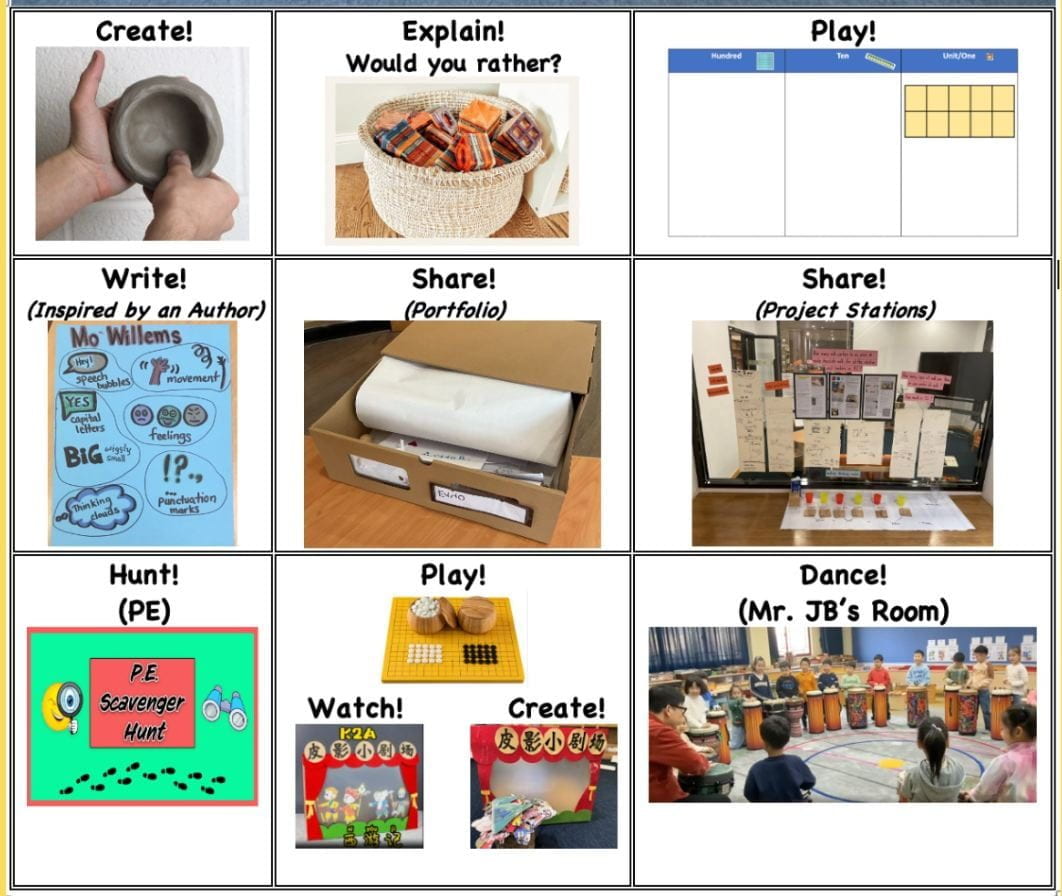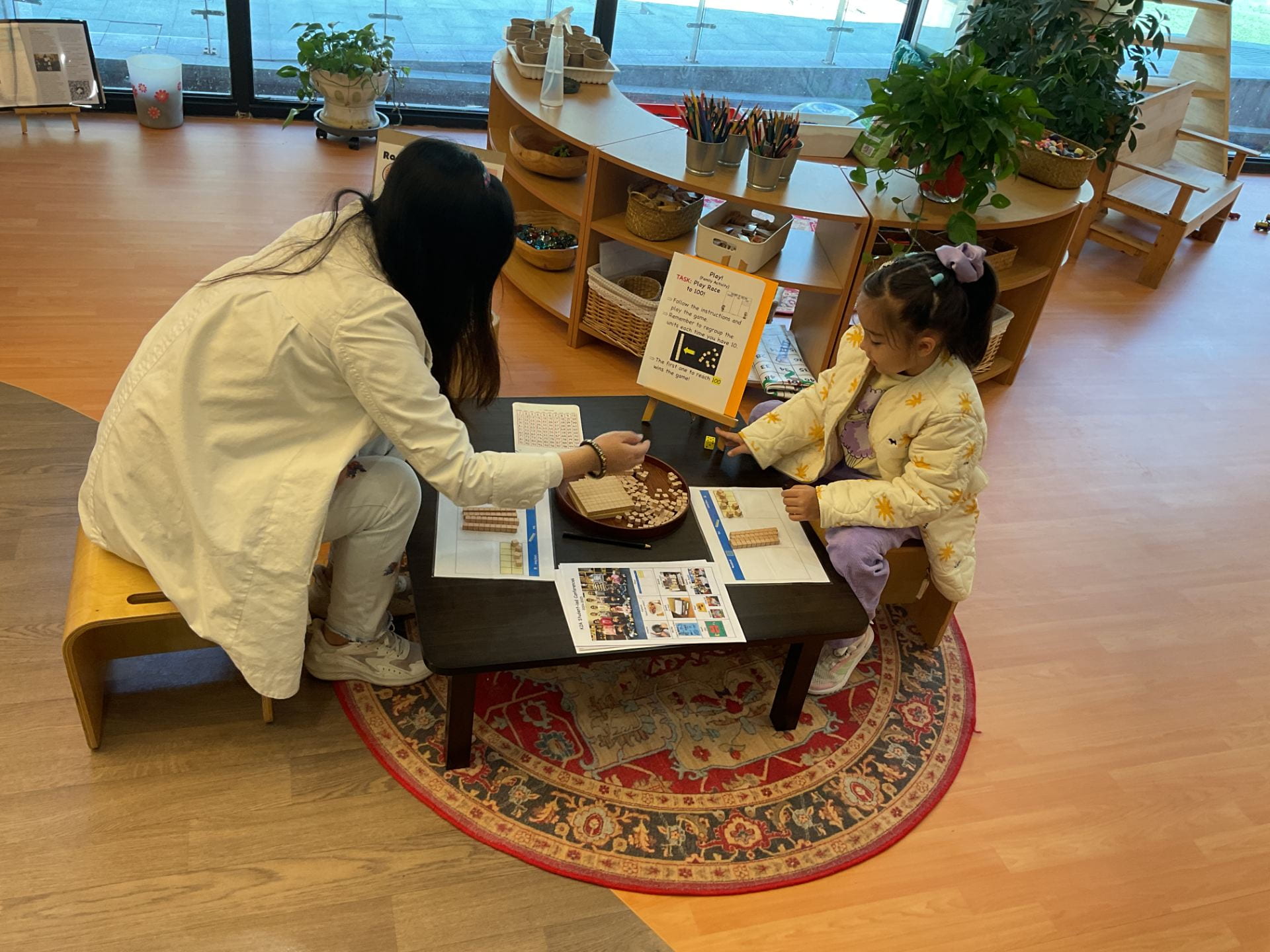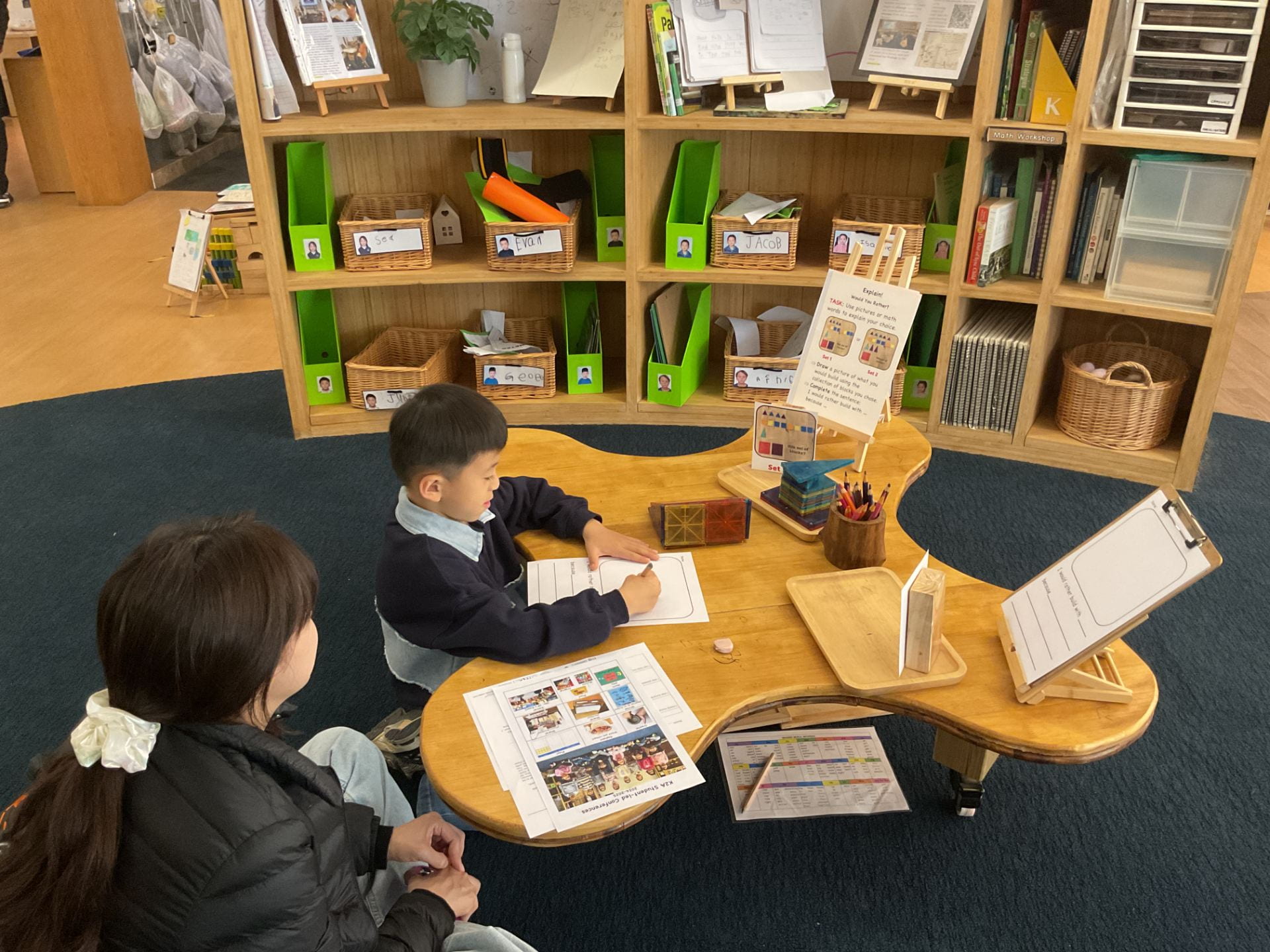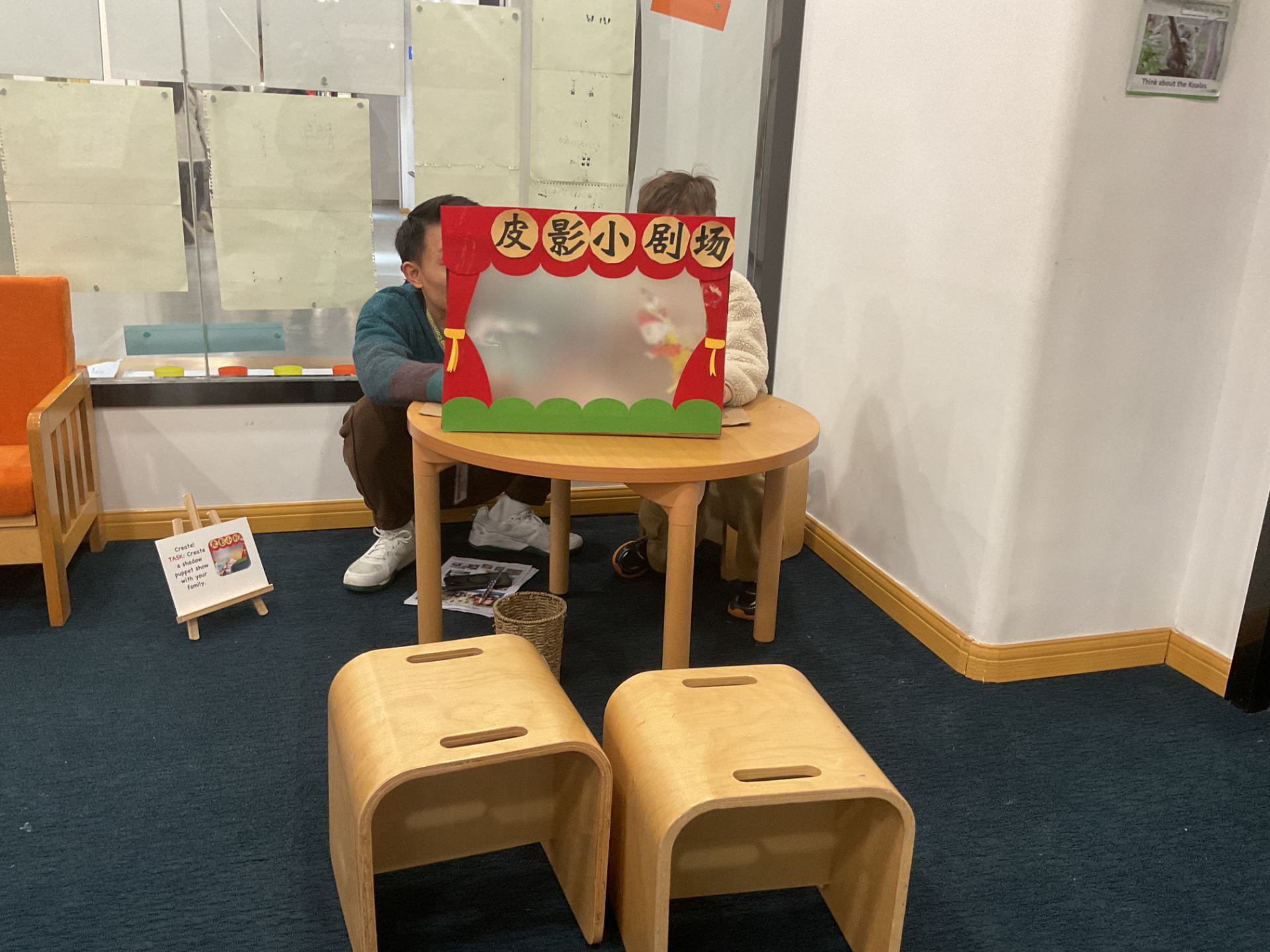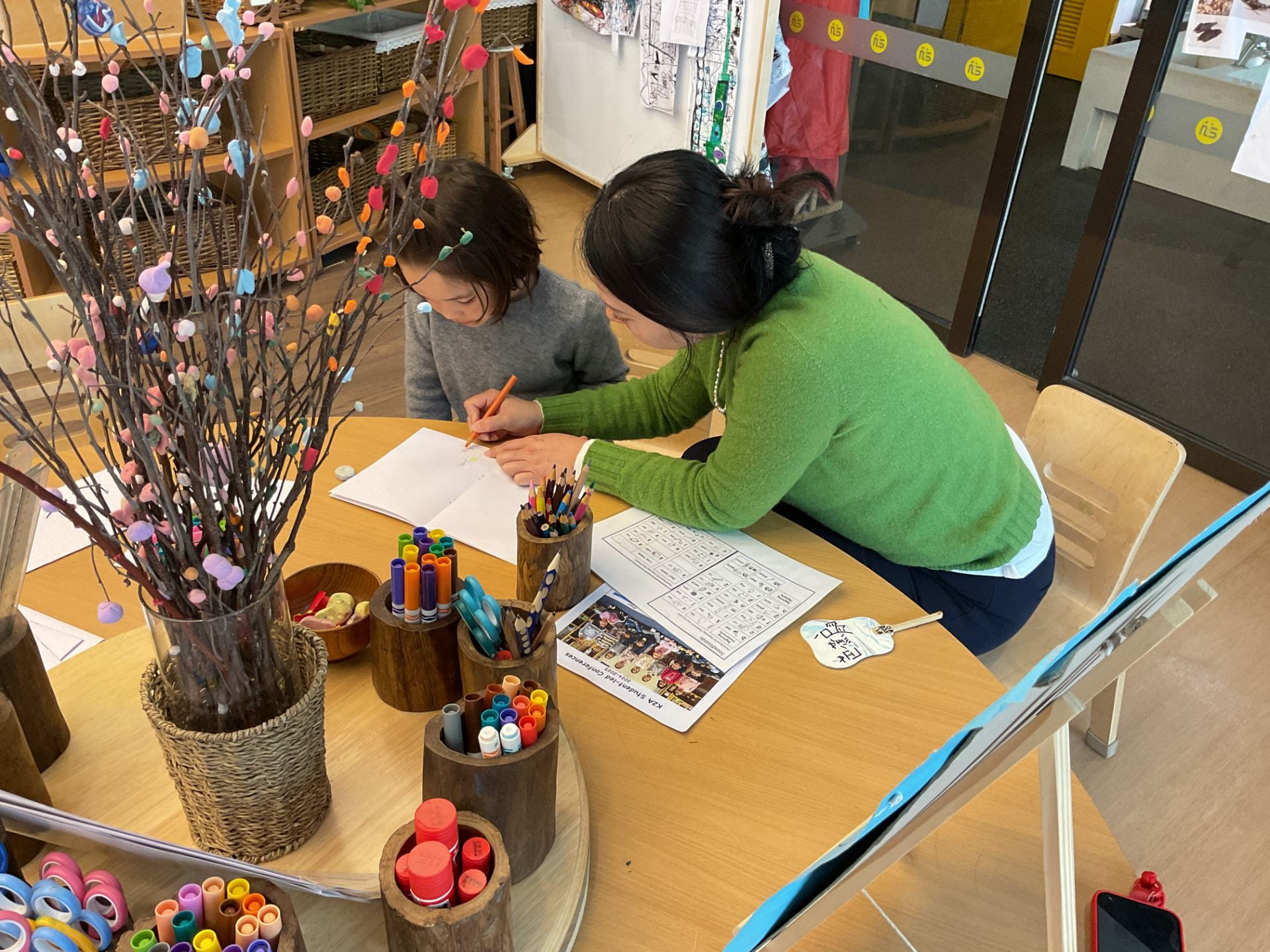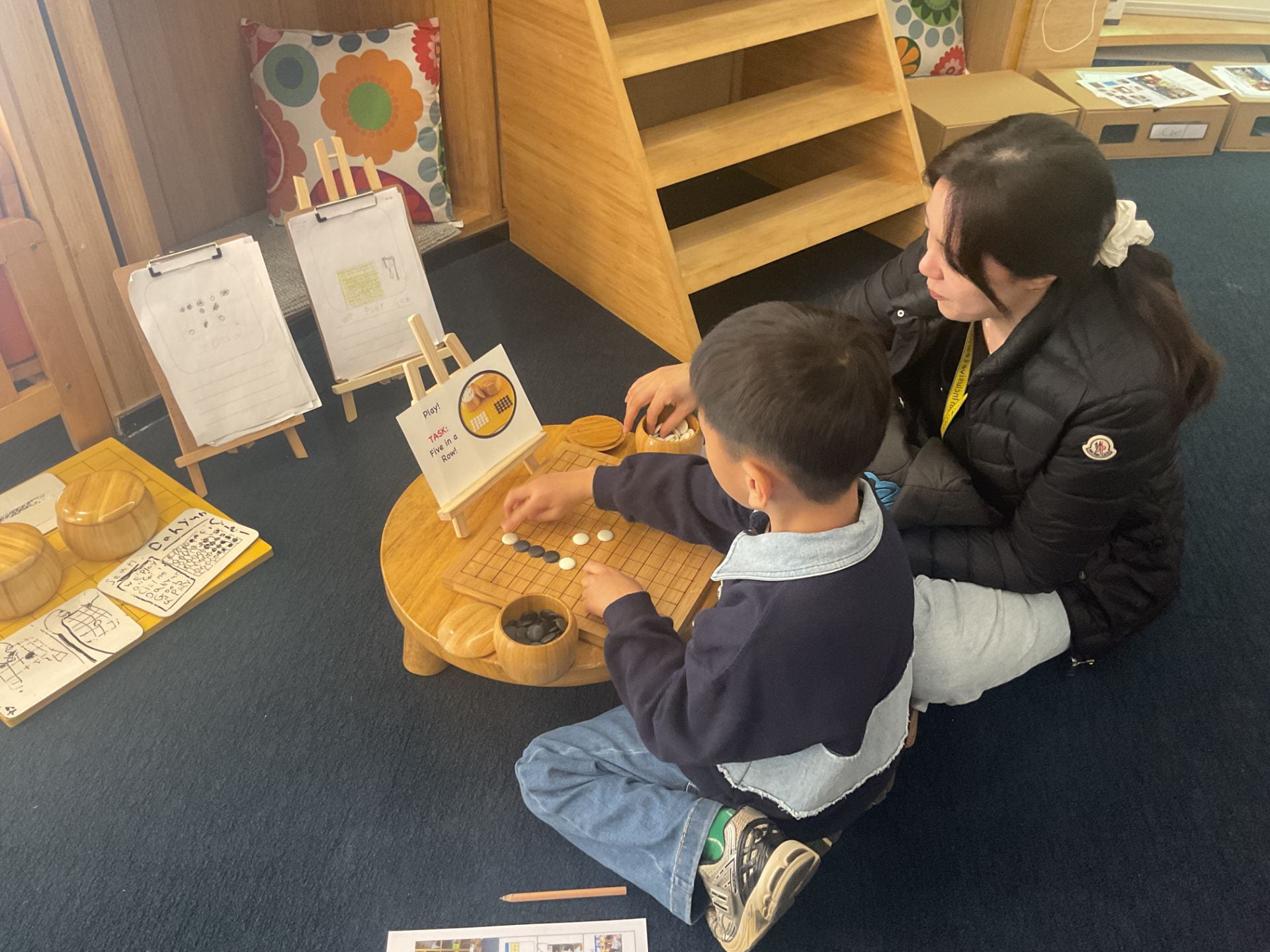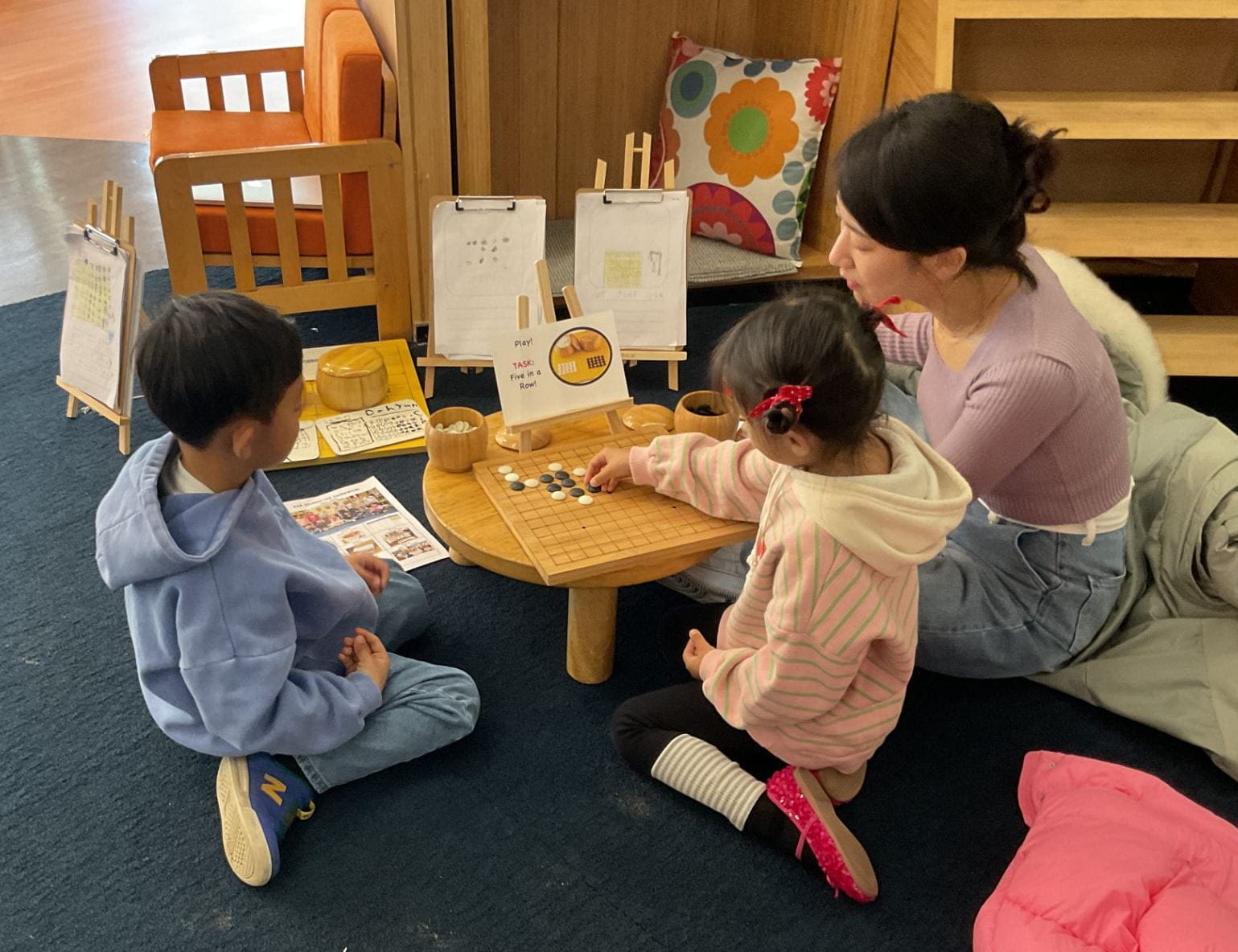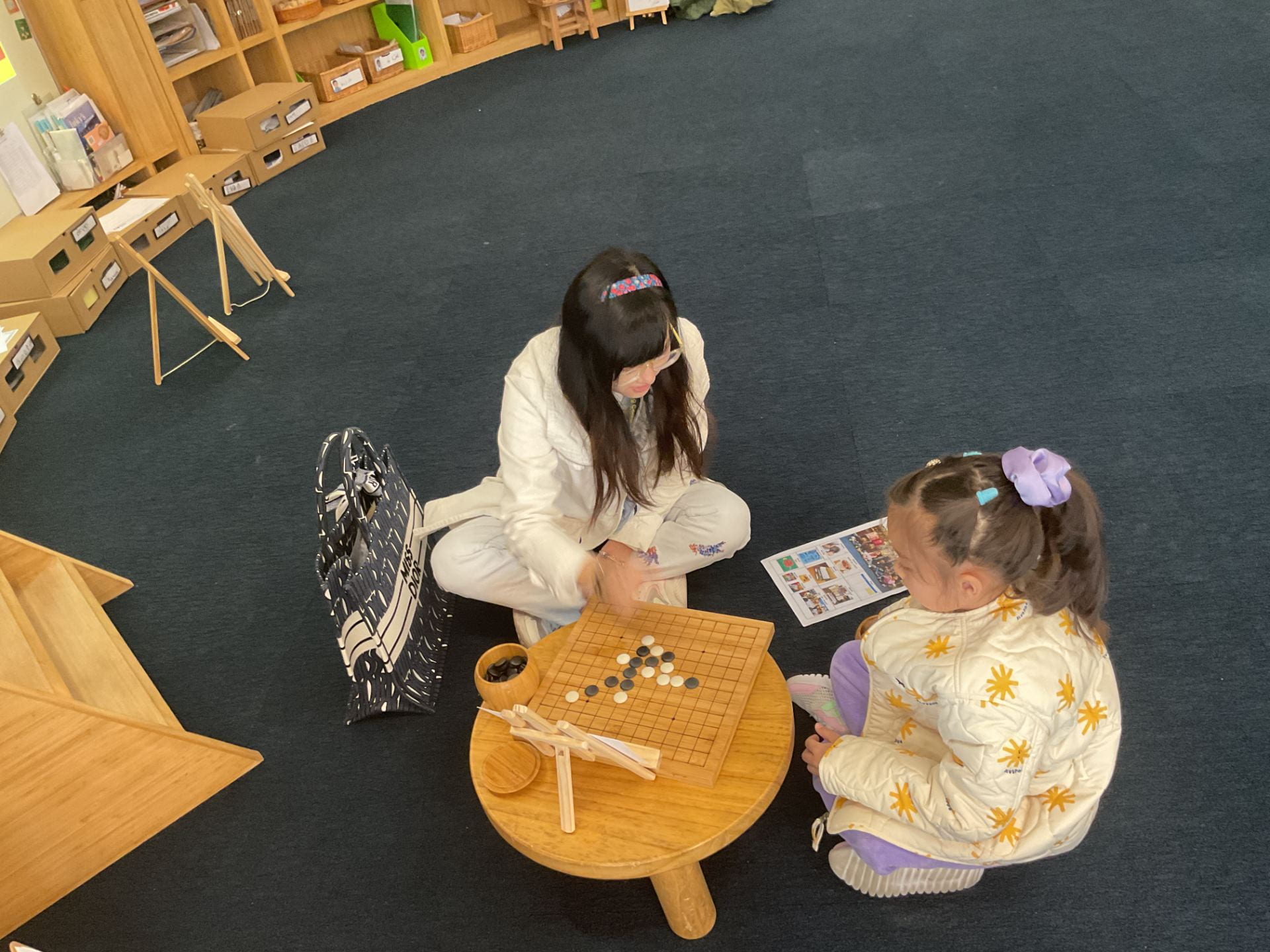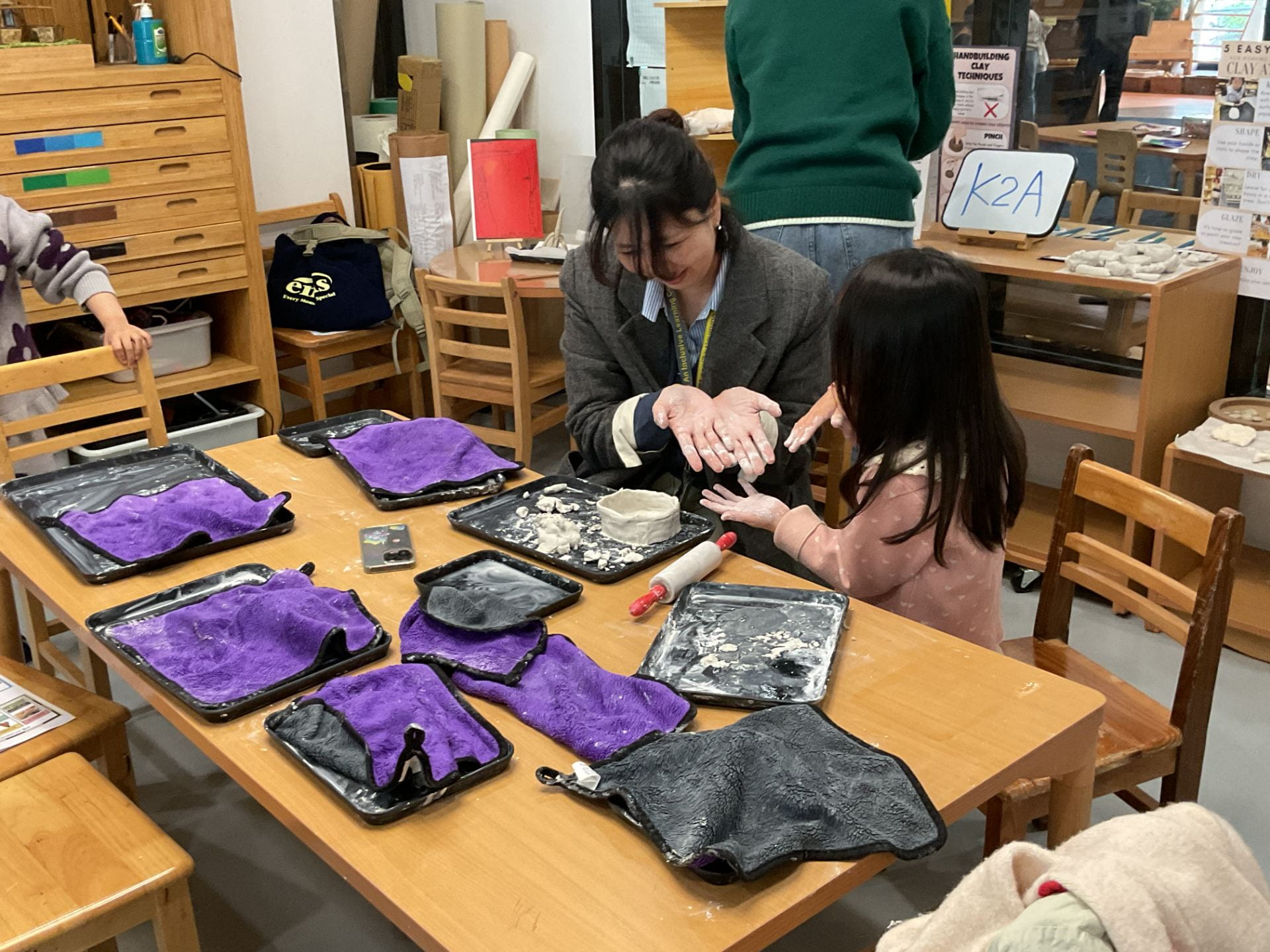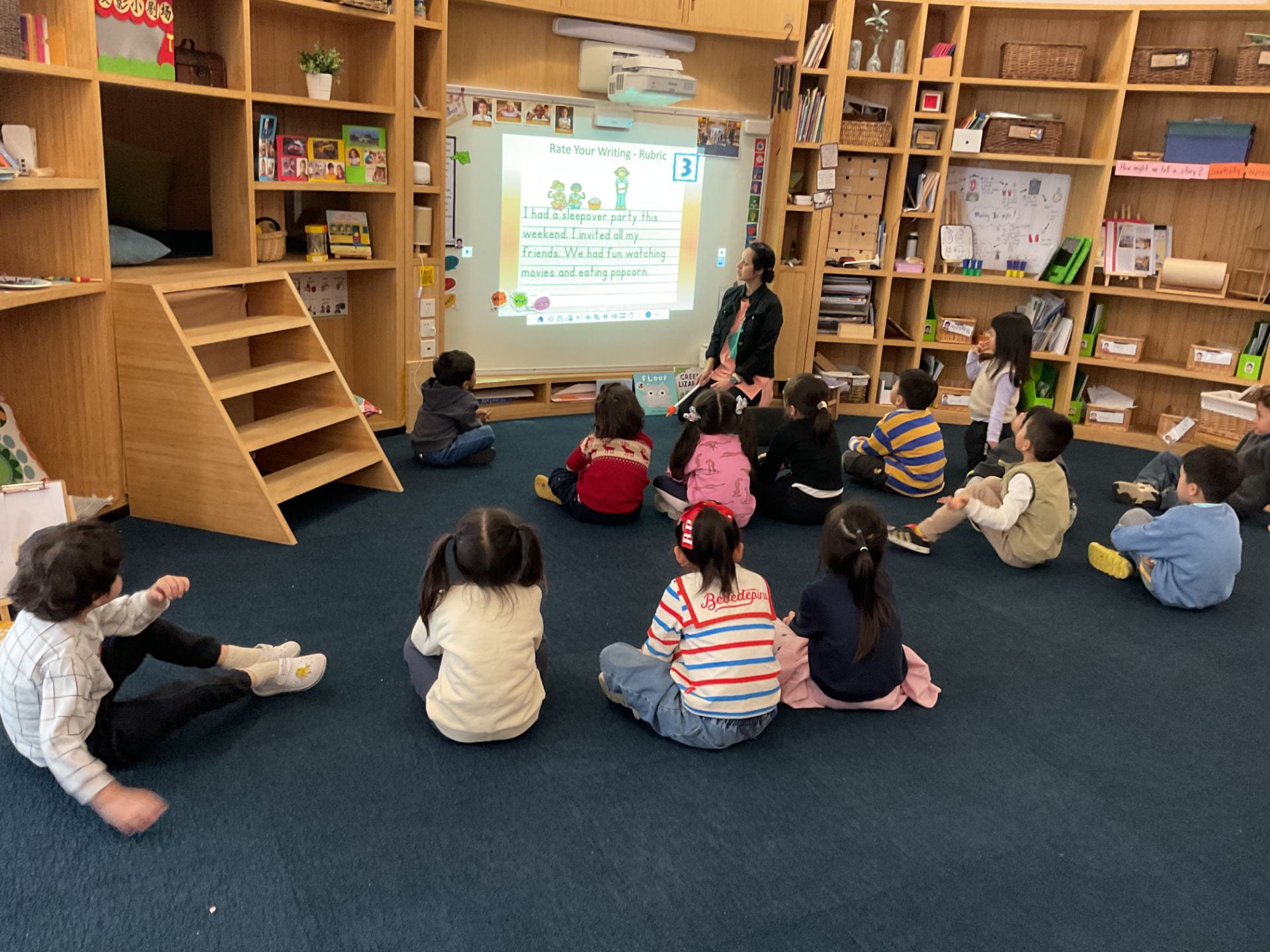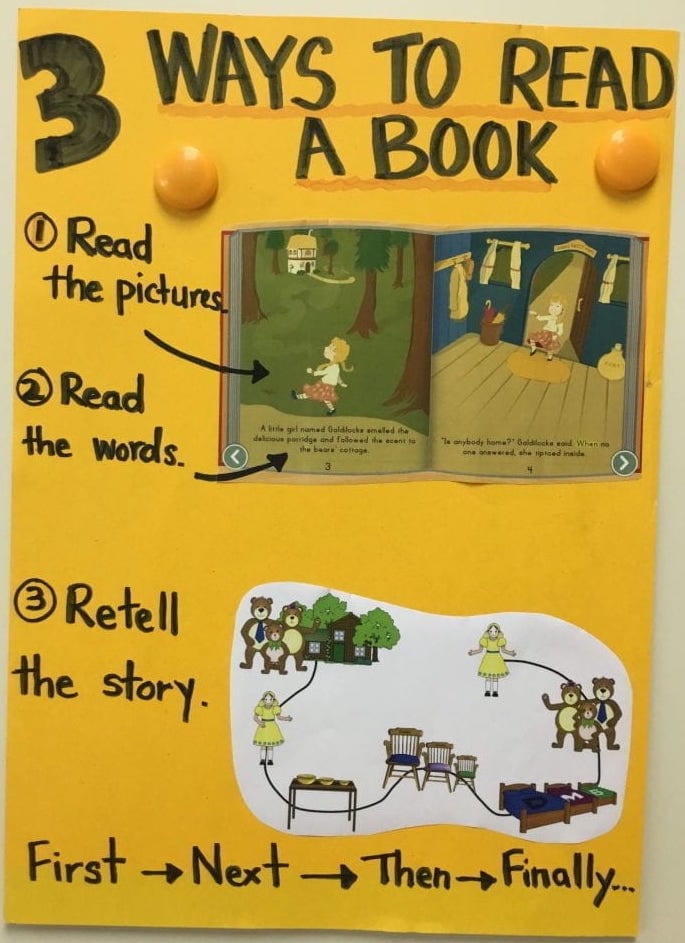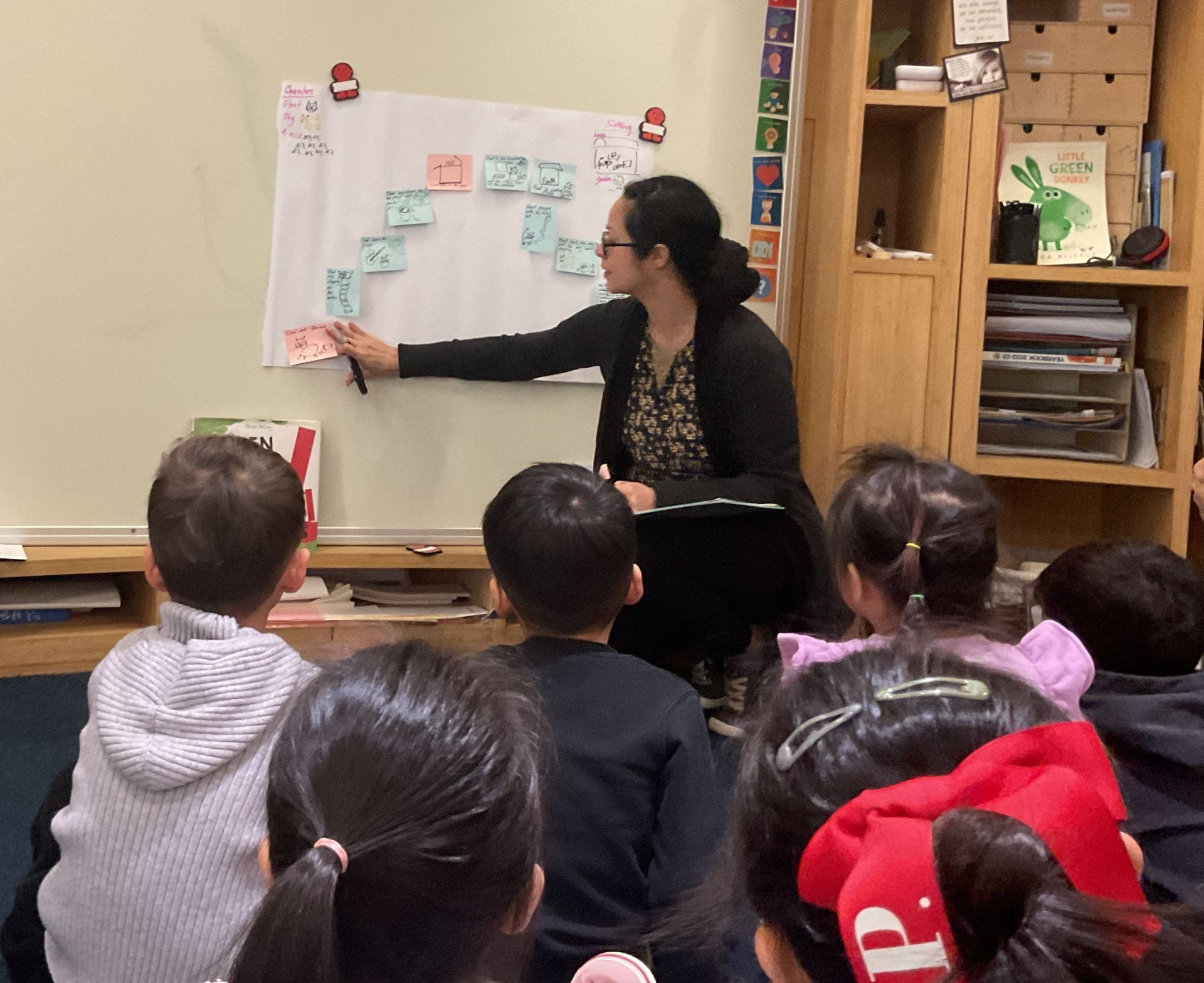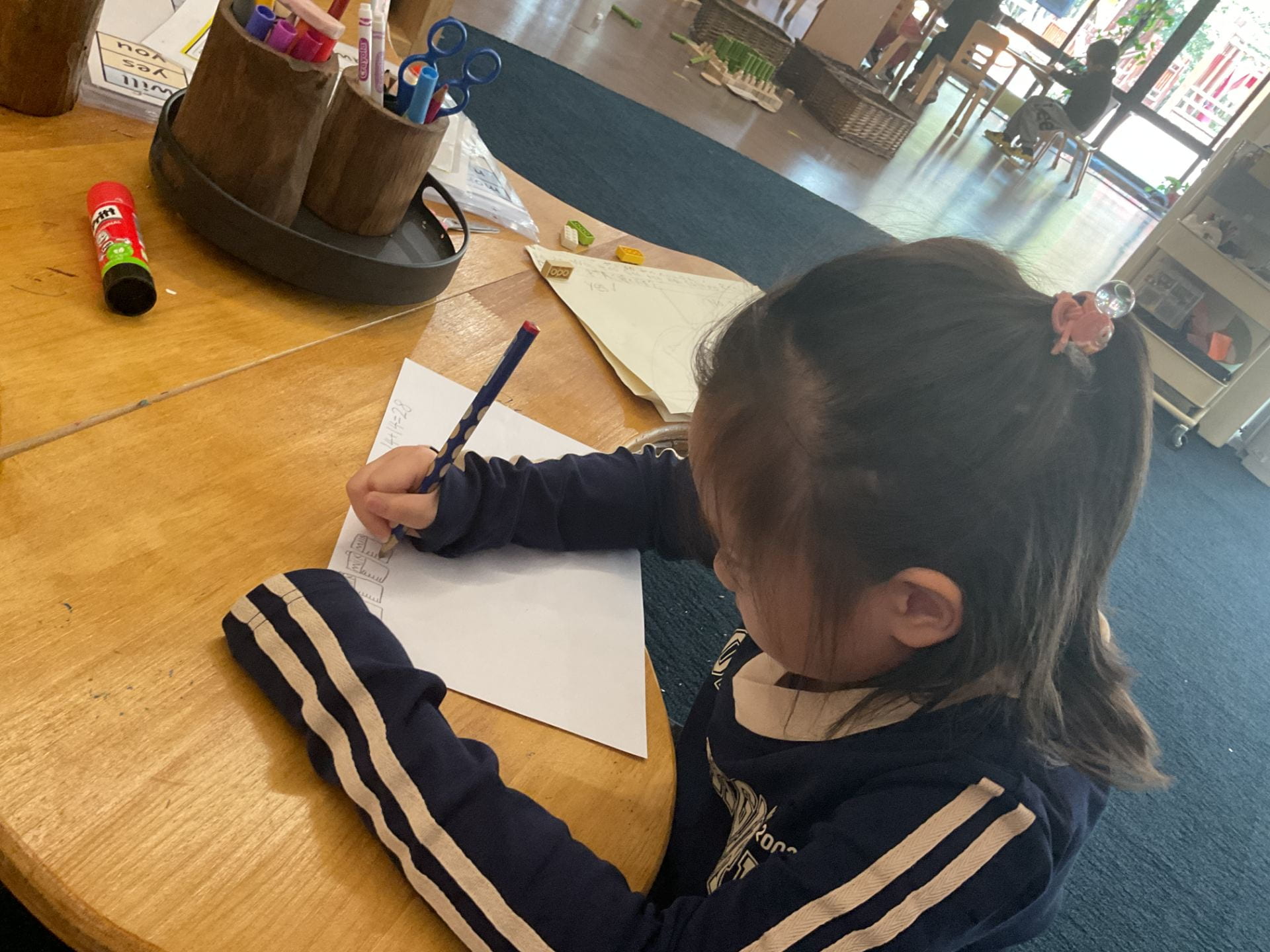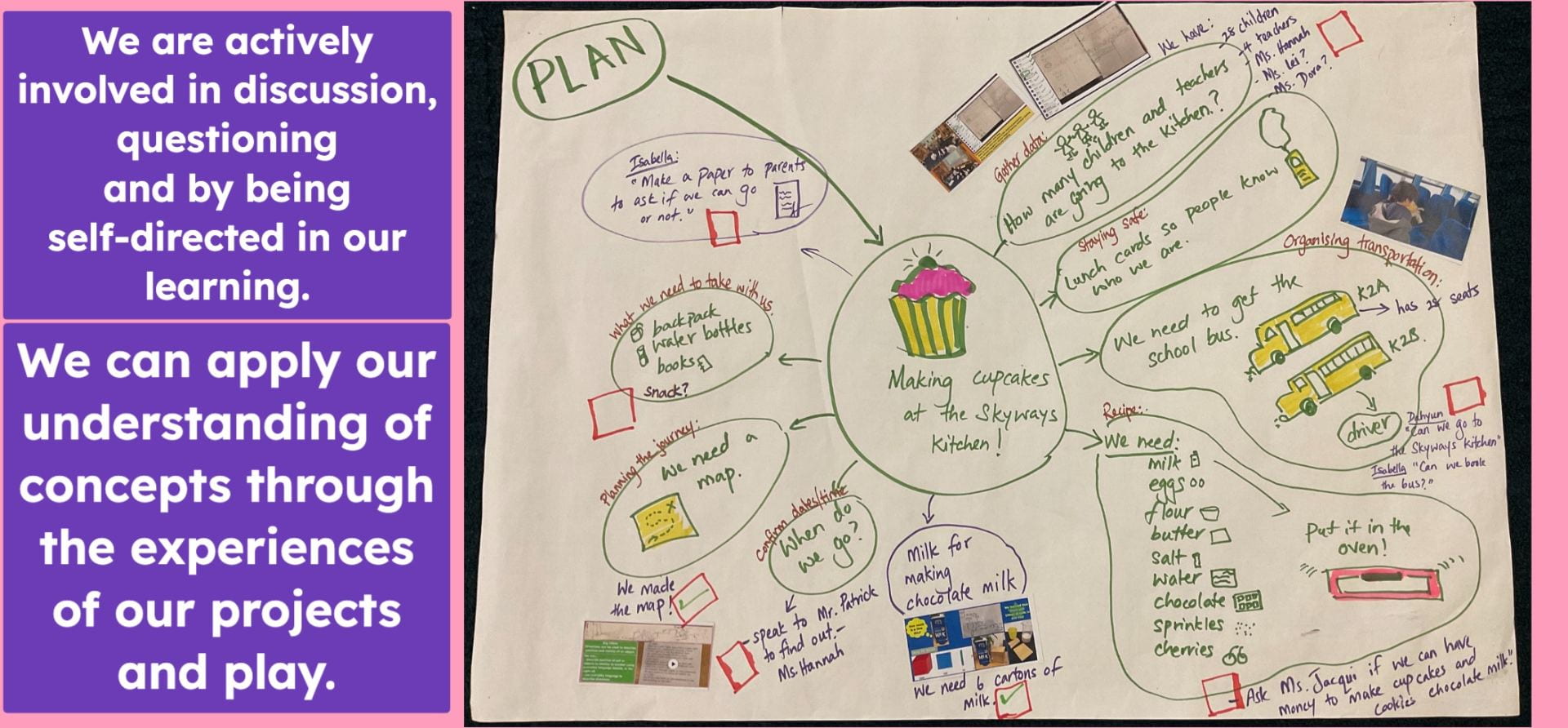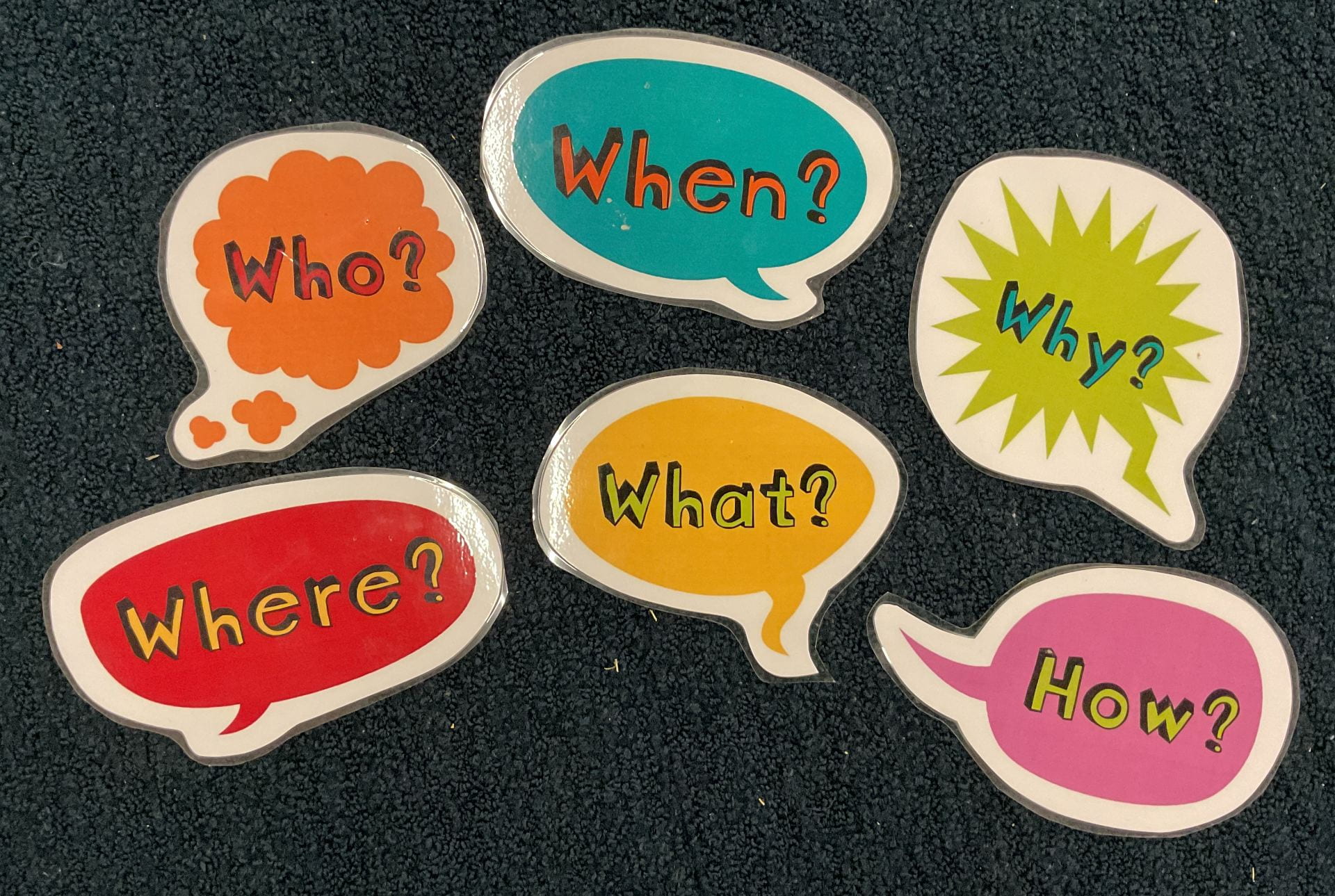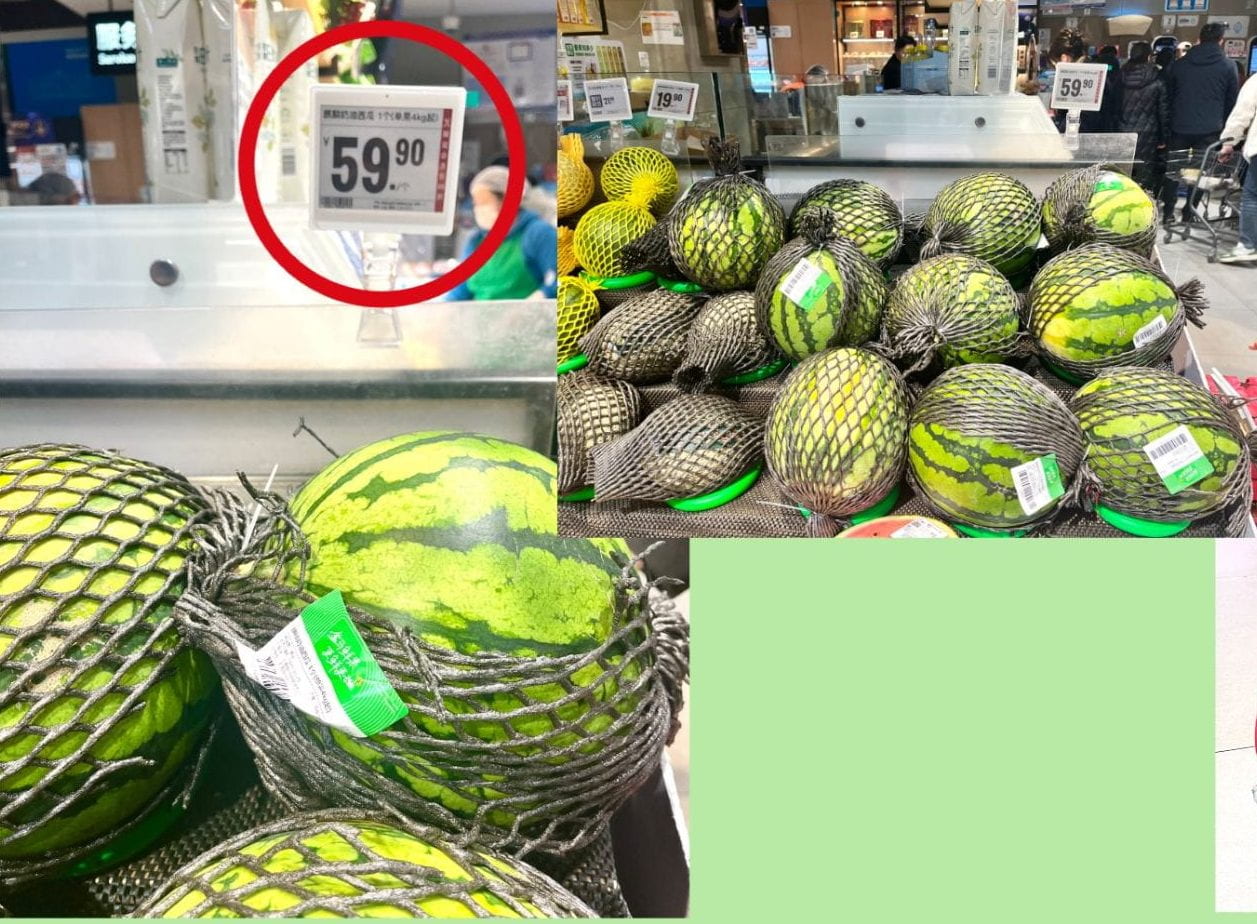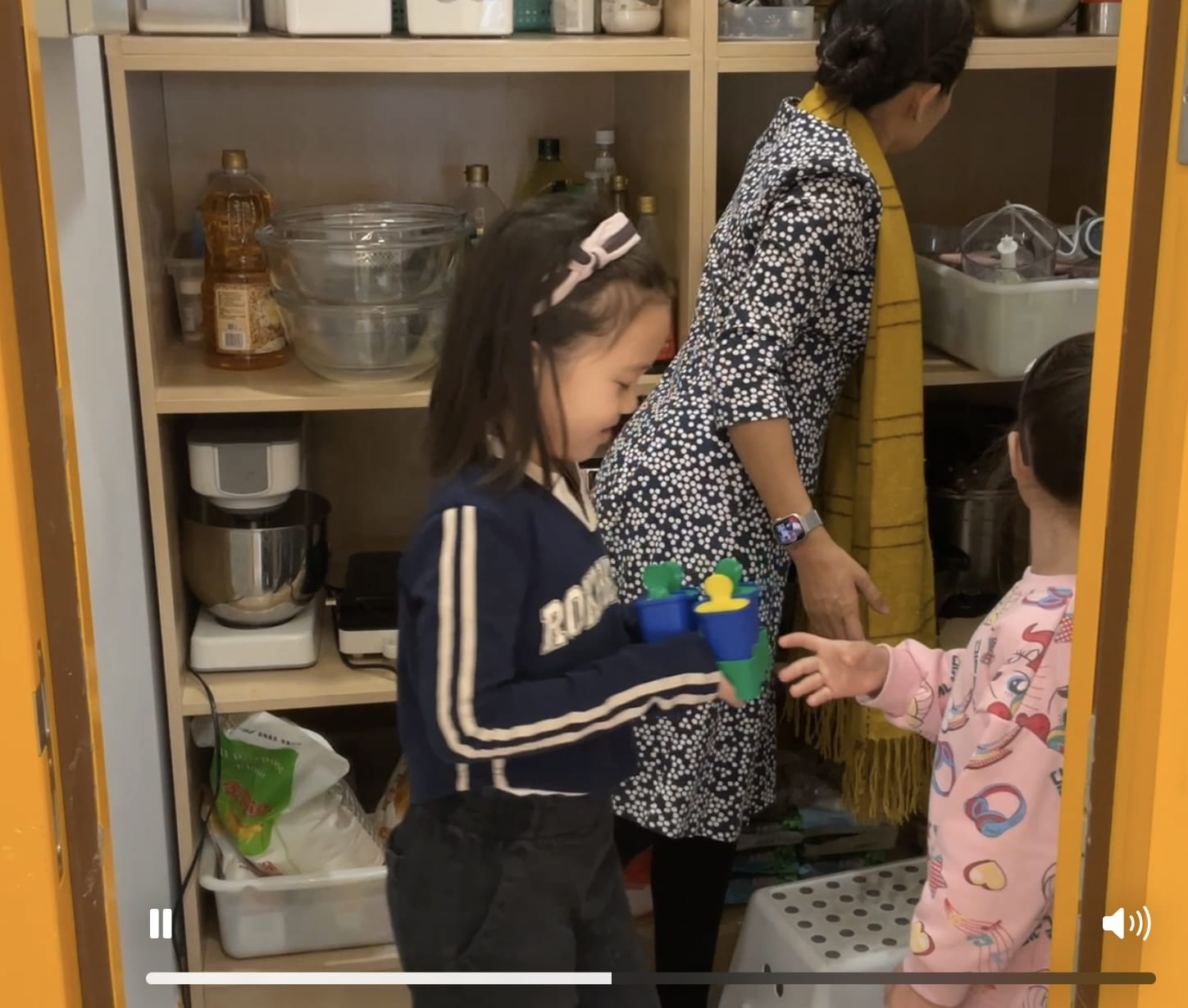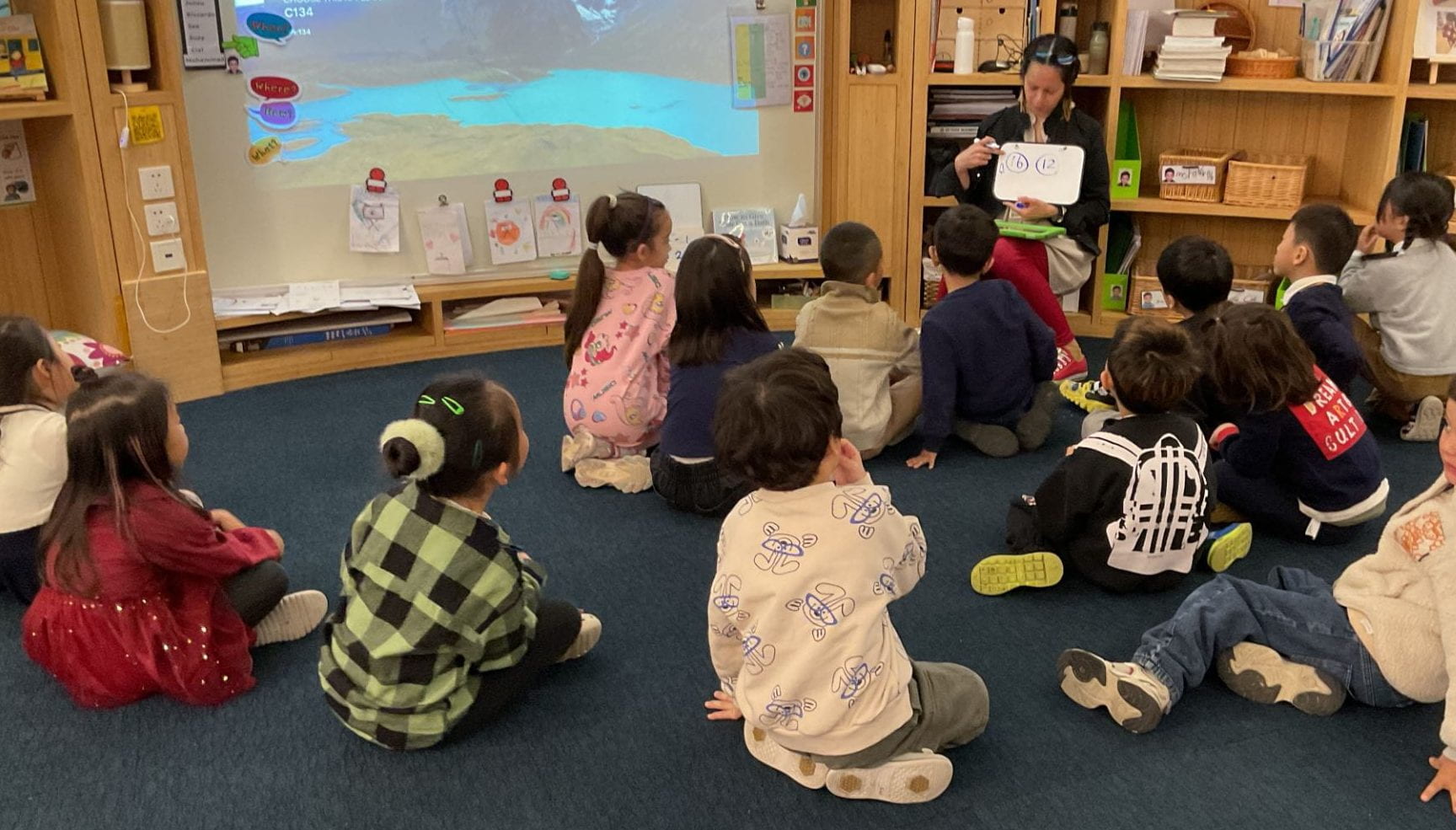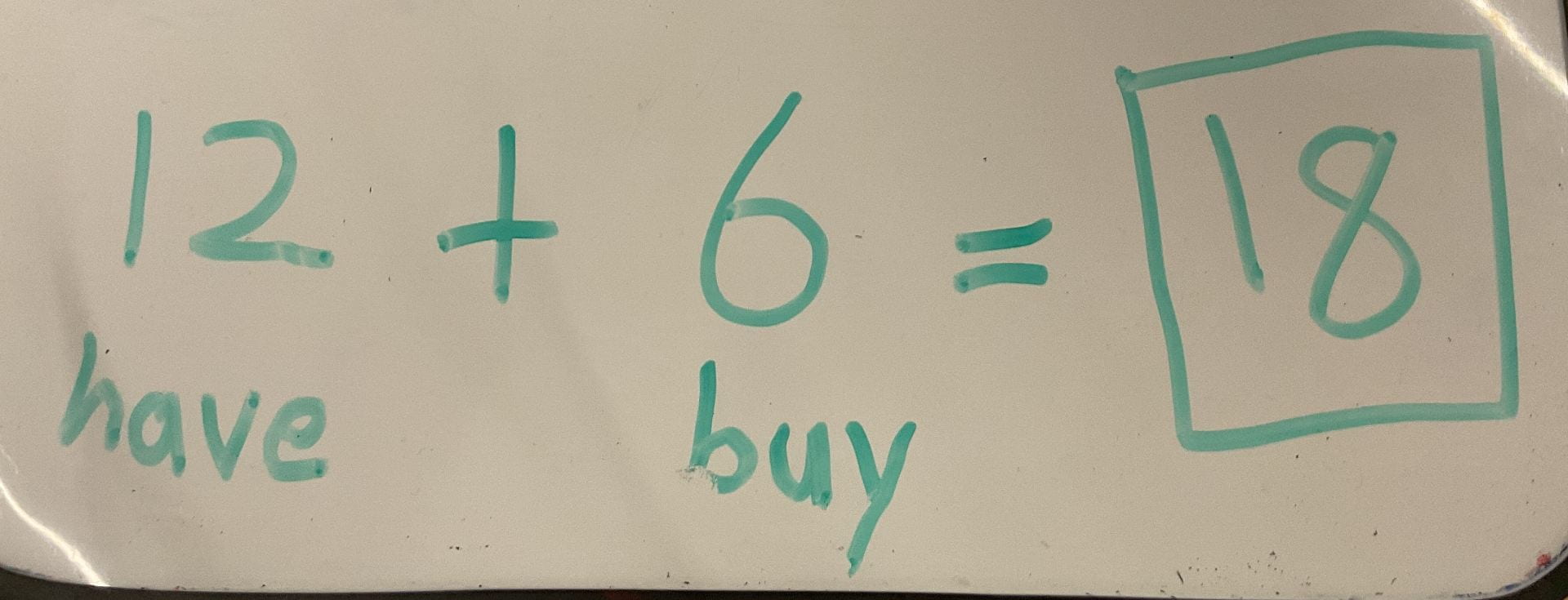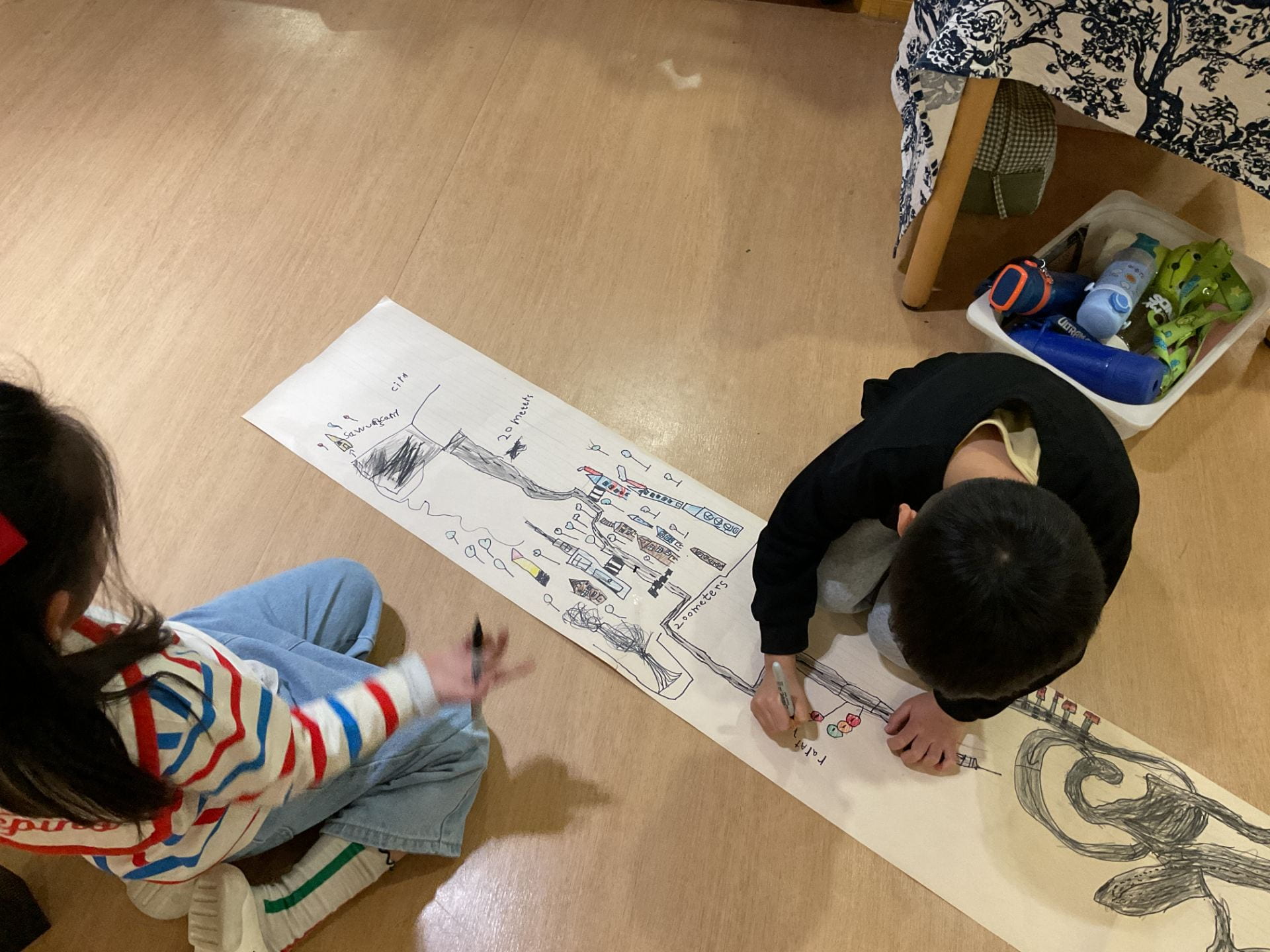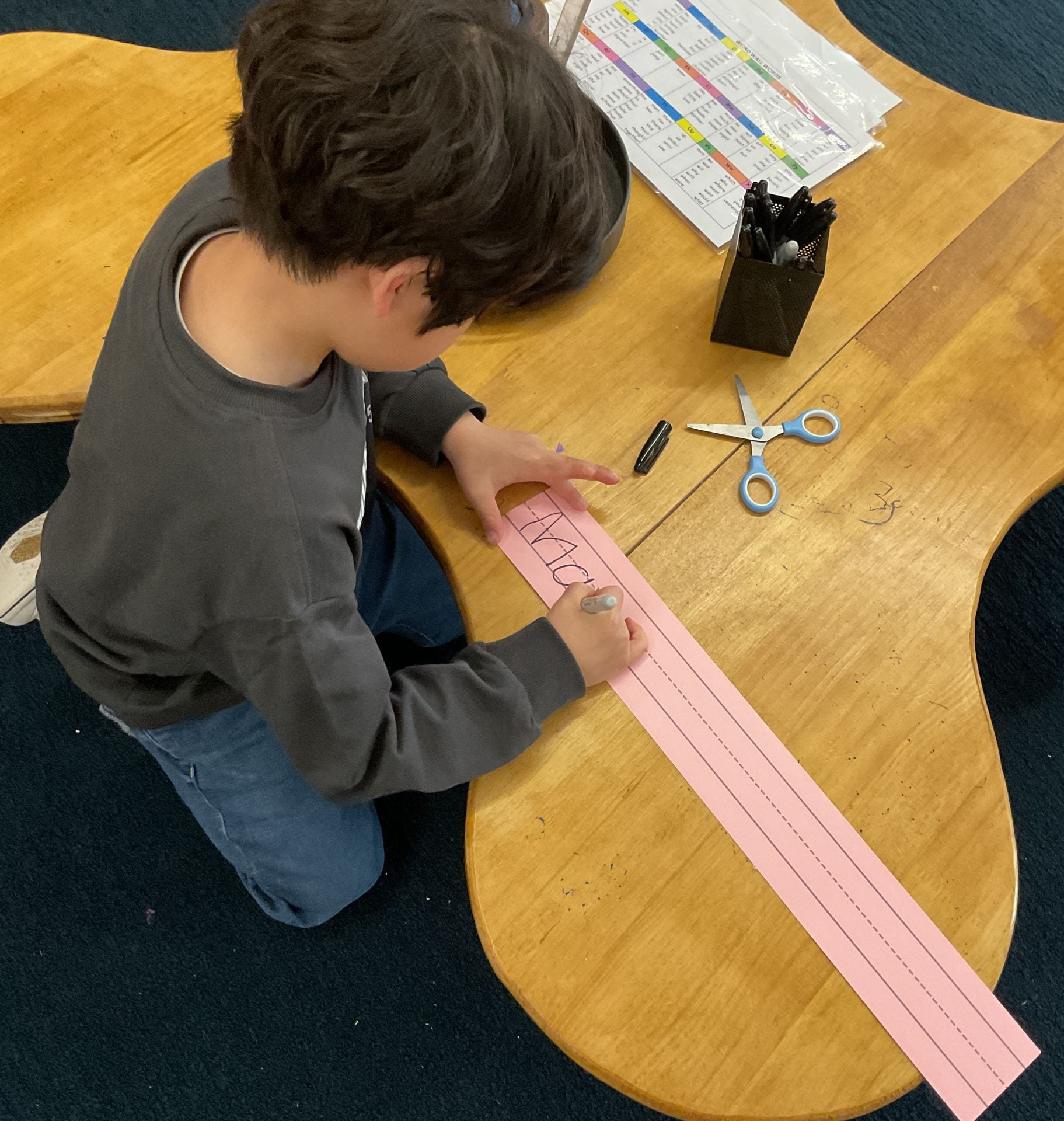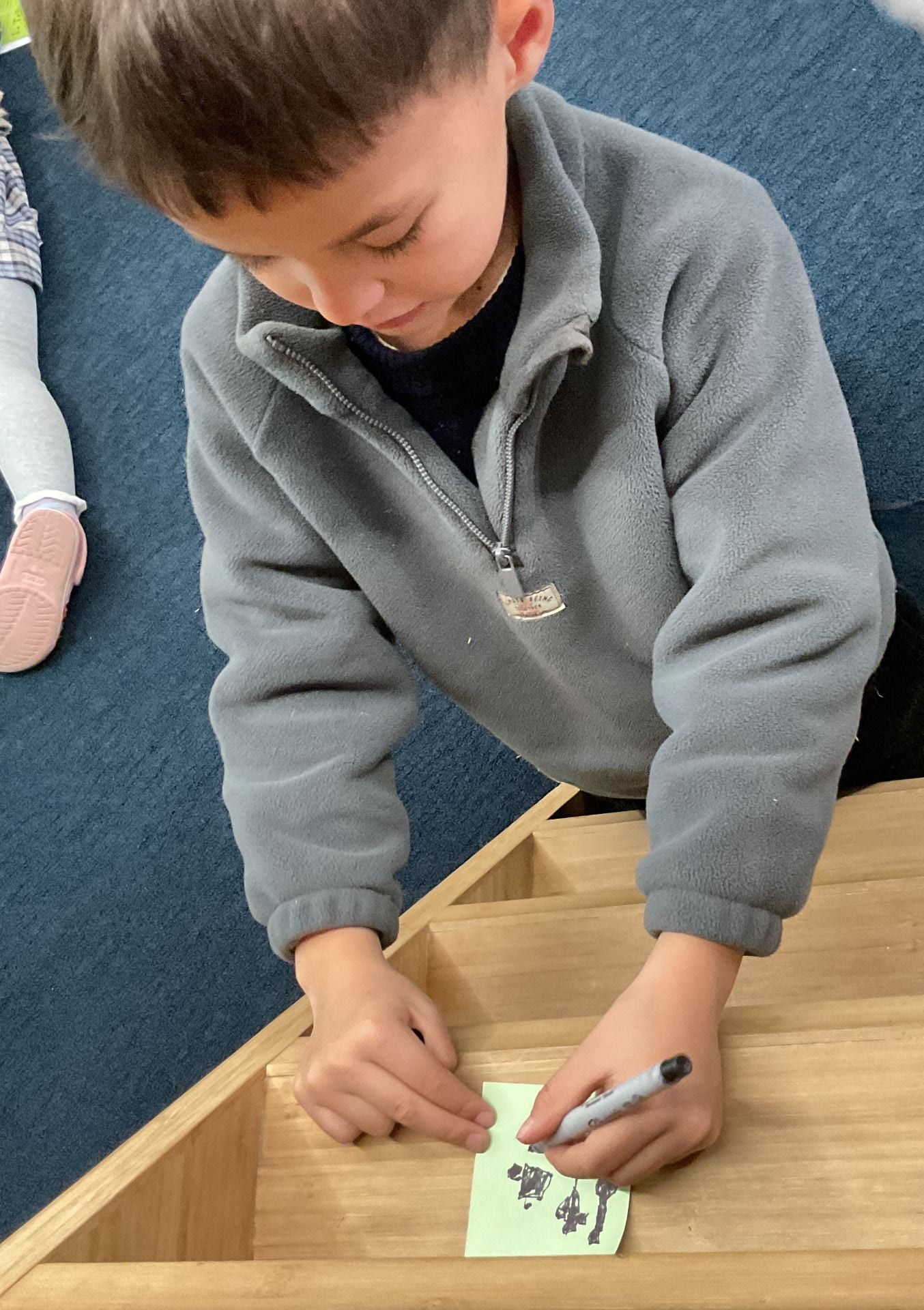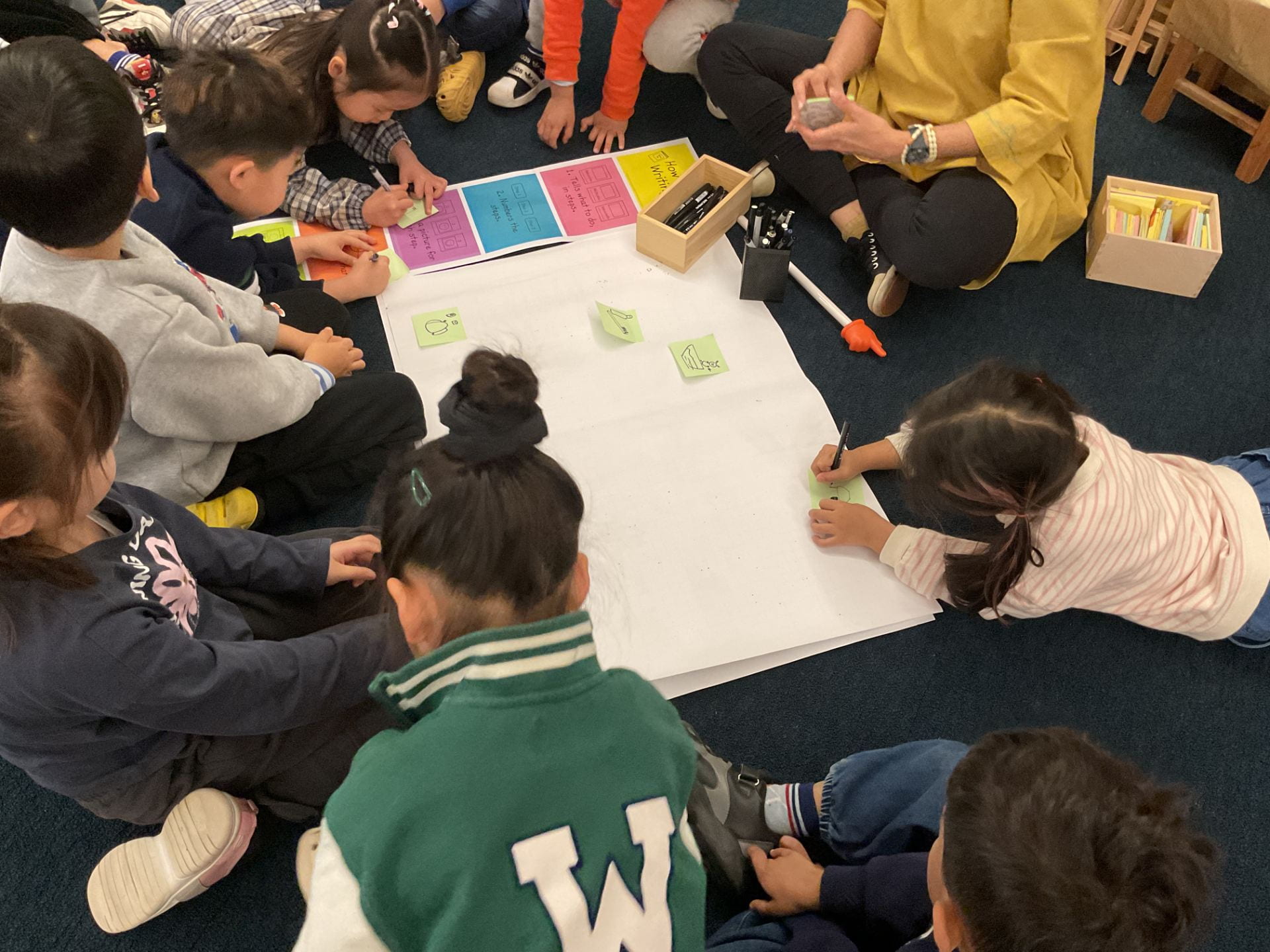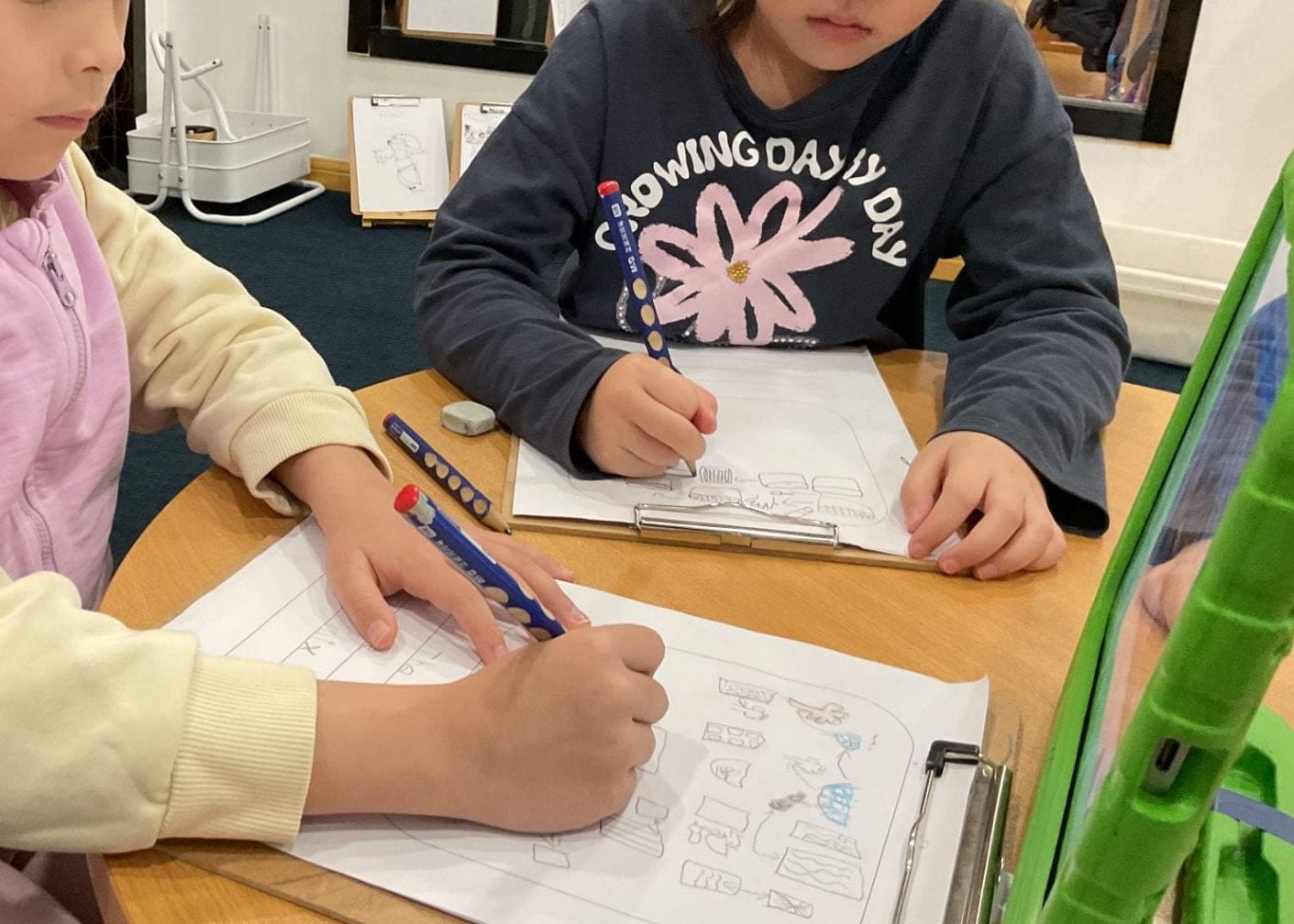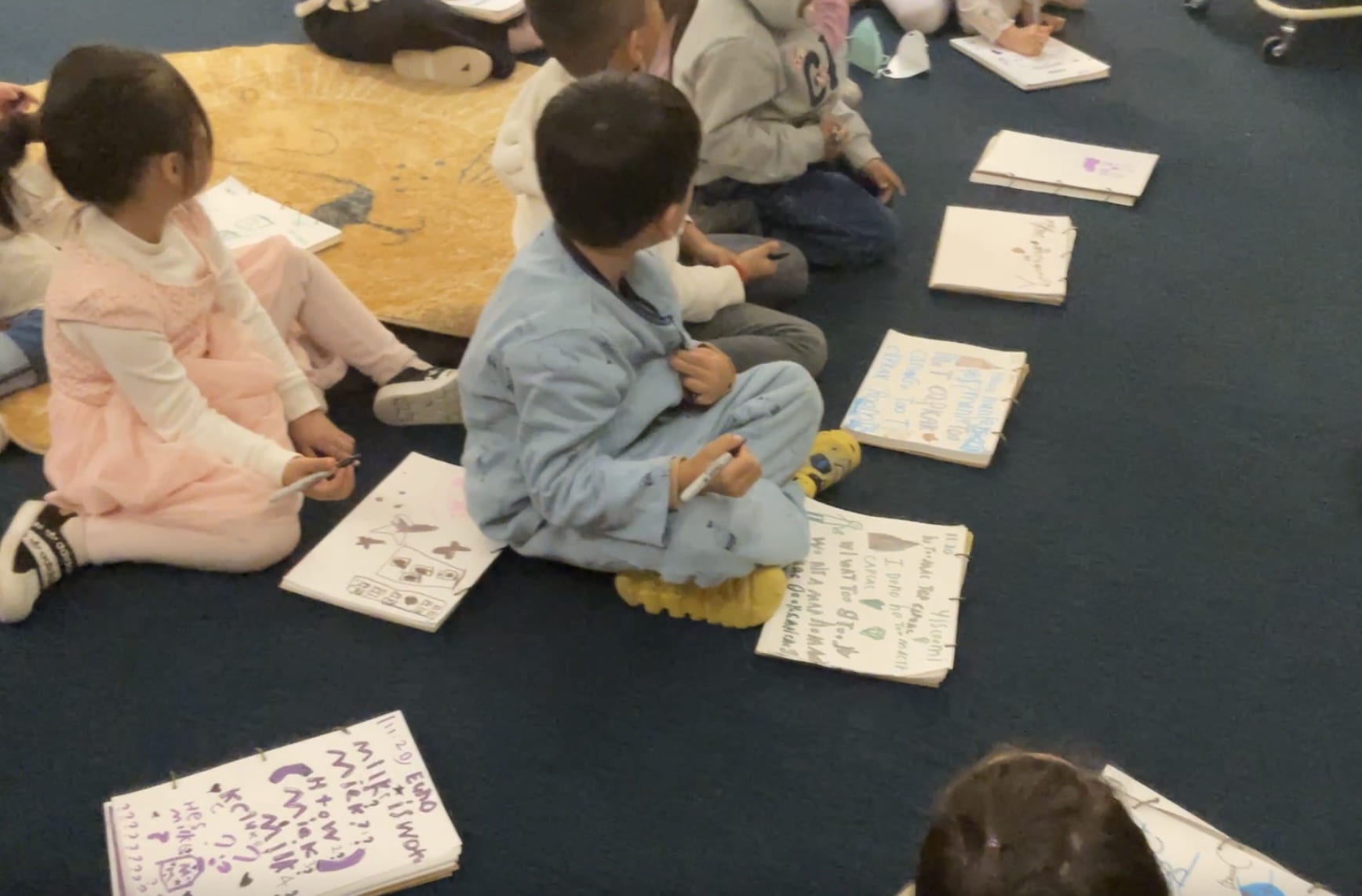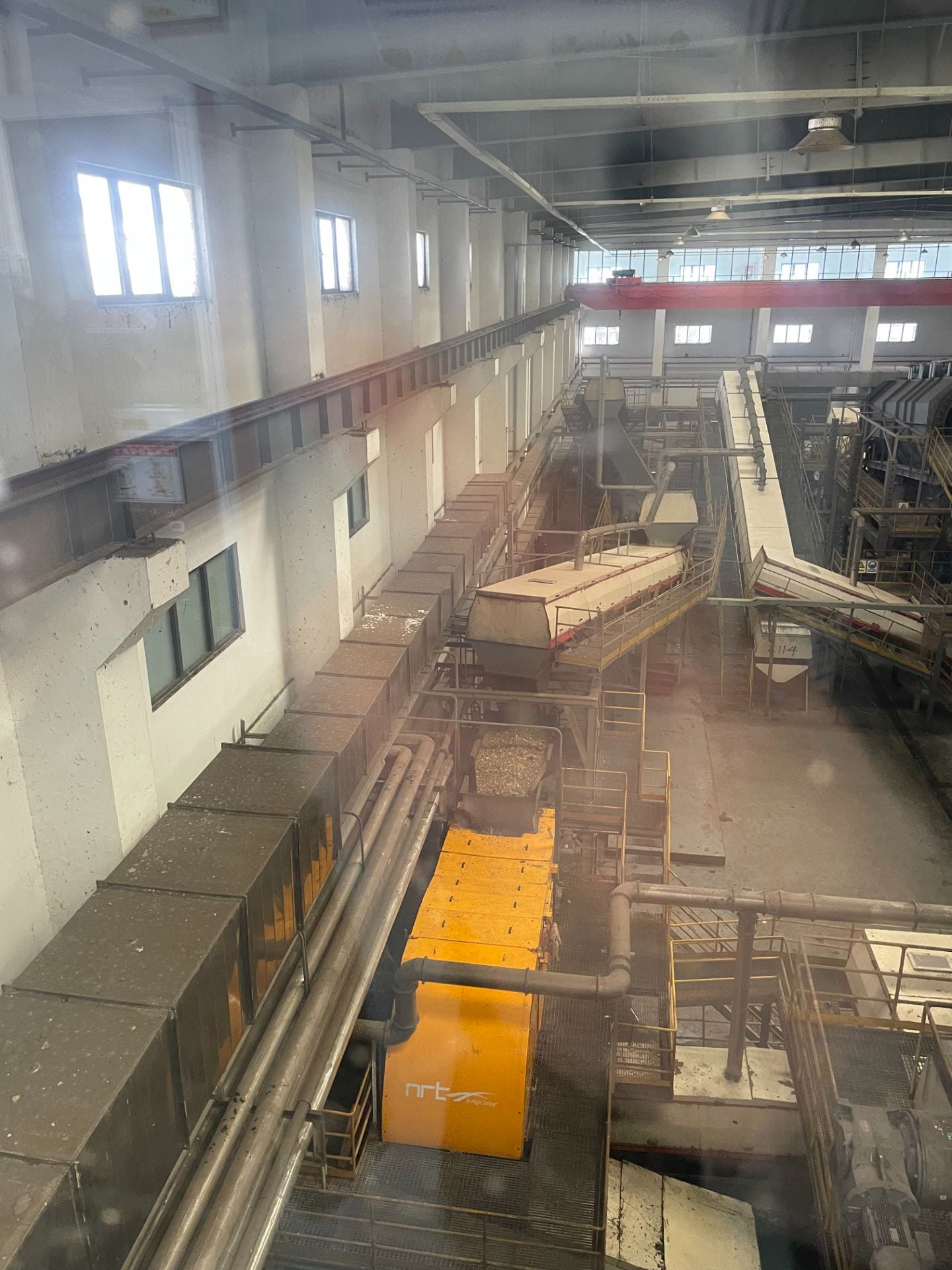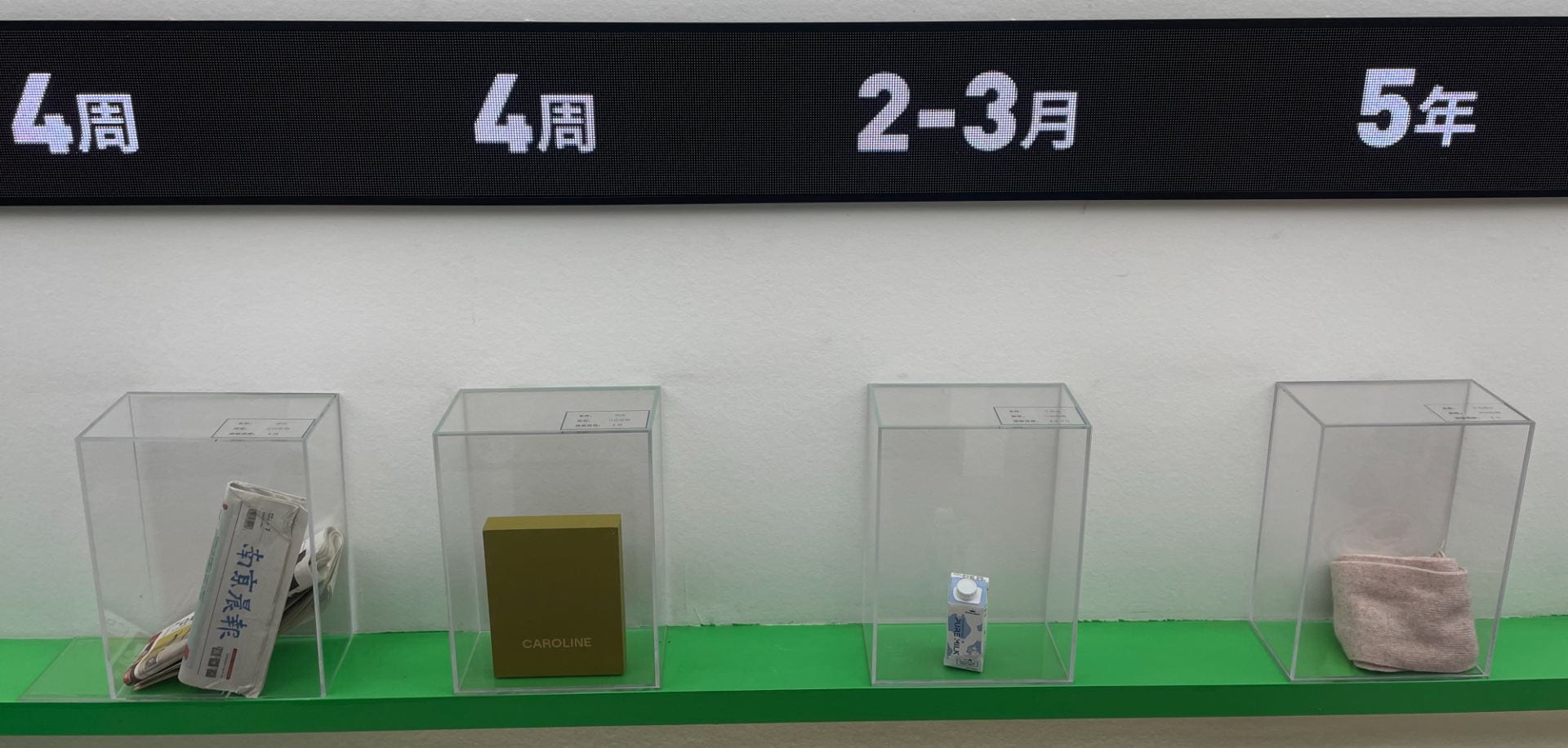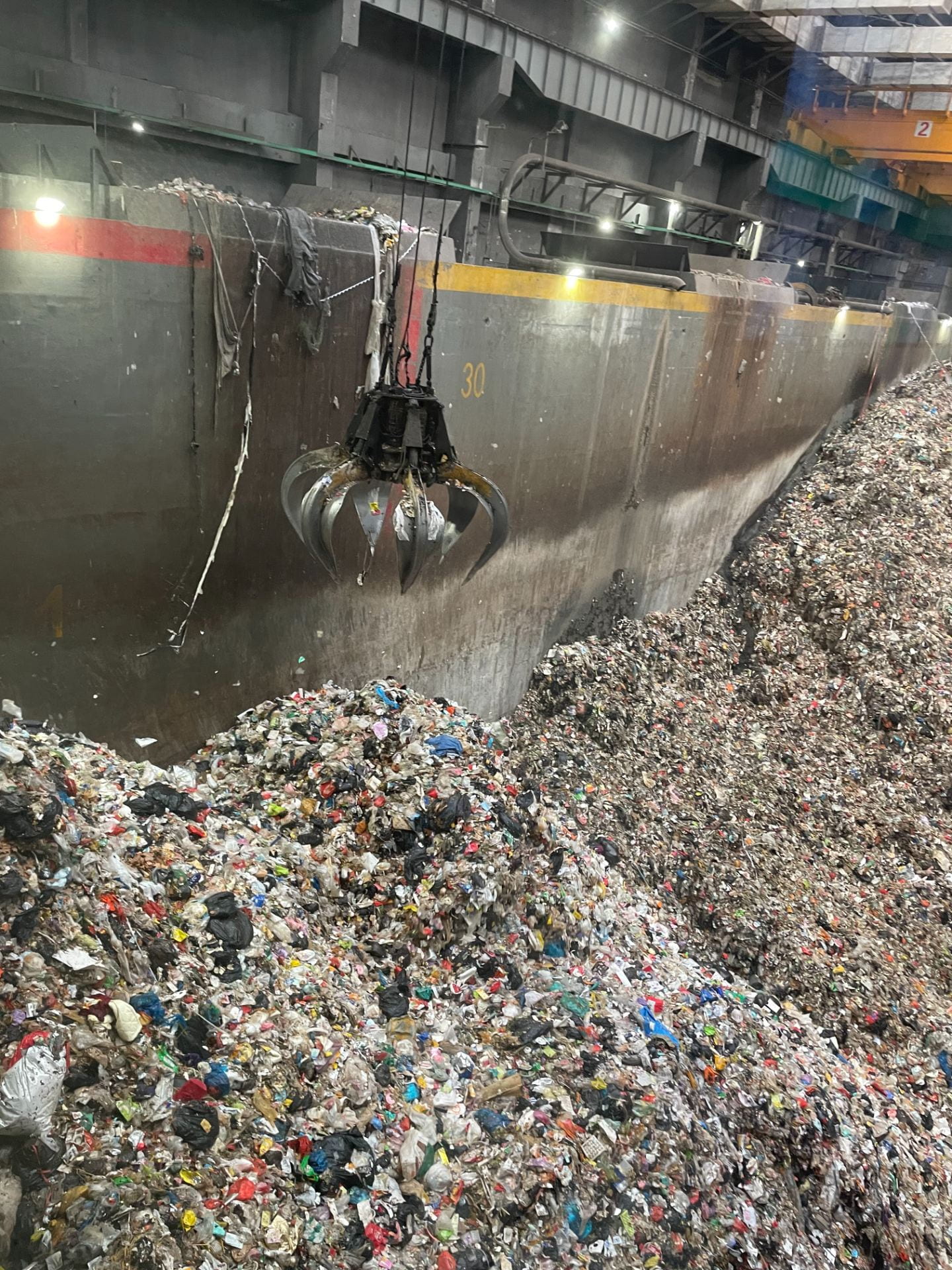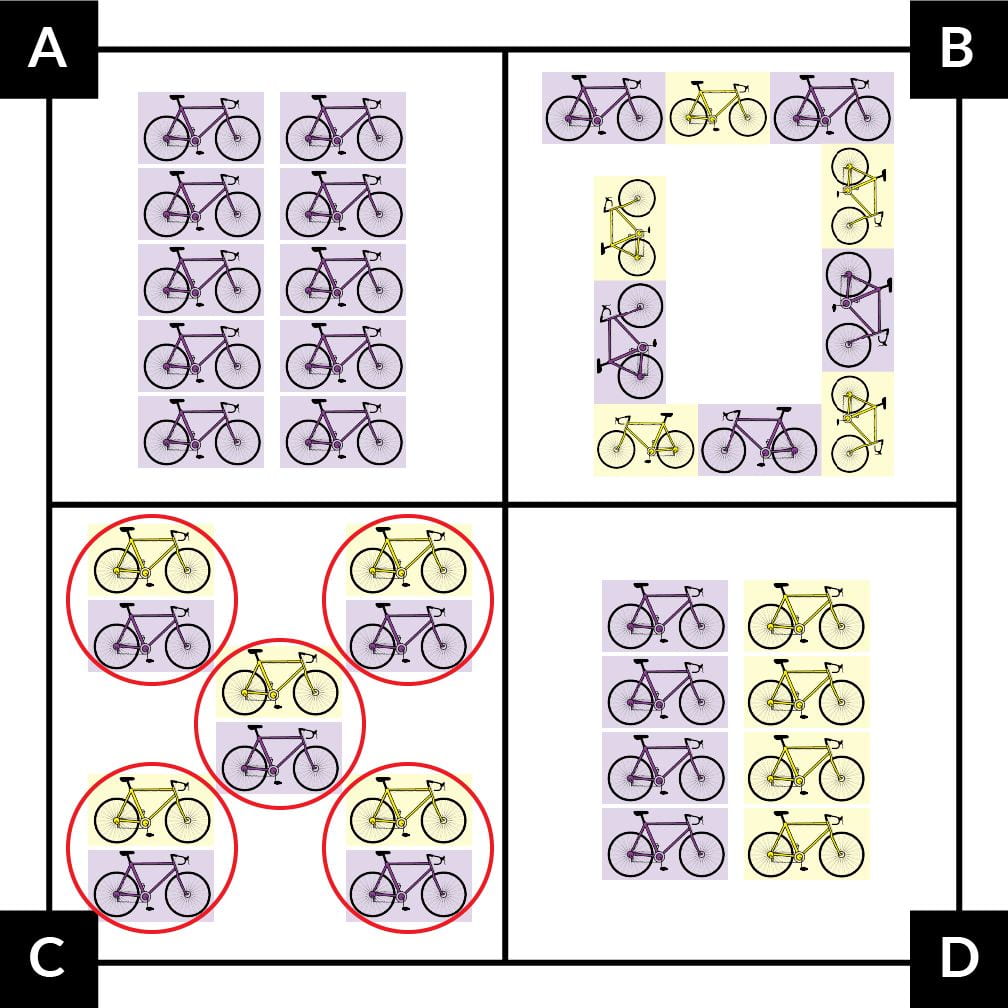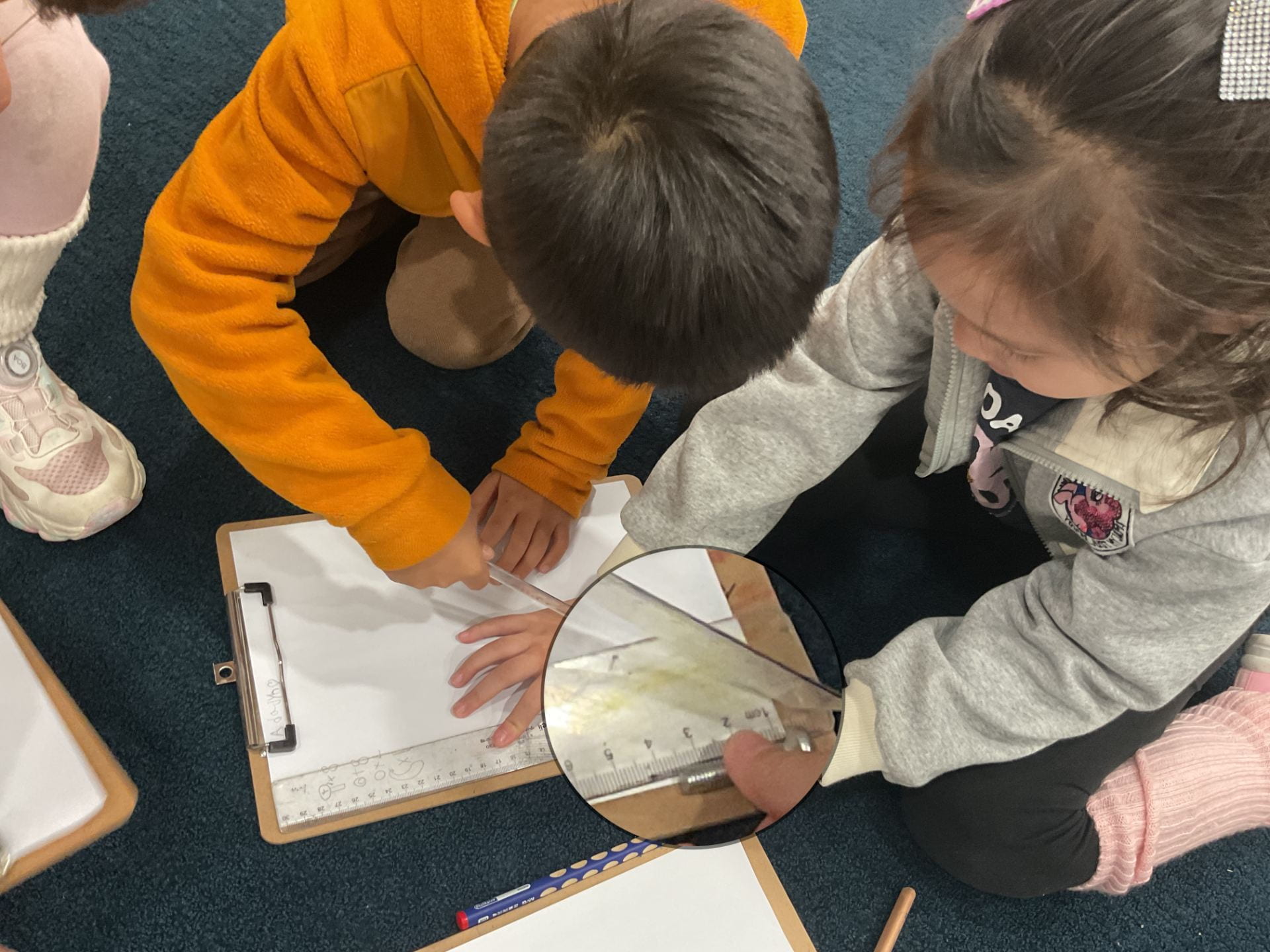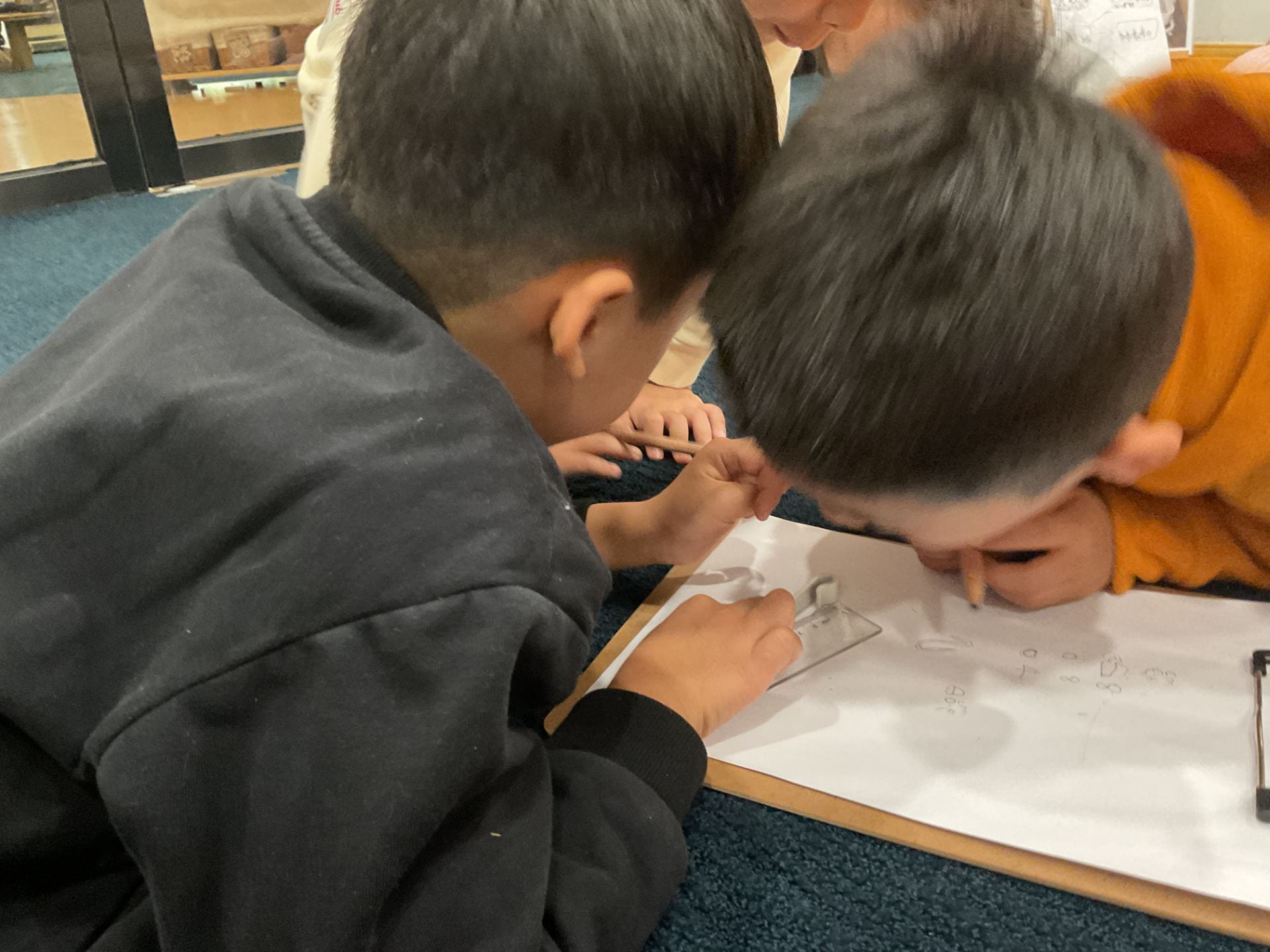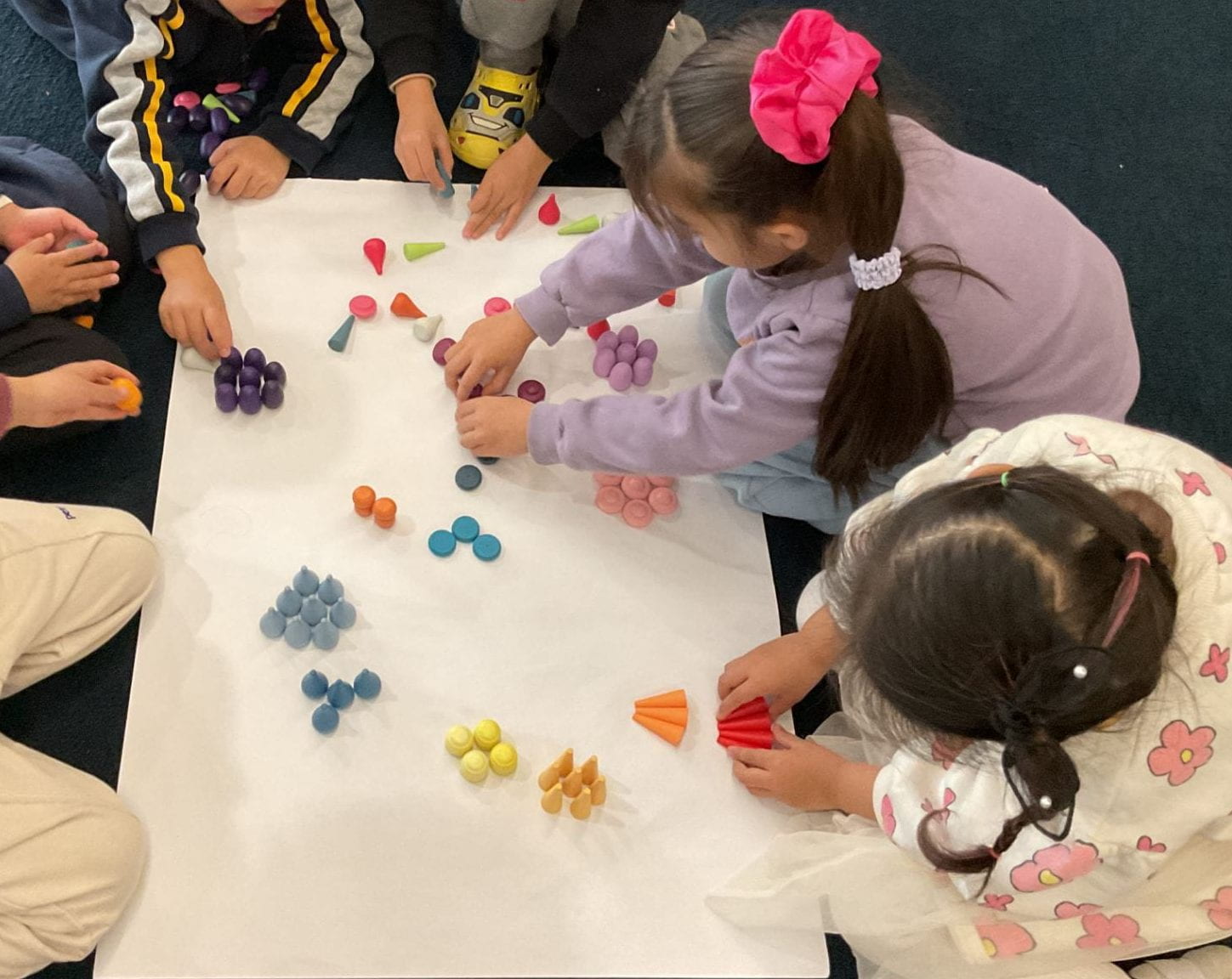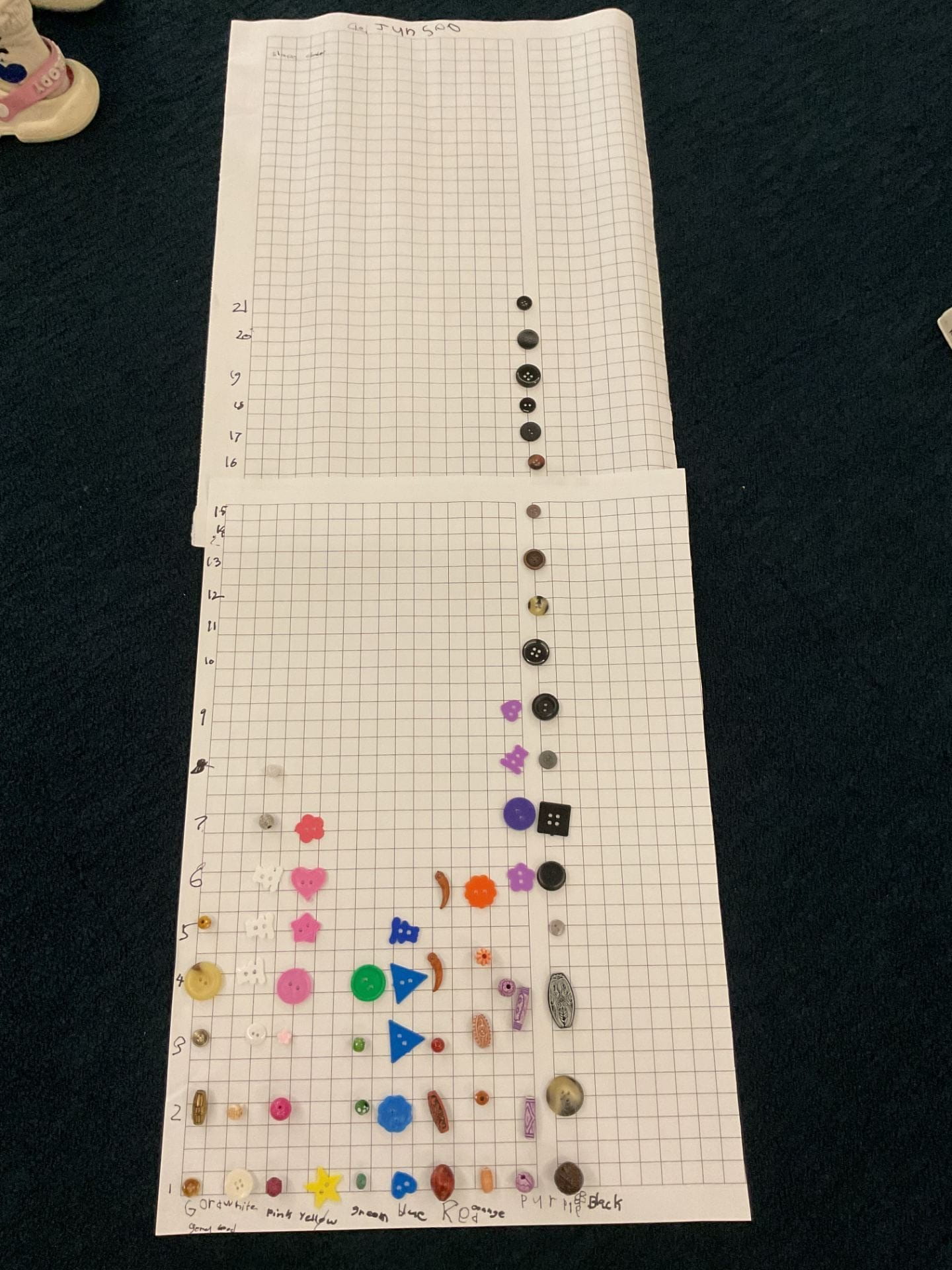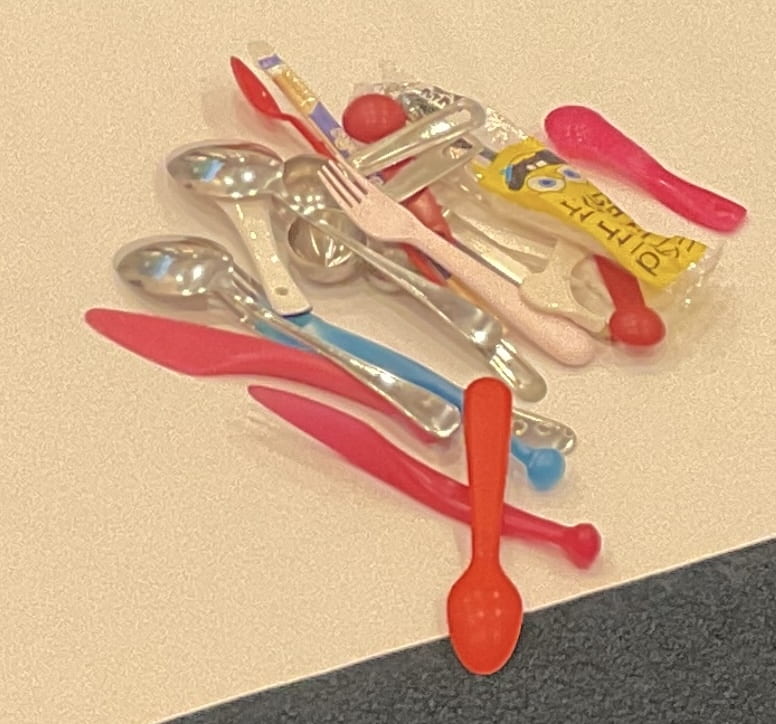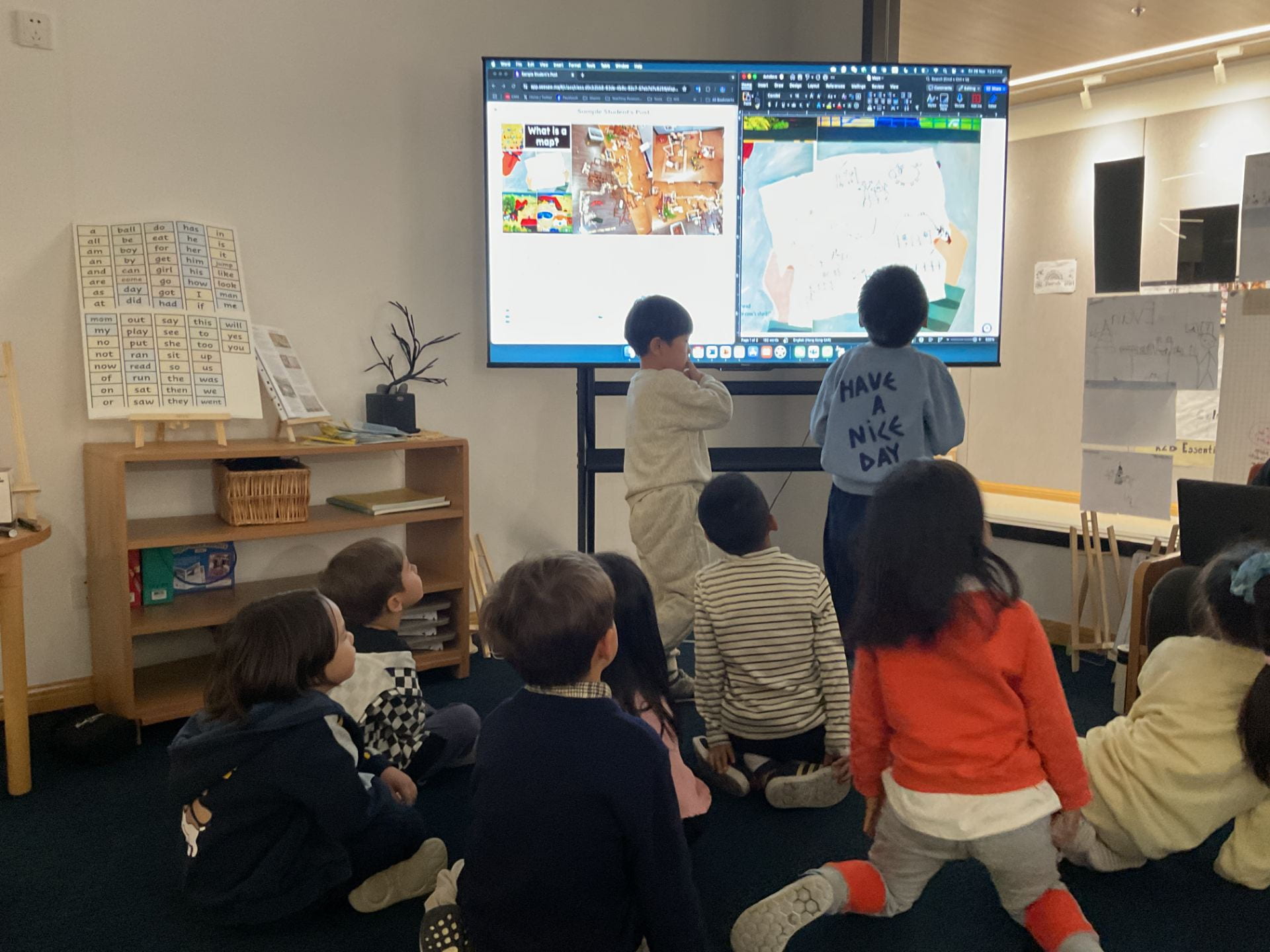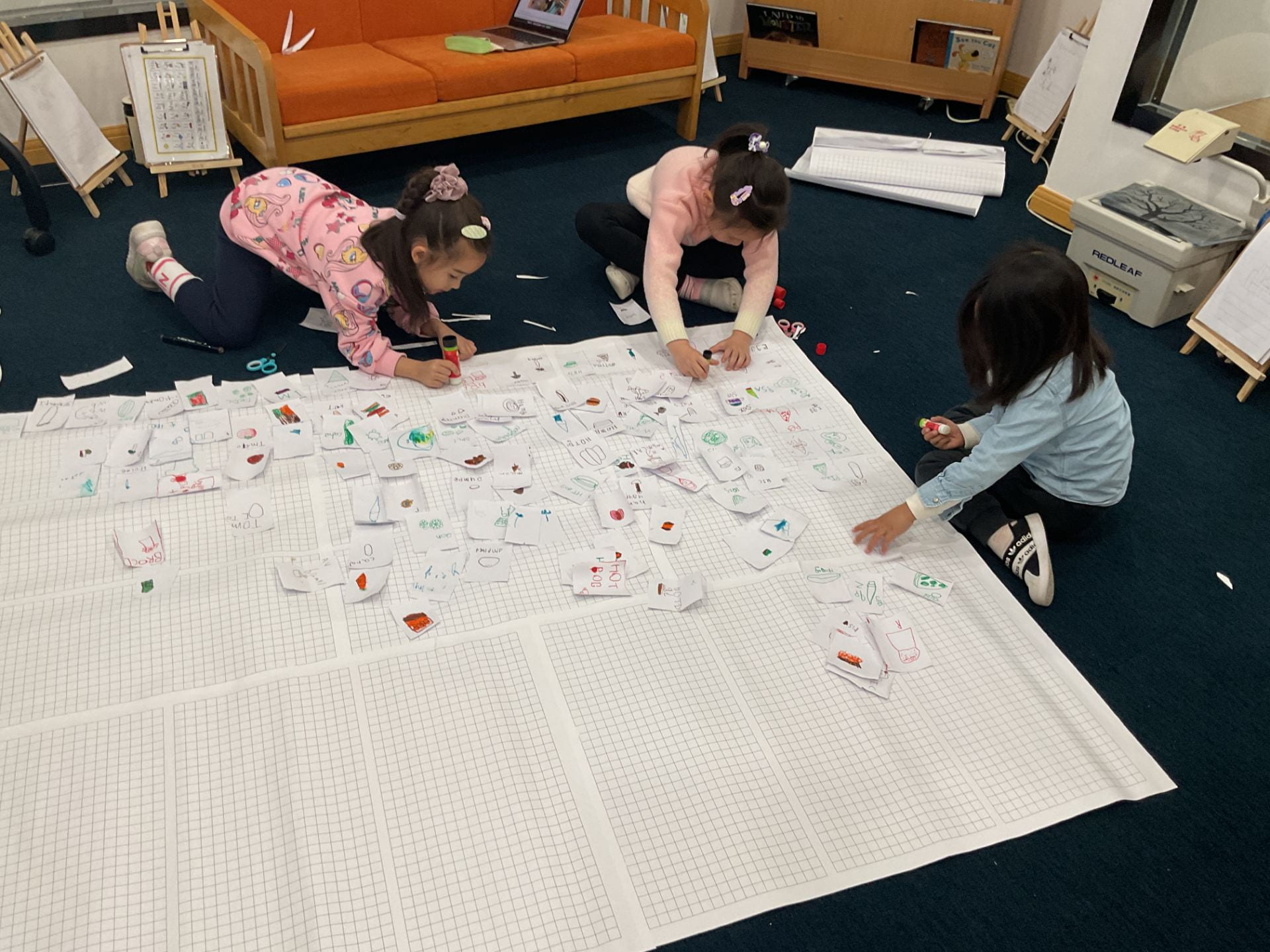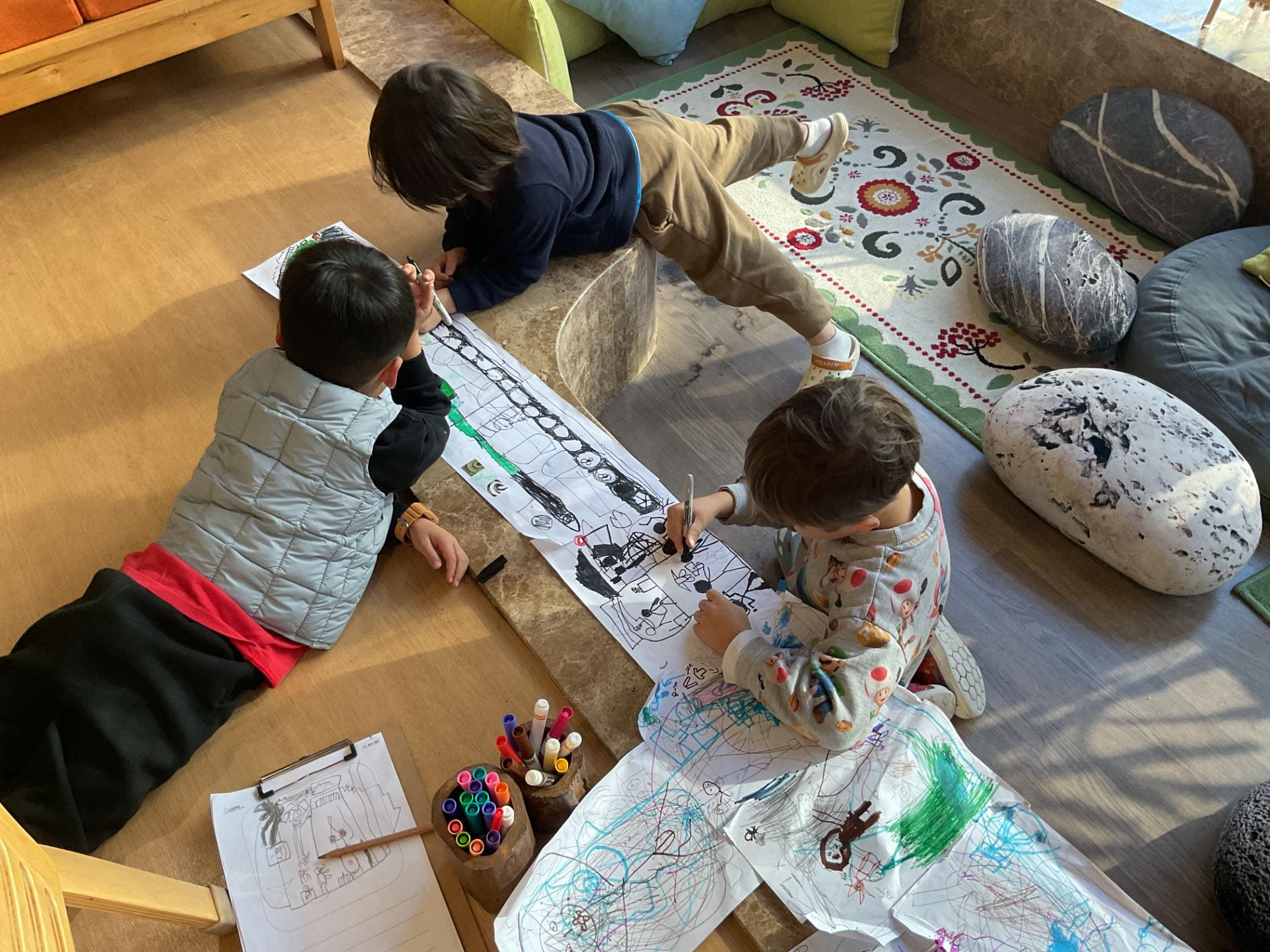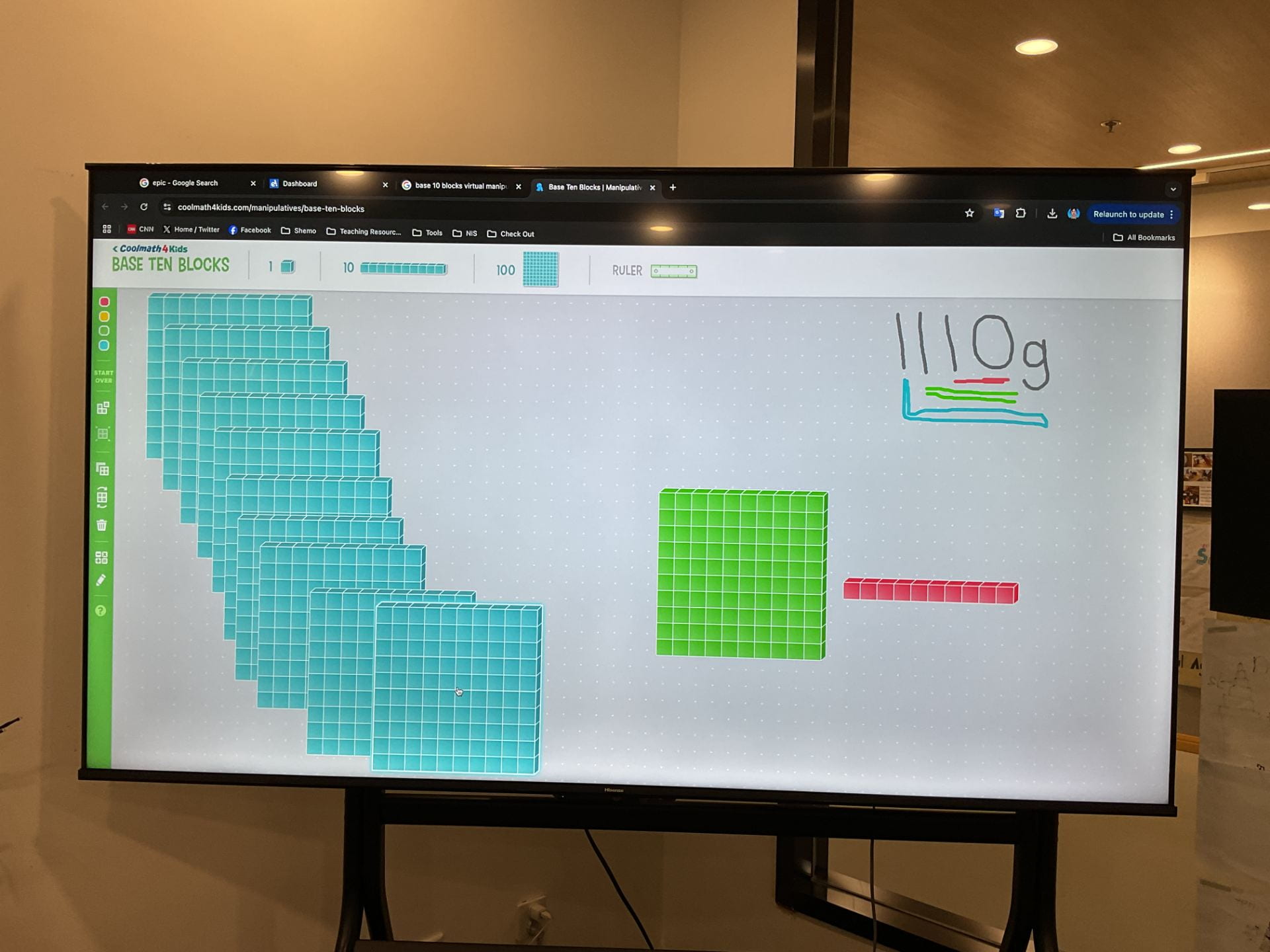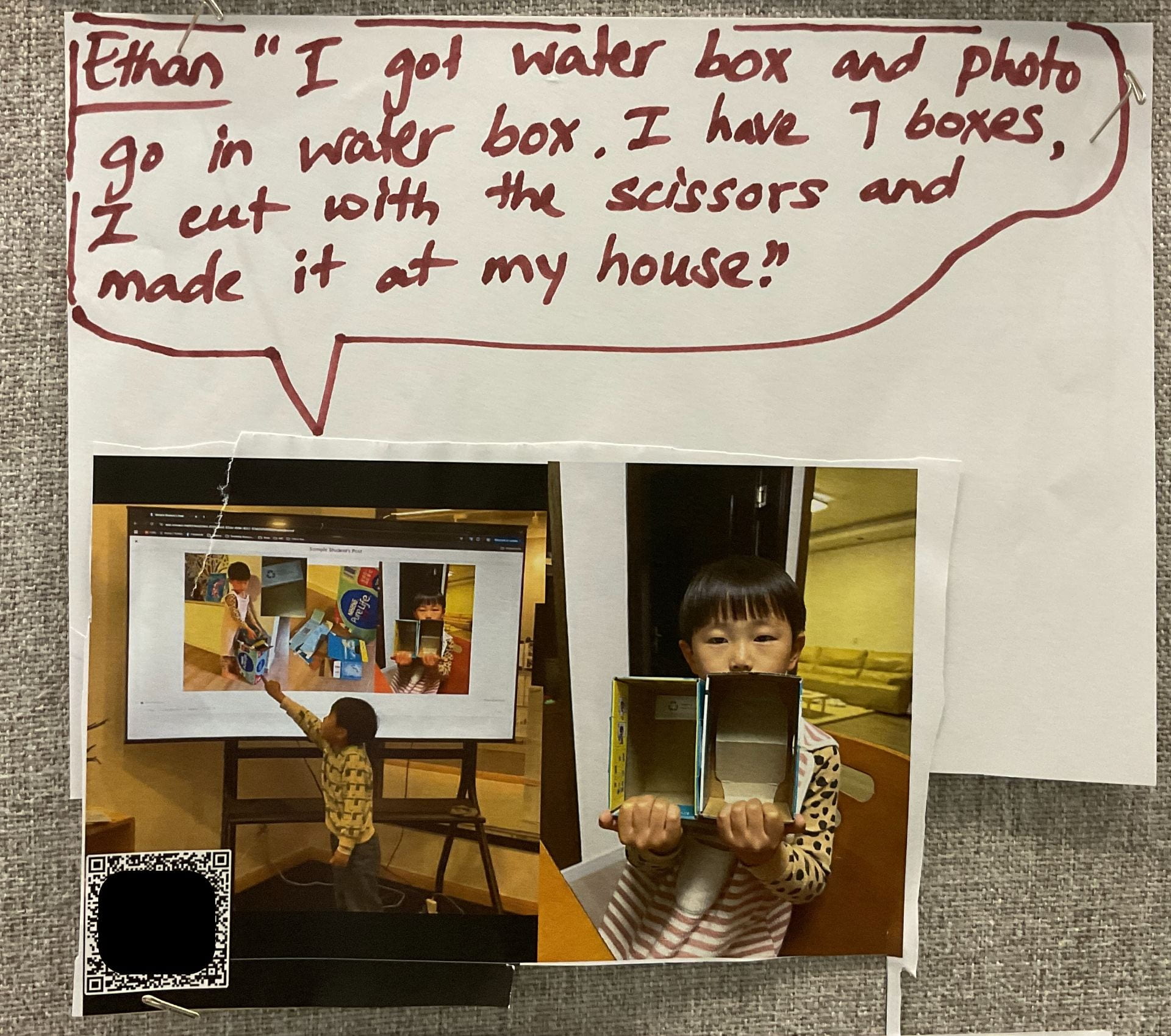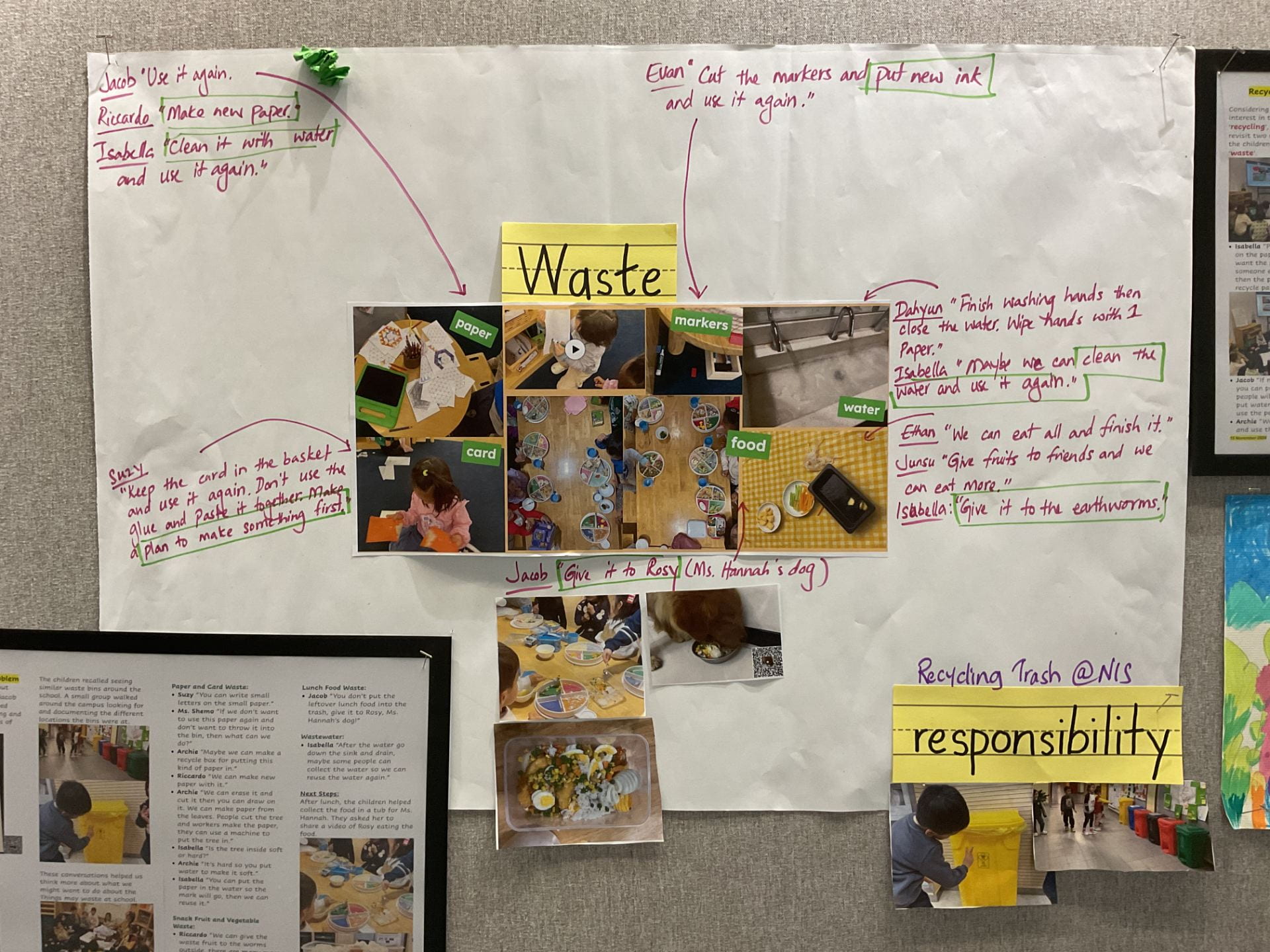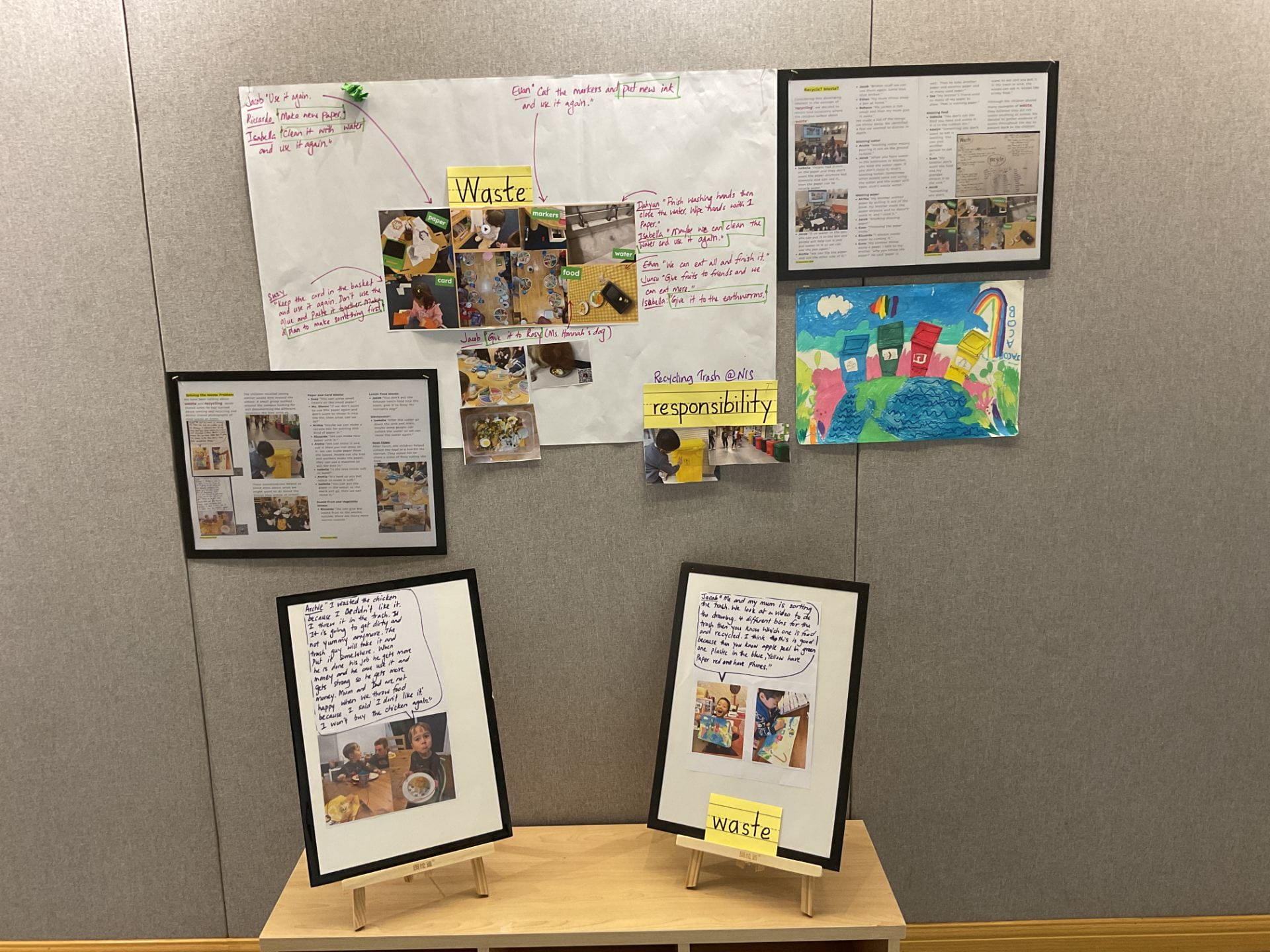The Trolley Project: Sourcing the Missing Parts
The trolley assembly team had been working on their project for a few weeks. Having lost some parts, they were trying to figure out their next steps. They had decided to reach out to different people in the community to ask for their help. The children checked their lists to see if all the missing parts were recorded on their papers. They found that they still needed to add one more piece of data, the missing back rings on the wheel. Then, they measured the part of the wheel that was going to be connected to the rings.

- Evan “You should start it from ‘0’ like when we measure the milk.”
- Jacob “It is 2.5 cm.”
Now that they had a list of all the missing parts, they decided that they were ready to ask members of the community for help and more information. They made a list of the people they were going to visit.

- Adalyn “We are most familiar with Ms. Jo, so let’s start to ask her first.”
- Isabella and Adalyn, “We once went to Mr. Arek’s room and we didn’t see these stuff in his room, so maybe he doesn’t have them.”
- Isabella “We can go ask Mr. Matt next then.”
- Adalyn “We can ask facility people the after. Finally, if none of those people have the missing parts, we can go ask the people who helped us purchase the trolley to buy a new set.”
- Jacob “Ms. Jo, we are assembling a two-levels tall trolley, and some of the parts were missing, so we wonder if you can help us find some same ones in your room?”
- Jo “Sure but what are they?”
Evan showed Ms. Jo his clipboard and pointed at the stuff on it, “We need some screws which is 8 cm long and some nuts.”
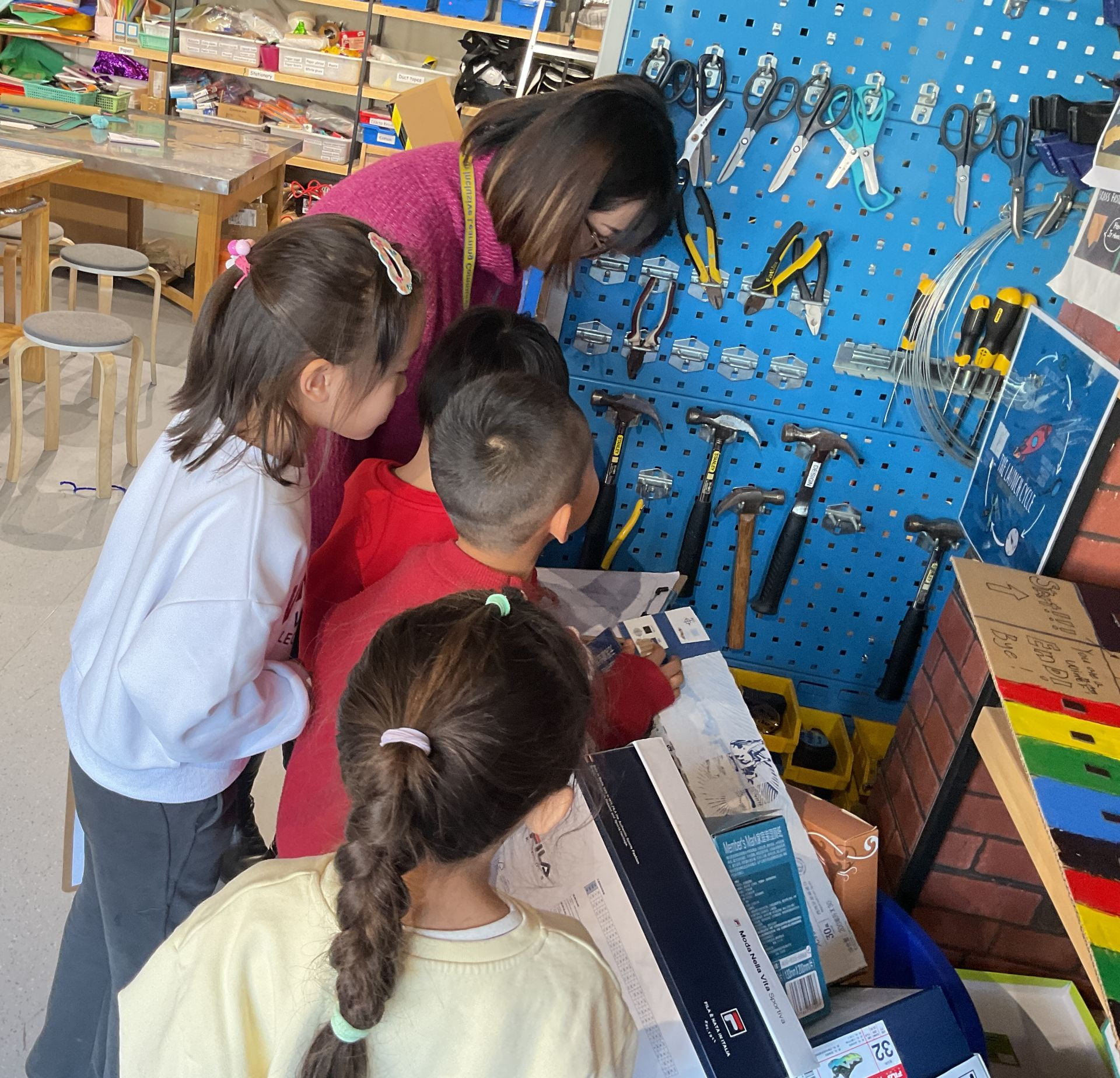
- Isabella “We need some hooks too.”
Ms. Jo led the team to her tool board and checked but she didn’t have any of the parts that we needed.
- Isabella “It is fine, we can go ask other people.”
When the facility staff member came in the afternoon, the team showed him the parts that got lost and what they were looking for. Unfortunately, he told them that they do have some screws and nuts, but they don’t have the same ones that we need.
 Adalyn “We need to go ask Ms. Cherry if she can help us buy another set of the small pieces now.”
Adalyn “We need to go ask Ms. Cherry if she can help us buy another set of the small pieces now.”
The team began to plan their visit to see Ms. Cherry.
- Sophia “What would we need to say to her?”

- Evan “The trolley pieces are missing. We need the screws, nuts, black rings and hooks.”
- Sophia “What other information do we want from Ms. Cherry?”
- Jacob “We are missing some parts of the trolley, can you ask the people who sell the trolley to sell the little pieces to us?”
- Adalyn “I think she will say yes because I used to buy things online, some of the small parts were missing and I can ask the shopkeeper to only order those certain parts.” (in Mandarin)
- Sophia “Any other questions we want to ask if she says yes?
- Adalyn “Who do we need to ask for the permission when we need to order something?”
- Jacob “Should we ask Ms. Jacqui if she can give us some money to buy it? Do we need to send a message to Ms. Jacqui and ask her?”
Children wrote down their questions before heading over to see Ms. Cherry.
 The children went over to the main building to meet Ms. Cherry. They explained the problem to her, showing her their drawings and documentation to help her understand which pieces were needed to complete the trolley.
The children went over to the main building to meet Ms. Cherry. They explained the problem to her, showing her their drawings and documentation to help her understand which pieces were needed to complete the trolley.
 When the team returned, they recorded the information that Ms. Cherry shared about the process of ordering things for the class.
When the team returned, they recorded the information that Ms. Cherry shared about the process of ordering things for the class.

- Evan “We need to fill an E-Form.”
- Adalyn “We need to fill the money of the things that we need.”
- Isabella “We need to first ask the permission from Ms. Jacqui. We ask her in the system.”
- Adalyn “We choose Ms.Cherry in the system so the form can be sent to her.”
- Isabella “We choose Primary school to find Ms Jacqui.”
- Adalyn “We need to type the title of the things we need to order.”
- Isabella “We need to write the number of things in the system.”
- Adalyn “We need to click save.”
- Evan “You need to write your name in the system as well.”
- Jacob “We need to put our classroom in it so when it is arrived people know where to deliver it. We can check the list after we click save. If there’s any mistakes, we need to correct them.”
- Adalyn “We check the list and send out.”
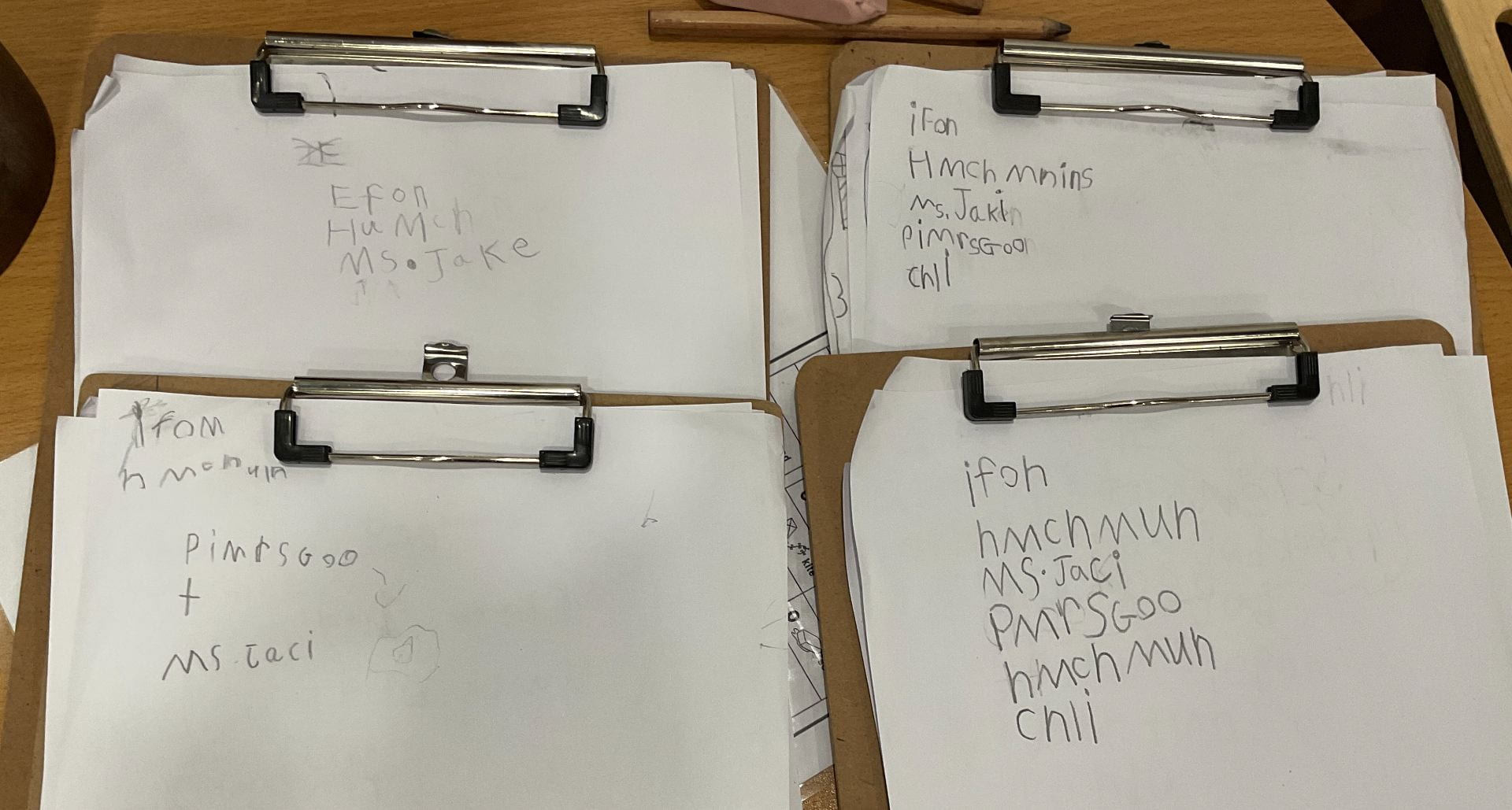
The team were excited to learn that a box had arrived in the post.
 They opened it up to find the missing pieces that they needed to assemble the trolley.
They opened it up to find the missing pieces that they needed to assemble the trolley.
Presenting the Trolley
The team presented the trolley to the class.

- Adalyn “We are making the trolley to put the water bottle and the snack.”
- Evan “And lunch.”
- Isabella “When we are pressing the screws they were very hard.”
- Adalyn “So we used the tool.”
- Jacob “And the nuts is difficult to tighten up.”

- Evan “We used the tools because we need to because it’s so hard to tighten them up.”
- Teacher “Did you sometimes disagree with someone else.”
- Isabella “We figured it out. We tried it out and then one worked. We listened to each other. We tired the idea of the person who said it the first.”
- Evan “I think I took some months (to finish the trolley) because the pieces is gone.”
- Jacob “We need to ask some people and they said no.”
- Adalyn “And then we buy it.”
- Isabella “It’s not money to get it. It was free. Because it was just a little.”
- Teacher “How will we look after the trolley?”
- Suzy “Maybe we can ask PreK-K1 because they also have a trolley.
- Isabella “I can also ask PreKK1B.”
Reflecting on Learning…
The team took many months to put the trolley together. They had to overcome obstacles and collaborate to achieve their final goal, ‘to assemble the water bottle trolley’. Reflection is an important part of learning, therefore we paused to encourage the team to think about the skills they have learned, the knowledge they have acquired and attitudes they have developed as a result of their learning. They made a list of ideas they wanted to share with their friends.
- We tried everyone’s ideas to find out what works best.
- We needed to help each other put the screws and nails because you need strong muscles to fix them.
- We listened to each other so that we could know everybody’s ideas.
- We took turns to talk so we can hear those ideas.
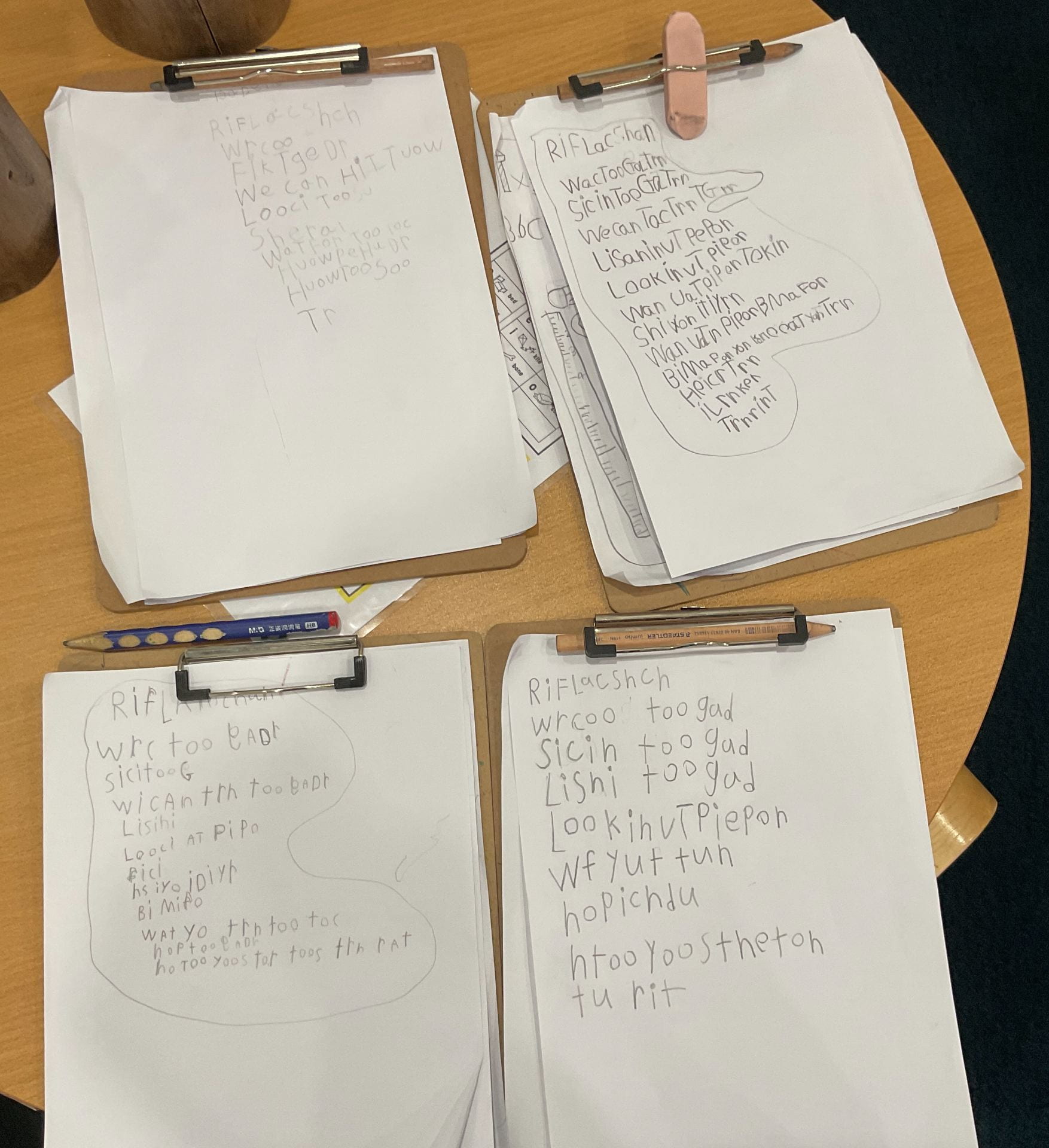
- We had to be mindful, that means we are listening and looking at other people.
- We had fun.
- The best part was completing the trolley because we can use it.
The children wanted to ask PreK-K1 how they look after the trolley. Isabella and Suzy volunteered to speak to them. They came back with suggestions on where to place the trolley and how to use it carefully.
 Through their inquiry, the team have developed a better understanding of the different ‘systems’ in place at the school to help the community maintain the school facilities and equipment. These authentic experiences have helped the team explore how ‘interconnected’ we are as we collaborate and work to ensure the community within the school has what it needs to support teaching and learning.
Through their inquiry, the team have developed a better understanding of the different ‘systems’ in place at the school to help the community maintain the school facilities and equipment. These authentic experiences have helped the team explore how ‘interconnected’ we are as we collaborate and work to ensure the community within the school has what it needs to support teaching and learning.
 By using their ‘senses’ to explore the world around them, the team had opportunities to pursue their ideas based on their curiosities, documenting their thinking through a variety of mediums.
By using their ‘senses’ to explore the world around them, the team had opportunities to pursue their ideas based on their curiosities, documenting their thinking through a variety of mediums.
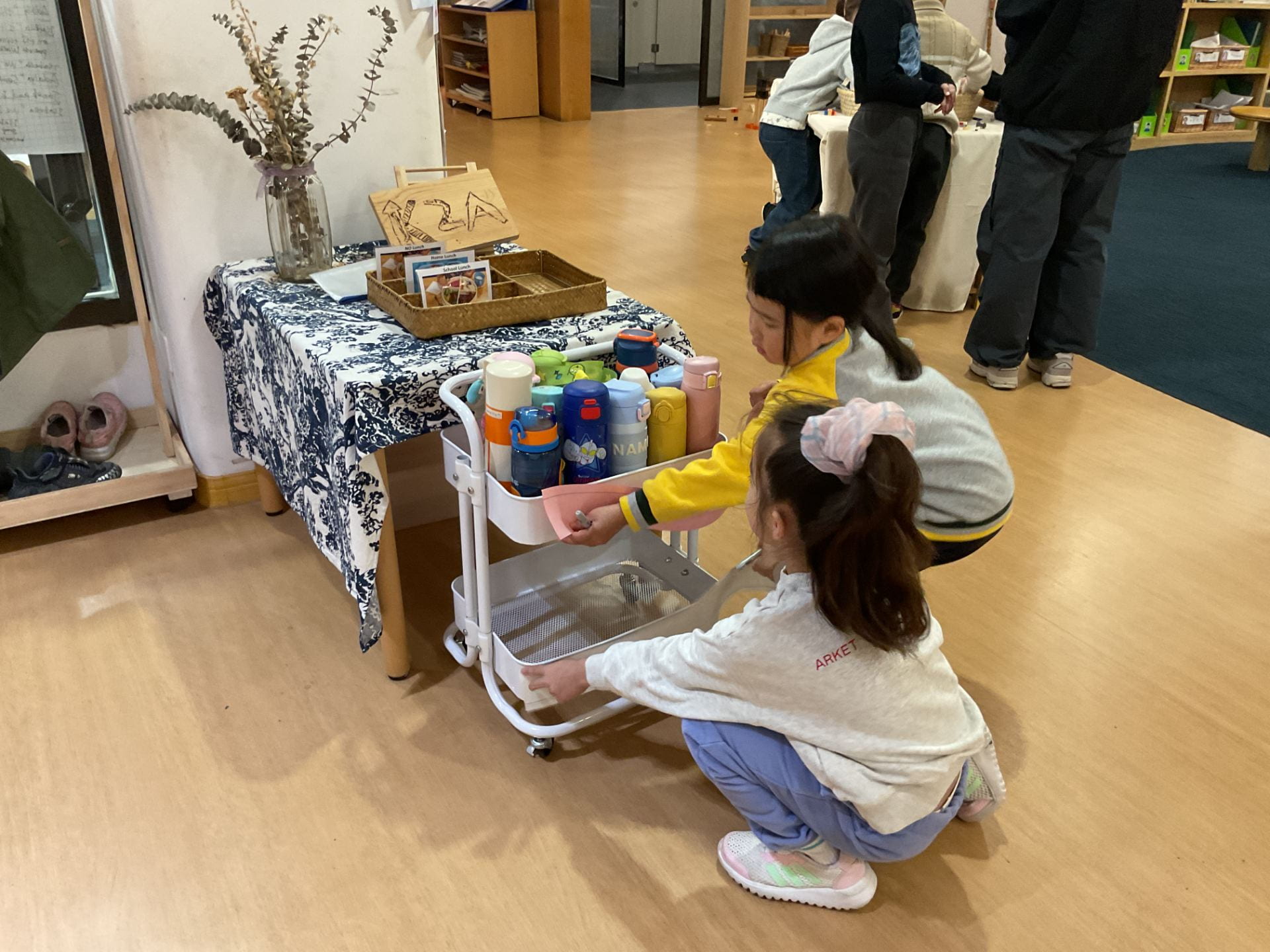 The team had opportunities to explore mathematical concepts about ‘measurement’ and ‘number’.
The team had opportunities to explore mathematical concepts about ‘measurement’ and ‘number’.
 They developed their literacy skills as they took notes at interviews, documented their thinking, created plans and noted reflections using illustrations, words and sentences.
They developed their literacy skills as they took notes at interviews, documented their thinking, created plans and noted reflections using illustrations, words and sentences.  Presenting ideas and updates to the class encouraged the team to see themselves as problem-solvers, risk-takers and communicators.
Presenting ideas and updates to the class encouraged the team to see themselves as problem-solvers, risk-takers and communicators.
– Jacob’s statement, “You turn right to tighten the screws and left to untight (loosen the screws).” Shows how the team developed their skills and knowledge about tools (wrenches and Allen keys) for making and design.
 The children enjoyed both making and decorating the cupcakes, adding frosting and topping the cakes with Smarties, sprinkles, and wafer biscuits.
The children enjoyed both making and decorating the cupcakes, adding frosting and topping the cakes with Smarties, sprinkles, and wafer biscuits.  As they worked to decorate over 75 cupcakes, the children in K2B made chocolate chip cookies for both classes.
As they worked to decorate over 75 cupcakes, the children in K2B made chocolate chip cookies for both classes. Finally, the children enjoyed a treat of hot chocolate. We were pleased that the milk had not gone to waste but was instead used to make hot chocolate for everyone on the trip.
Finally, the children enjoyed a treat of hot chocolate. We were pleased that the milk had not gone to waste but was instead used to make hot chocolate for everyone on the trip. The cleaning staff and gardeners were excited to come into the Early Years Centre to meet the children. They were eager to learn about the project the children had been working on and delighted by the thoughtful gesture.
The cleaning staff and gardeners were excited to come into the Early Years Centre to meet the children. They were eager to learn about the project the children had been working on and delighted by the thoughtful gesture. K2A visited all the different spaces with their teachers and their birthday cupcake trolley to distribute cupcakes to all the staff who had not received a cupcake for their birthday. They visited Aiden Kitchen, Homecaught, and the security guards.
K2A visited all the different spaces with their teachers and their birthday cupcake trolley to distribute cupcakes to all the staff who had not received a cupcake for their birthday. They visited Aiden Kitchen, Homecaught, and the security guards. The children’s inquiry created opportunities for authentic learning experiences, allowing them to understand and appreciate the work that various members of the community engage in to make the school a positive and joyful environment.
The children’s inquiry created opportunities for authentic learning experiences, allowing them to understand and appreciate the work that various members of the community engage in to make the school a positive and joyful environment.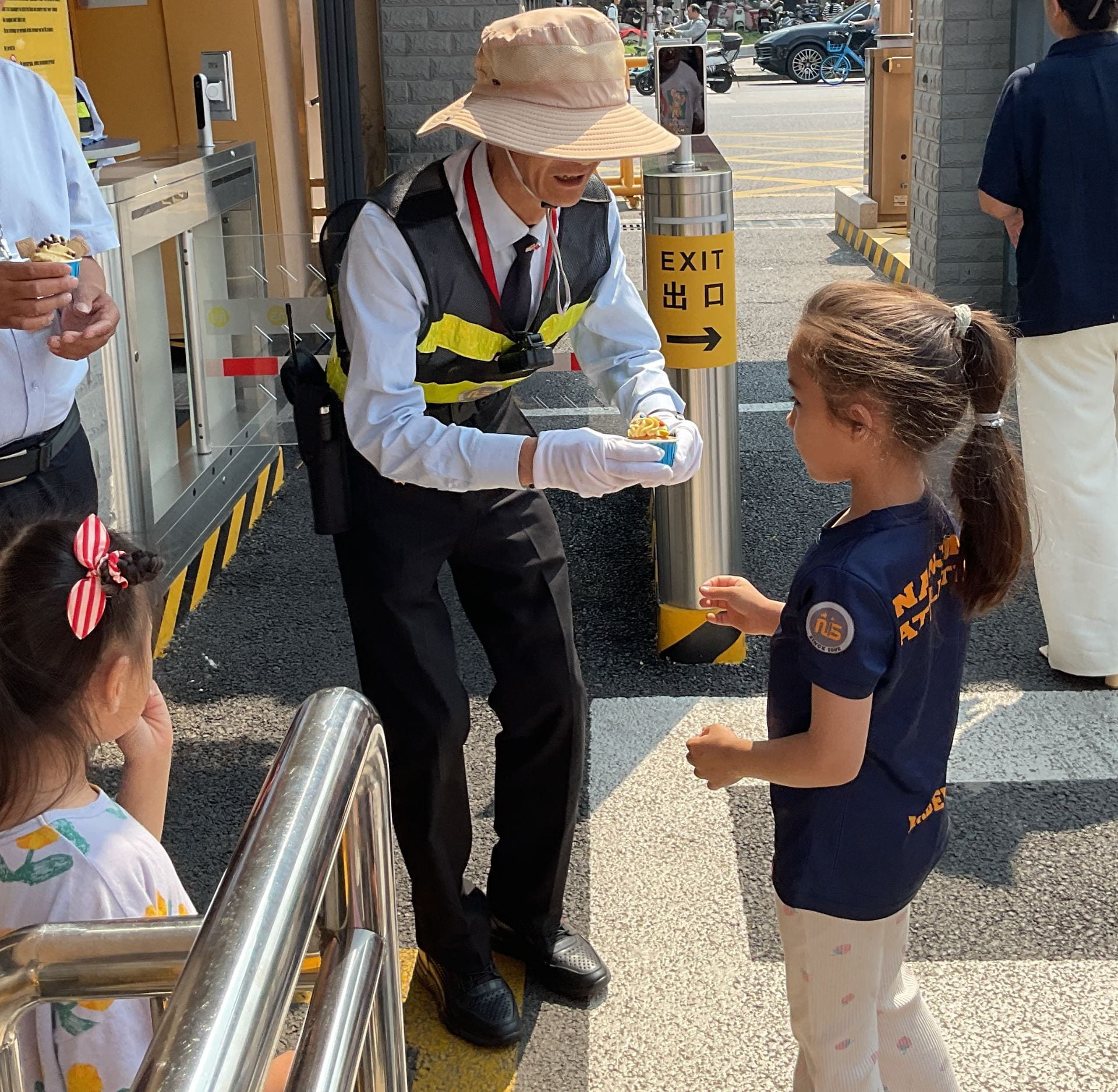

 The children’s dedication to the project helped them learn more about themselves and the connections they share with those around them. This thoughtful gesture helped everyone feel included and appreciated.
The children’s dedication to the project helped them learn more about themselves and the connections they share with those around them. This thoughtful gesture helped everyone feel included and appreciated. 






